Spaghetti squash, like eggs, is one of those foods that gets me so pumped about what food is. It's a squash like any other squash, but then you run your fork through it after baking and BAM! Perfectly formed spaghetti strands. Food can be amazing, and spaghetti squash needs no embellishment, which is why I paired mine with a simple and quick sage and walnut butter sauce. This is a classic sauce...you don't always have to reinvent the wheel in the kitchen. But it pairs so perfectly with the delicate squash, and it's so yummy to boot. Vegetarian or not, this is a fantastic Fall supper.
Ingredients:
1 spaghetti squash, about 2 lbs. (whatever size you use, you just have to adjust the cooking time; if you use a 3 lb. squash or larger, increase the butter to 5 tbsp.)
3/4 tsp. salt
1/2 tsp. coarse ground black pepper
4 tbsp. butter
10-15 fresh sage leaves
1/2 cup shelled walnuts, roughly chopped
1 tbsp. grated parmesan or pecorino cheese
Our 2 lb. squash would serve about 3 entrée sized portions. The 3 lb. (logically) would serve more!
Step 1:
Preheat your oven to 400 degrees with the oven rack in the middle of the oven. Using a sharp knife, carefully halve your squash lengthwise and scoop out the seeds from each half.
Step 2:
Place each half on a rimmed baking sheet, flesh side up. I put parchment down first, like always, so that in case the squash leaks or bubbles, I don't have to clean up a sticky baking sheet, I just have to throw away the parchment. Season each half with a 1/4 tsp. of the salt and pepper, then place 1 tbsp. of the butter and 2 sage leaves in the hollows of each squash half. 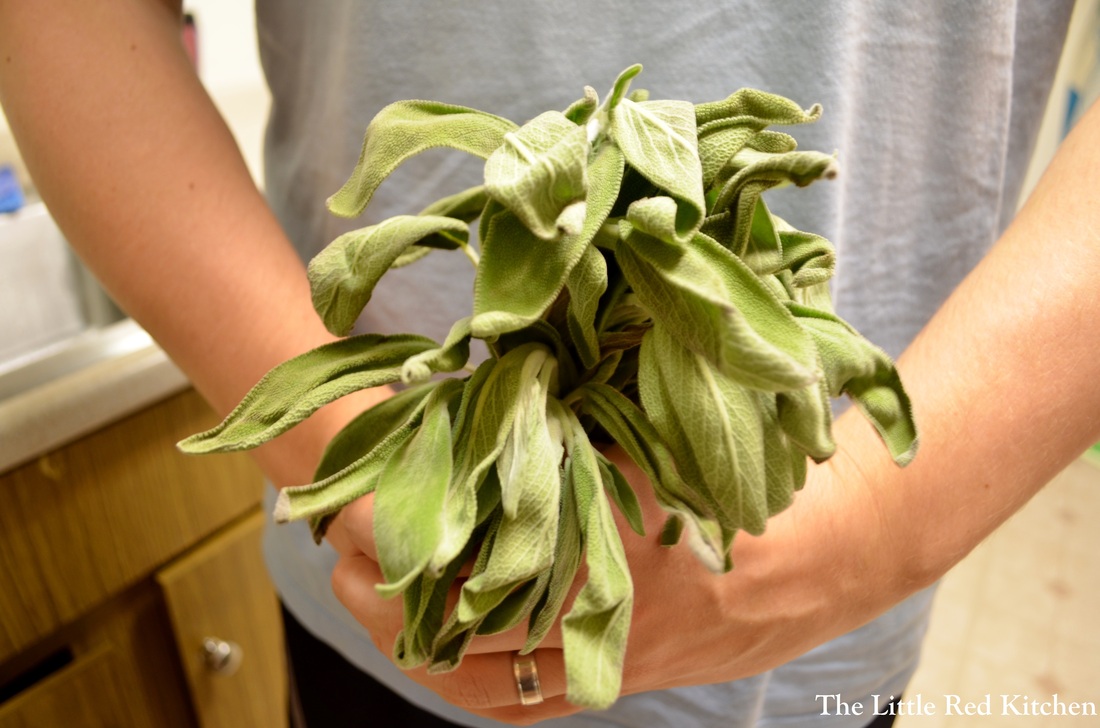 For ME? You shouldn't have <3 Step 3:
Bake the squash on the middle rack until the flesh is just soft, about 40-45 minutes. For a larger squash, this may be closer to an hour. Remove the squash from the oven and let cool until you can work comfortably with it, about 15 minutes. Step 4:
Here comes the fun part. Using a fork, simply run the prongs long-ways across the flesh, and it will form spaghetti strands. Just try to keep that lovely pool of butter in there, tossing it with the squash as you go. The squash is still plenty warm, and the sauce takes a couple minutes to throw together, so just let the squash chill out for a bit.
Step 5:
Heat the remaining butter in a large skillet over medium heat, then add the walnuts and toast for about a minute, letting the butter foam and sizzle. Then add the remaining sage leaves and stir them around for about a minute as well, until they start to crackle in the pan. Done! Add the spaghetti to the pan, toss to combine and warm through for about a minute or two. Add the rest of the salt and pepper if you need to and serve, topping with the grated cheese. Both fresh tasting and comforting, this meal will warm your belly up in the best possible way.
Spaghetti squash is a little too delicate for a hearty marinara, but a fresh chunky tomato salsa would work marvelously, as well as an herbaceous pesto, if you'd rather give those a try. Somebody was obviously playing with their food to begin with if they discovered you could turn squash into noodles. So why not play some more? :)
~Lauren
I'm going to keep this brief, mostly because I'm smack in the middle of midterms for grad school, and also mostly because I wrote up this post around 9:00 this morning and it somehow deleted itself... Anyway, let us rejoice, because it is Thursday, and Thursday is a good friend of Friday. And let us rejoice by checking out an awesome recipe for Spanish Manchego Stuffed Pork Burgers, which I made for my Dinner Party last weekend and which were requested to appear on the blog in recipe form! Ingredients: 2 tbsp. vegetable oil 1/4 cup pimiento-stuffed Spanish olives 4 cloves garlic 1 tbsp. dried oregano 1 tbsp. chili powder 2 tsp. smoked paprika 1 tsp. ground coriander 1 tsp. ground cumin 1/2 tsp. ground allspice 3 tbsp. mayonnaise 1 1/4 lb. coarsely ground pork Kosher salt and freshly ground pepper 1/4 lb. manchego cheese, shredded on the large holes of a box grater or in a food processor 4 large soft hamburger rolls, split This recipe makes 4 burgers. It comes from an old issue of Food Network Magazine. Which reminds me of another tip for entertaining; having guests over is not the time to experiment with weird foods, techniques, ingredients, etc. Stick to what you know! Your friends and family wouldn't judge you if you messed up dinner, but why even risk it when you can make something you already know will turn out wonderfully? This doesn't mean, be boring. It just means to calculate your cooking risks! Step 1: Combine the vegetable oil, garlic, olives, and all the spices (not including salt and pepper) in a food processor or mini food processor and process until smooth. Scrape into a large bowl and stir in 2 tbsp. of the mayonnaise. Step 2: Add the pork to the mixture along with salt and pepper (about 1/2 tsp. of each) and use your hands to gently combine. You want to make sure everything is evenly distributed, but try your best not to compact the meat or overwork it. Step 3: Now you have to make the patties and stuff them with the cheese. This is the best way I've found to do it. Divide the pork evenly into 4 sections. Then take one section and divide that in half. Shape one half into a burger patty, about 1/4 inch thick, then sprinkle 1/4 of the cheese on top, pressing it into the meat ever so slightly. Then, take the other half of the pork, form a similarly sized patty, and sandwich it on top of the cheese-topped patty, pinching and folding the edges shut as you go. None of the cheese escaped and burned when I used this method! Step 4: This recipe called for grilling the burgers, but that's not my M.O. so I seared them on the stove, which, to be honest, is the way I prefer my burgers. But if you want to grill these bad boys, feel free! After you have formed your 4 patties using the method in step 3, preheat a 12 inch nonstick skillet over medium-high heat for a couple minutes. Place the burgers in and cook for 5-6 minutes. Don't press on them or do anything to them! Just let them brown. Then flip and cook for another 5 minutes and remove to a plate. If you are not using a nonstick pan, brush each side of the burgers with a little vegetable oil to prevent sticking. I have also used my retro flat-top electric griddle to grill multiple burgers at once, and this works beautifully. Step 5: Almost there! Crank the heat to high on the pan and brush the remaining tbsp. mayo on the inside of the buns and place them in the pan, mayo side down, for just about a minute, so they get slightly browned and toasty. Top with the burgers and add whatever condiments you want though I promise you, these delicious things need no embellishment. Like I said in my post, since the forming and stuffing of the burgers can be finicky, I did that an hour in advance of my friends coming over, put them on a sheet tray covered with plastic wrap and left them in the fridge till I needed them. Easy! Disclaimer, burgers are literally my favorite food in the world, and I can be picky about them. I actually don't like fancy burgers; the simpler, the better, but these are the one exception to the rule. I can't get enough of that robust spice blend, the moist meat, and the amazing manchego inside, which just happens to be one of the best cheeses ever. The next time you are reaching for the ground 80/20 for burger night, consider giving these a try! ~Lauren
Talk about some comfort food!
Okay, so comfort food is something we all crave when the weather turns. I don't know if it's from childhood memories or it's more primal than that, but something in our bellies wants stick-to-your-ribs goodness this time of year. Unfortunately, that goodness comes at the price of pants buttons popping and food-induced comas. So I wondered to myself, does comfort food have to give us that feeling that we never want to even look at food again?
That being said, I decided to tackle the classic Southern American dish, chicken and dumplings, and make it a little less heavy. By creating a broth-based soup, instead of a thick gravy, and by adding tons of veggies and fresh herbs, I think I may have done just that!
Ingredients:
Stew:
2 large chicken breasts, trimmed of excess fat
kosher salt and pepper
2 tbsp. olive oil
1-1.5 cups chopped yellow onion (1 medium onion)
2 garlic cloves, minced
1 sprig of fresh thyme (substitute 1/2 tsp. dried thyme if you need to)
2 cups of carrots, chopped into roughly 1/2-inch pieces (believe it or not I only had baby carrots on hand so I simply cut them in half!)
1 cup of celery, stalks chopped 1/4-inch thick
1/4 cup flour
6 cups chicken stock (I don't need to tell you that homemade is better. I happened to have some in my freezer, but 90% of the time I don't, so low sodium chicken stock is A-Okay)
1 cup water
3 tbsp. chopped fresh dill, divided in half (use 1.5 tbsp. if substituting dried dill)
4 tbsp. chopped fresh parsley, divided in half (dried parsley is like rabbit food. do NOT substitute.)
Herbed dumplings:
2 cups all-purpose flour
1/2 tsp. kosher salt
1/8 tsp. ground black pepper
1 tbsp. baking powder
1/2 cup heavy cream
1/2 cup buttermilk (You may use a whole cup of heavy cream if you wish, and omit the buttermilk)
2 tbsp. butter
*I forgot to count as I was making them, but I think the dumpling batter makes about 20 dumplings, if not more. This dish will definitely serve up to 6 people.
Step 1:
Pre-heat oven to 375 degrees. Season both sides of the chicken breasts with kosher salt and pepper and place on a rimmed baking sheet (I almost always use parchment paper because it makes clean-up a breeze.) Bake on the middle rack in the oven for 20-25 minutes, or until the chicken's internal temperature registers 160 degrees. Allow to cool, then using 2 forks, break the chicken up into large shreds. You should get 3-4 cups worth. Cover and set aside. A small note, I prepped almost everything in advance and just left it in the fridge for the afternoon. Come dinner time I just had to assemble the soup and make the dumplings, which made things so easy! Step 2:
Pour the olive oil in a Dutch oven or heavy-bottomed large pot and turn on to medium-low heat. Add onion, 1/2 tsp, of kosher salt and 1/4 tsp. of black pepper. Cook until the onions are softened and slightly translucent, 5-7 minutes. (Keep the heat on medium-low, we're not looking to brown!)
Step 3:
Add the minced garlic and thyme and cook for 30 seconds, until fragrant. Then add the carrots and celery. Stir to combine. Cover and cook for about 10 minutes, until the carrots have softened slightly and the celery is turning translucent, stirring halfway through.
Step 4:
While the carrots and celery are cooking, it's a good time to form the dumpling dough, which doesn't take long at all. Combine the flour, salt and pepper, and baking powder in a medium-sized bowl and stir to combine. In a small saucepan, combine the heavy cream, buttermilk, butter, and half of the total dill and parsley. When it just comes to a simmer, pour it onto the flour mixture and stir just enough so that the dough comes together. I had to add a couple extra tablespoons of buttermilk, which is sometimes necessary. Just try your best not to overwork the dough. Step 5:
When the 10 minutes are up on the veggies, add the 1/4 cup of flour and bring to medium heat, stirring the flour in until it looks gummy and weird, about a minute. Step 6:
Pour the chicken stock and water into the pot and bring to a boil. Once the stew reaches a boil, lower it to a simmer (medium-low), fish out the thyme sprigs and start forming the dumplings and dropping them into the pot. Just grab a couple tbsp. at a time, and roll them into loose dumplings, about 1.5 to 2-inches big. Once they are all in there, place the lid on the pot and simmer gently for 25 minutes. I had a boil over. So when I say gently, I mean it. In fact, if your stew is even close to the top of the pot, leave the lid slightly off and check on it often!
After 25 minutes, turn the heat off and take the pot off the burner. Gently stir the chicken and the remaining fresh herbs into the stew and allow to sit for 5-10 minutes. Then serve! This stew has a fantastic consistency! It's thicker than a chicken noodle, but not as heavy as a dumpling gravy. And the fresh herbs are such a welcome addition to the whole dish! I particularly love the buttery, dill-y dumplings, which are just the right size that you can eat 3 or 4...or 5, or 6...and not hate yourself for the next 2 hours. The next time you are hankering for some home-cooked comfort, consider tucking in to a steaming bowl of this. :)
~Lauren
My husband and I recently spent a long weekend in Quebec, and of course a lot of their food is French-inspired. We didn't have a meal that wasn't completely delicious while we were there (but that's a different blog post!) and as soon as we returned home I was hankering to bring French cuisine into my kitchen. Which brings me to the French bacon and onion tart. The savory, mouth-watering, transcendant, tart... This dish is honestly one of the best I've cooked in a while. It is absolutely fantastic, and while it does take a little time, you will be HIGHLY rewarded for your efforts! This recipe is brought to you, via me, via America's Test Kitchen. Ingredients:
Tart Shell: 1 1/4 cups all-purpose flour (6 1/4 ounces for those of you weighing) 1 tbsp. sugar 1/2 tsp. salt 8 tbsp. (1 stick) unsalted butter, cut into 1/2-inch cubes and kept well chilled 2-3 tbsp. ice water Filling: 4 slices of bacon, sliced long ways and then cut into 1/4-inch pieces 1.5 lbs. yellow onions, halved and cut into 1/4-inch slices *See photos below 1 sprig fresh thyme 3/4 tsp. salt 2 large eggs 1/2 cup of half and half 1/4 tsp. ground black pepper You need a 9 or 10-inch tinned-steel tart pan with a removable bottom, like the one shown below. It needs to be sprayed with nonstick cooking spray. This may seem like a silly piece of hardware to have, but think of all the tarts (savory AND dessert) you can make with it! I got mine from Williams-Sonoma for $12, and it's beautiful, and made by a French company that's been in the bakeware business since the 1800s! It's the perfect tart pan, but the bottom line is, you need a tart pan. Step 1--Create the tart shell: For the tart shell, place the flour, salt, and sugar into your food processor fitted with the steel blade and pulse just a few times to combine. Then place the butter pieces on top and process until the mixture resembles course sand, about 15 1-second pulses. Pour in 2 tbsp. of ice water and process until the dough starts to come together into clumps and there is no dry flour left in the bowl. If this hasn't happened after about 5-10 seconds, add the other tbsp. of water. Dump this mixture into your greased tart shell, breaking it up into large, walnut-sized pieces. then begin patting them out in the pan, working from the center out. This dough is really easy to work with, just take your time. Once you've reached the edge of the pan, use the heel of your hand to start smoothing out the surface, and pushing the dough up the edges of the pan, into the fluted walls. As you can see in the above picture, you'll have some places where the dough sticks up over the top. Use your thumb or fingers to level it off, then use that extra dough to patch up any spots that seem thin.
Like I said, this is easy, but it takes patience. And actually, this was my first time ever fitting a pressed dough into a tart shell, so if I can do it, you definitely can. :) Cover the tart shell with plastic wrap, put it on a plate, and place in the freezer for 30 minutes.
Step 2--Prep:
While the tart shell is hanging out in there is a good time to prep the bacon and onions. You want to make sure you cut the onions across the sliced ends like this: NOT pole to pole, like this: Step 3--Pre-bake the tart shell:
After you have finished prepping, pre-heat the oven to 375 degrees, with the oven rack in the middle of the oven. When the tart shell's 30 minutes are up in the freezer, take it out, remove the plastic wrap, and place it on a baking sheet. Spray a large piece of aluminum foil with cooking spray and fit it onto the tart shell. Fill the shell with pie weights.
Oh, you don't have pie weights? Me either! Instead, I used a mini cast-iron skillet inside a cake pan. Use whatever you have that is oven safe and will weigh between 2 and 3 pounds. Bake for about 30 minutes; the shell should have started to brown slightly, and the bottom should no longer look wet. Remove the foil and weight that you used and continue to bake for 5-10 minutes until nicely browned all over. Then just set on a wire rack and let it wait for that wonderful filling!
Step 4--the filling:
While the tart shell is in the oven, place the bacon in a 12-inch nonstick sauté pan and cook over medium heat for 8-10 minutes, until browned and the fat has rendered. Drain the bacon through a mesh strainer, catching the fat in a small bowl. Put 2 tbsp. of said fat back into the pan and add the onions, salt, and thyme sprig. Cover with a lid and cook over medium heat for 10 minutes until the onions have released some of their liquid, wilted, and started to brown. Turn the heat down to low, replace the lid, and cook for 15 minutes; the onions should get really brown and caramelized, aka vegetable candy. Remove the lid and continue to cook for another 5 minutes, so any excess liquid can cook off. Remove the thyme sprig and let sit off the heat for 5 minutes. Now, you are almost there! While the onions are cooling down, in a large bowl combine the eggs, half and half, and pepper. Then dump the onions in and stir to combine, and pour into the tart shell. Sprinkle the bacon on top. Look how good that looks, and it's still raw!
Bake for 20-25 minutes, until the center of the tart is firmly set. Cool on a wire rack for 10 minutes. When ready to serve, remove the tart pan ring...there is no easy or masterful way to do this, just get it off there! Then I placed the whole tart on a cutting board and used a spatula to slide it off the bottom of the tart pan. Cut into wedges and serve! Sure, this recipe takes a long time to make. But the good news is, there is never more than 1 active thing going on; while the tart is freezing or baking, you are working on prepping and cooking the filling. And just look at that beauty. This tart is much lighter than a traditional quiche, which can use anywhere from 6-12 eggs, and almost always uses heavy cream. The bulk of the filling here is those creamy, caramelized onions; so mild, so sweet, and so perfectly contrasted with the crunchy, salty bacon. The shell turned out outstanding, and remember, it was my first time making one too! Moist but not soggy, crumbly but not dry, and that edge has THE perfect crunch! This tart is somehow both elegant and completely satisfying. Serve it up with a salad for brunch, lunch, or dinner, and you will have nothing but happy diners on your hands.
~Lauren
This is an easy, filling recipe that has been a go-to for Jay and myself for the past few years. It's also a great meatless meal or side, depending on what you need!
I'm not feeling super great today, so instead of rambling on, I'm going to go ahead and jump right into the recipe. Enjoy!
Ingredients
1 large yellow onion, diced
2-3 garlic cloves, minced
1 tbsp extra virgin olive oil
1 can Hunt's tomato sauce
1 can chickpeas, drained and rinsed well
1 large bunch swiss chard
2 tsp yellow curry powder
1 tsp cilantro
1 tsp cumin
salt and pepper to taste
Step 1. Warm a medium pot or large sauce sauce pan over medium-high eat, then toss in the garlic and onions. Saute until the garlic is fragrant and the onions are translucent. Step 2: While the onions and garlic saute, dice and blanch your swiss chard by dropping the greens into boiling water for 2 minutes, then cooling immediately (either in ice water, or by running under very cold tap). This will soften the chard and remove some of the bitterness without eliminating all of the awesome vitamins it carries. Step 3: Once the onions are ready, toss in the chickpeas and the spices, stirring to combine. Saute for a few minutes to allow the flavors to marry. Step 4: Then, add in the tomato sauce and (drained) swiss chard, again stirring to combine. Saute for 10-15 minutes, taking care to keep the heat low enough that the tomato sauce doesn't splatter everywhere. This will allow the flavors to blend, and the swiss chard to soften further. Cooking this dish uncovered also means that the tomato sauce reduces, and you end up with a stew-like consistency in the end. Yum!! Enjoy!
- Kaitlin
This is one of those recipes that, no matter how many times I make it, I never get sick of. Inevitably, pictures of the perfectly roasted bird end up on my Facebook pages and Instagram. I am not ashamed. Originally, I was inspired by Nom Nom Paleo's " Easiest Roast Chicken Ever*", which (if you have access to a Trader Joe's) means an amazing roast chicken dinner on the table in about an hour. Since I didn't and still don't have access to Trader Joe's (and their amazing pre-brined chickens), I had to make do on my own for the chicken-prep part. (*If you do have access to a Trader Joe's, hop on over to the site linked above. You are in for a quality recipe and some beautiful pictures.) One glance at the available recipes online (ahem, Paula Deen), and it was enough for me to steer clear of any pre-made recipe (although I'm sure there are other great ones out there). I wanted the brine to be strong enough to work in 30 minutes, but not enough that the salt or pickling spices would overpower the chicken. Keep reading to find out how I solved that problem! Ingredients 1 4-5lb chicken 1/3 (rounded) cup sea salt, or more, if you're a salt lover 1-2tbsp garlic powder 2 tbsp pickling spices 2-3 bay leaves 8 cups water 4-5 cups of tough/root vegetables of your choice (leeks, carrots, onions, potatoes), roughly chopped 2-4tbsp butter, softened First, prepare your brine. Throw all of the brine ingredients (sea salt through water, above) into a large stock pot (it will need to hold the water and your chicken), and stir well to combine. The salt will begin to dissolve as you prep the chicken. Some folks like to simmer the brine first, to ensure that all of the salt has dissolved, but I've done it both ways and never had an issue with either one. Next, you're going to need to know how to butterfly the bird. This ensures that it will cook quickly and evenly (that, plus the brine, means fully cooked white and dark meat that's still super tender). To begin, pat your bird dry ( health/microbiology note: Don't rinse first! You're significantly increasing the spread of surface bacteria around your kitchen, even if you don't see the water splash. Here's a great NPR article on this, thanks to my friend Chad.) Step 1. Lay your (now dry) bird on a cutting board (or other easy-to-clean surface, since chickens carry Salmonella spp.), breast side down. Locate the tail-- the backbone runs along the top of the chicken, starting at this point. We'll be cutting out the backbone, so the chicken will lay flat. Step 2: Take a strong, sharp pair of kitchen shears and use them to cut from the tail end (I find this the easiest way, but whichever works for you) along the backbone, all the way through. Like so:
Also: BE CAREFUL! Chicken bones are sharp and obviously this guy contains bacteria, so be sure not to cut yourself. If you do, wash your hands really well with some antibacterial soap. Probably twice.
Then, repeat on the other side. Feel free to turn the chicken around to cut from the other direction, if that's easier for you (we almost always do). Once the backbone has been removed (great to save for stocks or soups, if you're into that kind of thing), the chicken should open partway, almost like a book. Step 3: Now, we want to cut the cartilage near the neck area, so the chicken will open up all of the way and lay flat. Part of what is keeping the shape of the bird is a structure called the keel bone (which, unsurprisingly, looks like the keel of a boat). Locate the keel bone, and take a sharp knife... ...which you will use to cut the top ~1 inch of cartilage, starting at the neck region. This will separate the breast meat and allow the chicken to lay flat. Step 4. Use your hands to open the chicken like a book. You may have to use a little force, as we're going to separate the cartilage in this step. Optional step: Using a sharp paring knife, carefully remove the keel bone. Some folks like to do this, and I definitely do (unless I'm feeling lazy)! This won't affect the cooking time or flavor of the chicken, but this is what you'd normally cut the breast meat off of. Without the keel bone, there are no bones keeping you from white meat bliss after this baby is done cooking! Step 5. Put your chicken in the brine at room temperature for 30-45 minutes. Step 6. While your bird is brining, preheat your oven to 425 degrees F. Then, prep and roughly chop your favorite root vegetables, and throw them into a baking pan (that will also fit your chicken). If you're feeling especially decadent, add some pats of butter to the top of the veggies (or toss with your favorite cooking oil). Kerrygold is arguably the best butter, ever. Step 7. Once the chicken has finished brining, remove it from the brine and rinse. (I know, I know... I just told you not to rinse. However, it's pretty terrible biting down on a fresh peppercorn or other pickling spice while you're trying to eat roasted chicken, so we need to do this to remove the brine 'debris'. Just be sure to clean your sink and surrounding area really well afterwards.)
Pat the bird dry, and rub down with a generous coat of softened butter or your favorite cooking oil (both sides). Step 8. Place the chicken breast-side down on the tray of vegetables, and make sure it fits within the tray. Step 9. I like to roast butterflied chicken as follows:
45 minutes, breast side down
15 minutes, breast side up (It's helpful to use tongs for the flipping step.)
broil, 2-5 minutes, breast side up
...What you end up with is tender, juicy chicken, with a crunchy, golden skin on top...
Like this! Step 10. Tent the chicken in tinfoil for 15-20 minutes. Step 11. Then serve up alongside the vegetables you just roasted under the chicken! Delicious. Here's what my dinner plate looked like: Enjoy, and thanks for reading!
- Kaitlin
I have a wonderful friend who is a vegetarian, and she lives in New York, where my husband and I try to make several trips a year to visit. For my birthday this summer she got me a book full of recipes from beloved NYC restaurants, and I wanted to cook up a vegetarian entrée from it and use it on the blog in her honor, but the pasta I liked the most had prosciutto in it. Now, I happen to love this tasty little cured ham, but I knew that would not fly for a veggie-only eater, so I figured I could just remove the meat and we'd be good to go...except that left literally just the pasta and the cheese sauce, which would make for a heavy, coma-inducing meal.
The prosciutto, besides being awesome, does the important job of cutting through all that dairy with a salty bite, so I knew it was a simple question of adding in ingredients that would do that same job, but instead of the pig, I'd turn to veggies instead for the task!
Ingredients:
1 lb. ziti or penne dried pasta
2 tbsp. extra virgin olive oil
1 tbsp. butter and 1 tsp. butter, separated
1/4 tsp. red pepper flakes
1 medium shallot, minced
2 medium cloves of garlic, minced
8 oz. baby portabella mushrooms, sliced 1/4 inch thick (you can buy them pre-sliced)
2-3 tbsp. capers, drained and rinsed
1 cup half and half
1 28-oz. can petit diced tomatoes, drained of their juices
1/4 tsp. black pepper
salt
9 oz grated parmesan cheese, or 3 cups
*This dish will serve 6 people.
Step 1:
Fill a large stockpot with water, bring to a boil, throw in a hefty amount of salt, and cook the pasta, until it is about 1 minute underdone. At this point, drain the pasta then add it back to the pot along with the tomatoes, and stir to combine. Keep warm, allowing the pasta to soak up any excess tomato juices.
Meanwhile, while the pasta is cooking, heat the extra virgin olive oil and tsp. of butter over medium heat in a 12-inch nonstick sauté pan. (The cheese sauce will be formed in this pan later. If you don't want a scorched mess on your hands, it has to be nonstick!) Add the shallot, garlic, red pepper flakes, and a pinch of salt and sauté for about 1 minute.
Step 2:
Add the mushrooms, another pinch of salt, and cook for 6-8 minutes, until the mushrooms have browned and released their liquid. They should go from looking like this: To looking like this! Step 3:
Add the capers and cook for about 30 seconds. Then add the tbsp. of butter, the half and half, and 2 cups of the parmesan cheese, along with the black pepper. Turn the heat to medium-high and simmer for 2 minutes until all the cheese has incorporated into the sauce and it has thickened ever so slightly. It is also somewhere around this step that you want to pre-heat your broiler. Step 4:
Add the pasta and tomatoes to the skillet and toss (carefully) to combine. Transfer to a 9x13 baking dish and sprinkle with the remaining cup of parmesan cheese. Step 5:
Place under the broiler for 4-5 minutes until the top is nice and brown. Serve immediately!
*Note, while I have never had a problem using a glass pyrex dish under the broiler for a couple minutes, I cannot advocate this action, as pyrex is technically not broiler-safe. Like I said, I've never had a problem, but there are documented cases of pyrex literally breaking, cracking, or exploding, because of exposure to intense broiler heat. Don't be a daredevil, and use a broiler-safe casserole dish if you have one! If you noted the use of capers, red pepper flakes, tomatoes, and mushrooms, and nodded your head knowingly, then you are a genius! These ingredients, whether for their saltiness, spiciness, acidity, or "meatiness", cut through the sauce and keep it from being too heavy. This is a very strong parmesan sauce, almost like an Italian mac and cheese. Serve it up with a glass of wine and a simple salad, and even somebody like me will never miss the prosciutto!
~Lauren
Ah the chicken breast. One of the greatest gifts to weeknight dinners, and also one of the worst. There are literally thousands of chicken breast recipes in existence, but a lot of them are really bland or boring. Yet since this staple is healthy, easy to prepare, and usually relatively inexpensive, I'm always trying to think of ways to keep it interesting in the kitchen.
Those ways usually involve flour dredges and wine reductions and pan sauces, but sometimes that is too much work and too much of a mess, especially when it's Wednesday night at 6:30 and we haven't eaten yet. Luckily, I stumbled into this great and easy recipe for Maple Dijon Chicken that takes about 20 minutes from start to finish to prepare, not to mention the fact of how yummy it is. And paired with a DELICIOUS, no frills, perfectly baked sweet potato (**Which does take 50 minutes to bake, hence the asterisk in the title of this post), this is an awesome quick and easy Autumn Supper!
Ingredients:
Chicken:
4 boneless skinless chicken breasts, trimmed of excess fat
1/4 cup maple syrup
1/4 cup Dijon mustard
2 tbsp. olive oil
salt
pepper
Sweet potatoes:
4 medium sweet potatoes
olive oil
1 tsp. salt
(Our readers are smart, so we know you deduced from the ingredients list that this meal serves 4 people.)
Step 1:
Preheat your oven to 400 degrees. Scrub the sweet potatoes to remove surface dirt and prick all over with a fork. Throw into a large bowl with a couple tablespoons of olive oil and toss to coat, then sprinkle with the salt. Place on an oven rack in the middle of the oven and bake for 50 minutes.
The science: Coating the potato with olive oil helps to regulate the temperature inside while it is cooking, and keeps it from drying out. The salt on the skin is mostly for if you are eating the skin (which you should, it's really good for you!) The olive oil might drip and cause smoke in the oven, so I put an 8x8 pan on the bottom rack with a little water in it to catch drippings. Step 2:
About 20 minutes before the sweet potatoes' cooking time is up, prep the sauce for the chicken by mixing the Dijon mustard, maple syrup, 1/2 tsp. salt and 1/4 tsp. pepper in a small bowl. Set aside. Step 3:
Blot the chicken breasts with paper towels to remove excess moisture and sprinkle on both sides with salt and pepper. Heat the olive oil in a 12-inch nonstick skillet over medium high heat and place the chicken breasts in the pan. Saute for about 6 minutes on one side, then flip. At this point, you can start brushing the sauce onto the cooked side of the breasts. Note, if you don't have a nonstick skillet, that's fine, but SKIP this 'basting' step. The sugars in the maple syrup will burn, burn, burn, and you may not burn down your kitchen but with all the smoke, your family/roommates will think you are trying to. Step 4: After another 6 minutes on the other side, just continue to flip and baste the chicken breasts until they are done, and by done I mean, register 160 degrees. (I use this thermometer. At only 15 bucks, it takes the guess work out of knowing if your food is cooked, and can save you from tough, dry meat!)
Step 5:
Transfer the chicken to a plate, pour the rest of the sauce on it and cover with aluminum foil and let rest for 5 minutes before serving. It's around this time that you can probably pull the sweet potatoes out of the oven and let them cool off a bit too! I don't know about you but I get cranky when I'm served sweet potatoes that are 'candied' or covered in marshmallows. If you let this potato stand on its own, you will be amazed. Baking and serving with a little olive oil, salt, and pepper is absolutely my favorite technique. The flavor and texture of a sweet potato cooked this way is transcendental! And it pairs wonderfully with the maple Dijon chicken.
P.S. Much like eating the skin, it is a good idea to serve the sweet potato with a little olive oil. The presence of a healthy fat actually helps to distribute some of those nutrients to your body!
Enjoy!
~Lauren
You know what they say about invention being the product of necessity? Well, I had a pound of ground beef, and some sorry-looking vegetables that were on their way out the door. Something told me that a meatloaf was in order!
Meatloaf can be wonderful, homey, comfort food that you just dig into and feel satisfied beyond words after eating.
Or, it can be dry, bland (or overly seasoned), chewy, tough, and about a dozen other unappealing adjectives. I tried to solve all of these issues with my recipe and I think I did a pretty good job! You will have to make it to see for yourself.
Ingredients:
Meatloaf:
1 lb ground beef (80/20 is preferable, but definitely no leaner than 85/15)
1 large carrot, diced fine
1 large rib of celery, diced fine
1 medium onion, diced, you guessed it, fine (Yellow or red is fine)
1 clove of garlic, minced
1 tsp dried thyme
1 piece of white sandwich bread, crusts removed
1/4 cup milk
1 large egg
1 tbsp. Worcestershire sauce
1 tsp Dijon mustard
1 tsp tomato paste
1/2 cup panko breadcrumbs
1 tsp oil
1 tsp butter
salt and papper
Glaze:
1/4 cup plus 2 tbsp. ketchup
1.5 tbsp. cider vinegar
1/4 tsp salt
1 tbsp. brown sugar
pinch of cayenne pepper
**I know these ingredient lists look long, but if you actually take a look at what's on them, it's almost all things that you have on hand already.
Because I know the importance and value of leftover meatloaf, I will tell you that this recipe makes enough for 2 with leftovers, or enough for 3 or 4 without. It's a little guy; hence, the little red meatloaf! I'd wager that you could easily double this recipe, but you may have to adjust your cooking times.
Step 1:
Pre-heat the oven to 350 degrees. Line a rimmed baking sheet with parchment paper.
Melt the butter and oil together over medium-low heat, then sauté the carrot, onion, and celery with a tsp of salt for 6-7 seven minutes, until they are softened and translucent. We're not looking to brown here.
Then add the garlic and thyme and cook for 30 seconds, until fragrant. Remove from the heat and set aside. Step 2:
Put the piece of bread in a large bowl and pour the milk over it. Mash this up with a spoon or fork. Looks gross and unnecessary, doesn't it? Well, this mixture is called a panade, and as that milk-soaked bread distributes throughout the meatloaf, it's going to ensure that it stays moist. It's just as effective in meatballs too!
To this bowl, add the egg, Worcestershire, tomato paste, Dijon mustard, 1/2 tsp salt and 1/2 tsp pepper. Stir to combine.
Step 3:
Add the vegetables from the pan to the bowl, followed by the ground beef and the breadcrumbs. This is where you want to mix the meatloaf together, preferably with your hands. It's pretty critical that you are gentle in this process. Don't compact the meat or overwork it; this is what produces that tough, chewy loaf in the end product. Instead you want to use your fingers to mix until everything is just combined.
Step 4:
Turn the mixture out onto the parchment, and shape into a loaf. This is where the parchment comes in handy. Bring the sides of the parchment up and use them to gently press the meat into the shape you want. Bake for 20 minutes at 350, then turn the oven up to 400 degrees and cook for an additional 15 minutes, or until the meat registers about 140 degrees, if you have an instaread thermometer (which I recommend having in your kitchen!). Step 5:
While the meat is cooking, you want to prepare the glaze, which is super easy. Simply add all of the glaze ingredients into a small saucepan and whisk to combine. Bring to a simmer, then reduce the heat to medium-low and simmer for 10 minutes, until the mixture has darkened, and thickened. A good trick is to hold the pan upright, and if the glaze doesn't slide down the bottom but clings to it, you are there. Step 6:
Just set the glaze aside, and once the meatloaf has cooked for those initial increments at 350 and 400, pull it out and paint the top and sides of the meatloaf with the glaze. Then crank the broiler on and bake for about 3 minutes, until the glaze has darkened even more and formed a tantalizingly sticky exterior.
Pull the meatloaf out and let it rest for 5 to 10 minutes before digging in! This meatloaf has great beefy flavor, with subtle kicks of the Dijon, Worcestershire, garlic, and veggies in the background. The glaze adds a great tangy, sweet contrast, and actually if you don't feel like making it yourself, substitute your favorite barbeque sauce. Or even just ketchup and brown sugar would work fine. Just serve it up with mashed potatoes and a nice glass of wine, and I don't think comfort food gets more comforting than that.
~Lauren
In the early years of my culinary life, I wasn't really one for slow-cookers, and in the early years of my whole life, the same could be said of pork. Pork is dry, pork is flavorless, and pork chops are a poor man's steak. Right?
Wrong!
Believe it or not, pork is a unique meat that needs to be treated and cooked very differently than chicken or beef. And when you get it right, oh how the magic does happen. Magic like my slow cooker pork au jus. Here's what you need.
Ingredients:
3-4 lb boneless pork shoulder/butt (yes, in the pig world, shoulders and butts are interchangeable)
4 cloves of garlic, crushed
1/2 cup chicken stock
1/4 cup white wine, something dry, and something that tastes good on its own (I used a California Sauvignon Blanc)
2-3 sprigs of fresh thyme
1.5 tbsp. vegetable oil
Spice Rub:
1 tbsp. sweet paprika
1 tbsp. Old Bay seasoning
1/2 tbsp. onion powder
1/2 tbsp. garlic powder
1 tbsp. kosher salt
1/2 tbsp. black pepper
I got the idea for this spice rub from a magazine article and I was completely intrigued with the concept of using Old Bay on pork. Who ever heard of such a thing?? And after playing around with ratios, I think I found an amazing rub. Even better, the ratios stay the same, so if you want to use it to smother, say, a bone-in rib chop, just halve the amounts and go right ahead!
Step 1:
Trim the pork roast of excess fat. By excess, I mean any fat that exceeds 1/4 inch thickness or is tough/sinewy. In this application though, fat is GOOD. Fat = flavor, and fat protects the meat during those long hours in the cooker, so don't go overboard.
Beautiful.
Step 2:
Apply the spice rub liberally to all surfaces of the meat, massaging it in as you go. Step 3:
I know this step is going to be controversial for a slow cooker recipe, but you'll just have to hear me out and trust me; and, trust the science!
Heat the vegetable oil in a large skillet or Dutch oven over medium high-high heat, until it's shimmering and very hot. Then brown the pork roast on both sides, for a total of 4-5 minutes, and transfer it to your slow cooker.
I know what you are thinking: I thought this was a slow cooker recipe? Set it and forget it and whatnot! Well, it is, and after this step, this becomes a hands-off recipe. But the thing is, there are certain flavor compounds in spices that are only unlocked by fat, in this case oil, and that oil needs to be HOT in order to 'bloom' those spices. It is worth this extra 5 minute step and a dirty pan to get that extra flavor out of your rub! Just look at the amazing crust you will develop on your pork. Like fat, that dark color = flavor!
Step 4:
That pork left behind some yummy brown bits, or fond, in the bottom of the pan, and you will want them for the au jus! So at this point, deglaze that sucker with the wine and 1/4 cup of the chicken stock, scraping up the crust on the bottom as you go. Bring to a gentle simmer and add the remaining 1/4 cup of chicken stock, the garlic, and the thyme. Then dump the whole mixture into the slow cooker with the pork, and that's it! Cook the pork on low for 8-9 hours. You will know when it's ready; when you poke it with a fork or tongs, it will literally be falling apart. At this point transfer the roast to a large bowl and let sit for 10 minutes, then break up the meat into large shreds with 2 forks. It is so juicy and tender at this point, it's unreal. Fish the thyme sprigs out of the cooker and toss them, and mash up the garlic cloves into the liquid. If you want to try to skim the fat off of the jus right away you can, but it's easiest once the jus has cooled down, so I just waited until the next day to do that. And speaking of the jus, you should have around 2 cups of this insanely flavorful liquid, just waiting for a pork sandwich to be dunked into it.
I used a 3.75 lb roast and it made enough pork for 10-12 sandwiches on small hamburger buns, which was all we had, though this really is preferable on a large Kaiser roll or a long roll, like French dip sandwiches get served in. On larger buns you will probably get around 8 sandwiches!
If you're like me and you've had a strong aversion to pork, I hope you will give the other white meat a chance!
Happy cooking,
Lauren
|


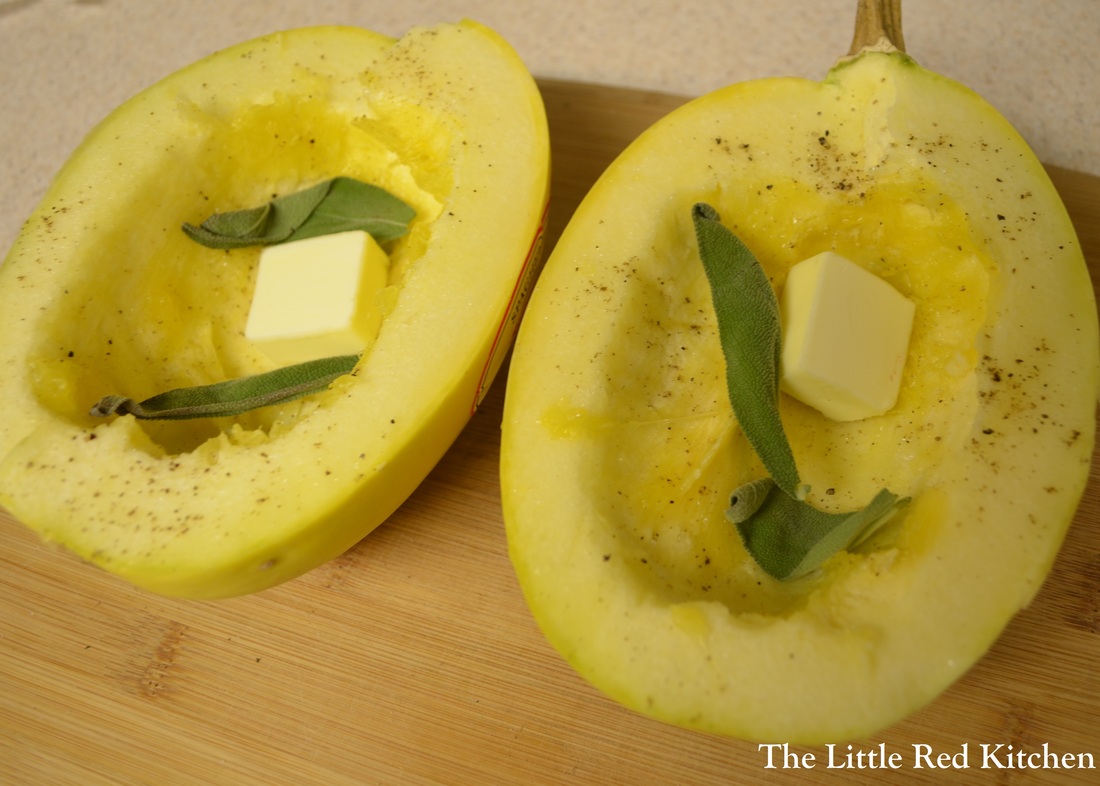
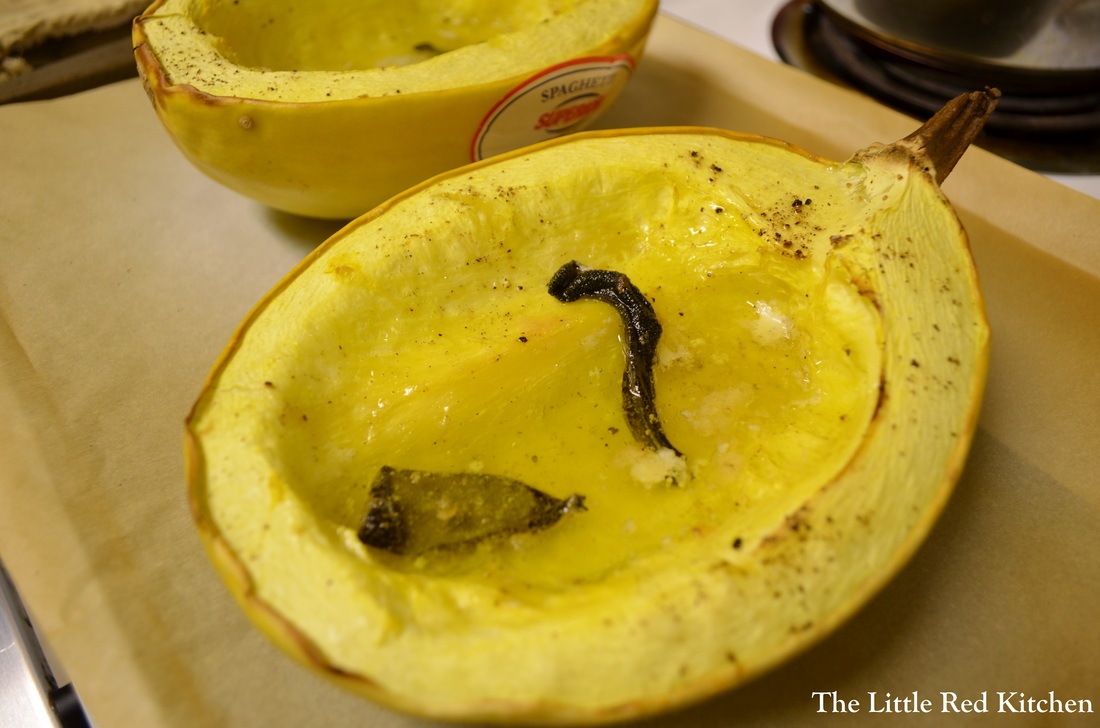
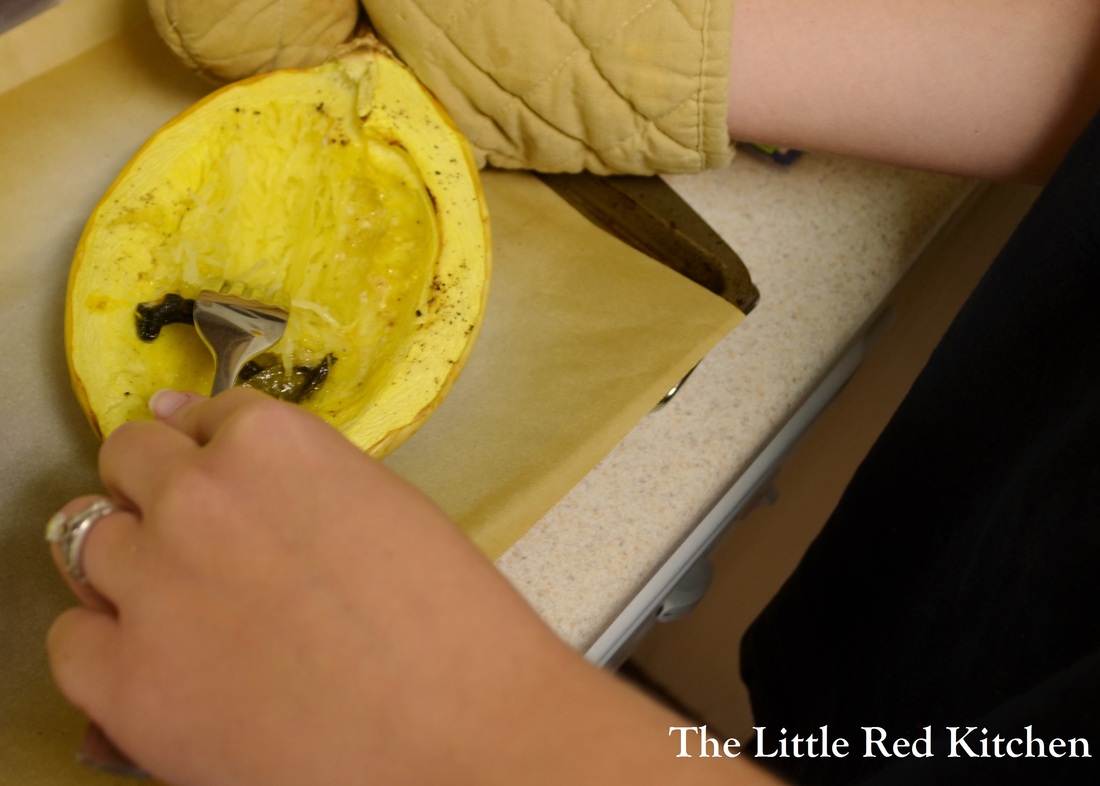
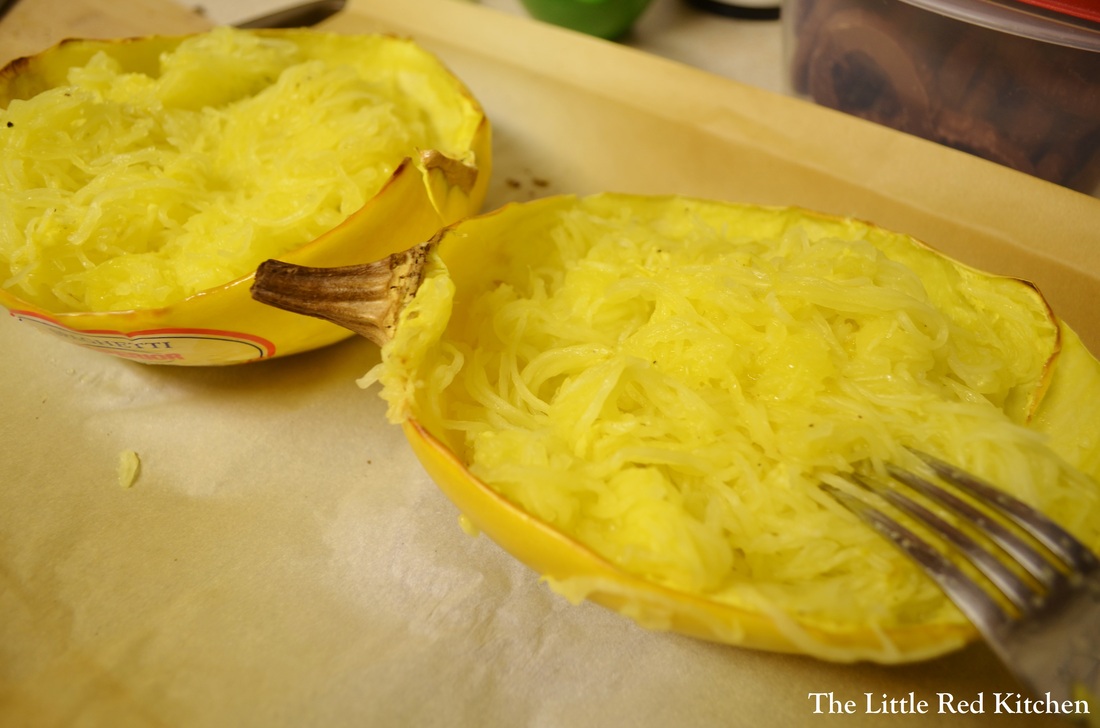
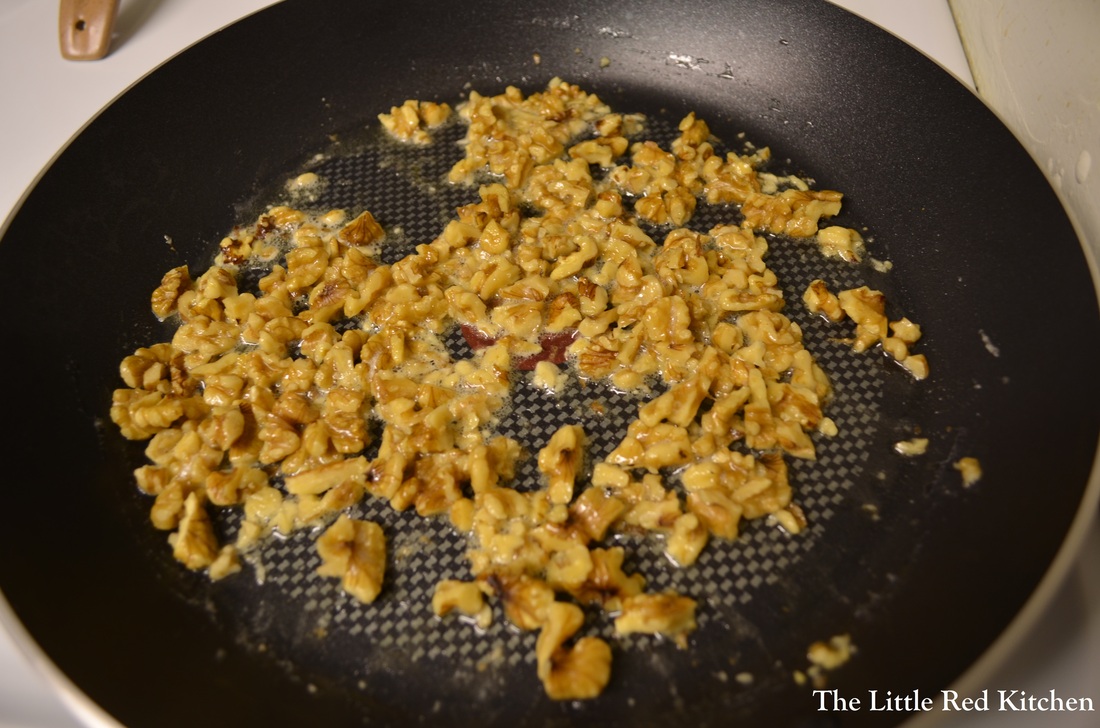


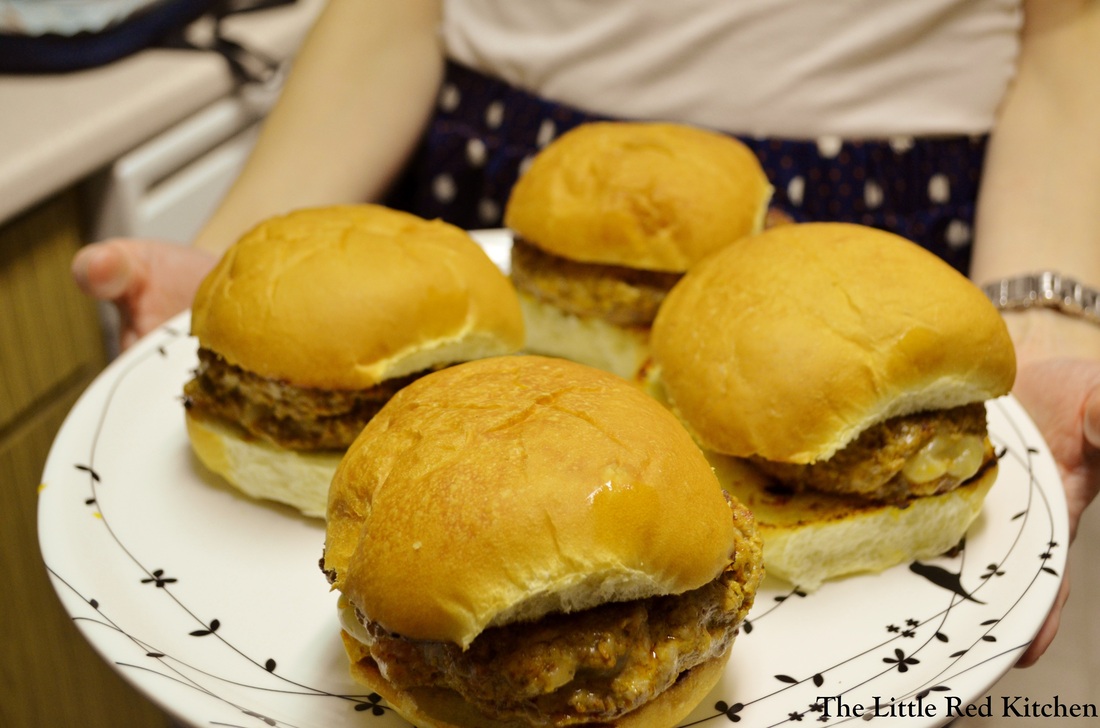


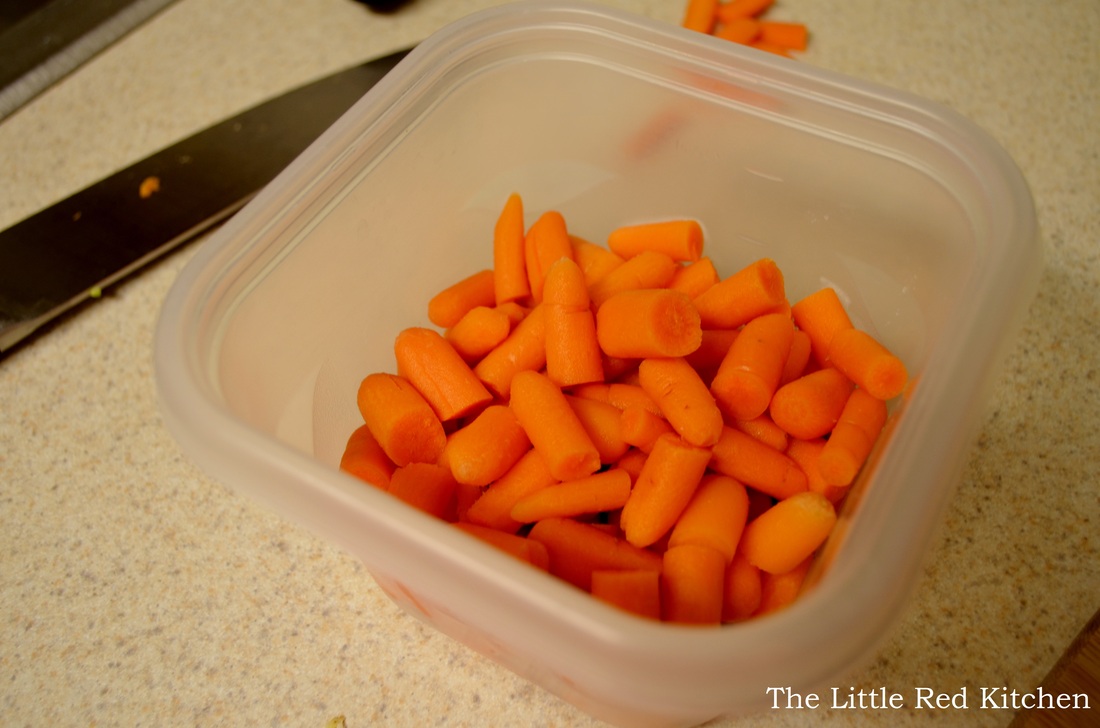

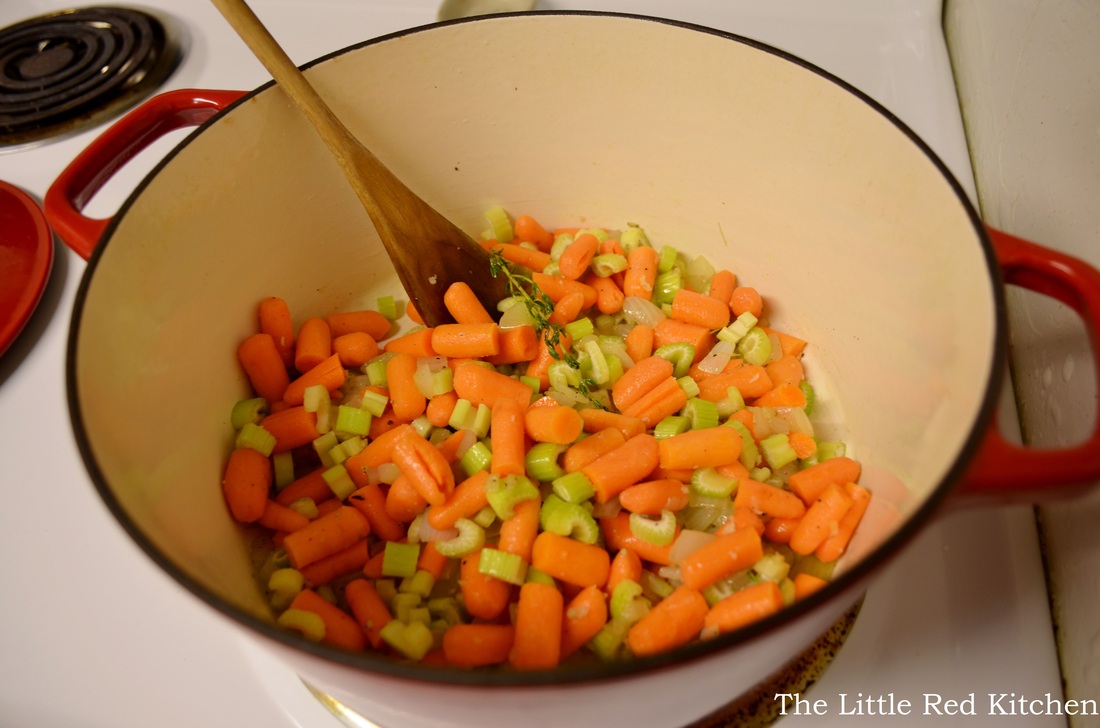
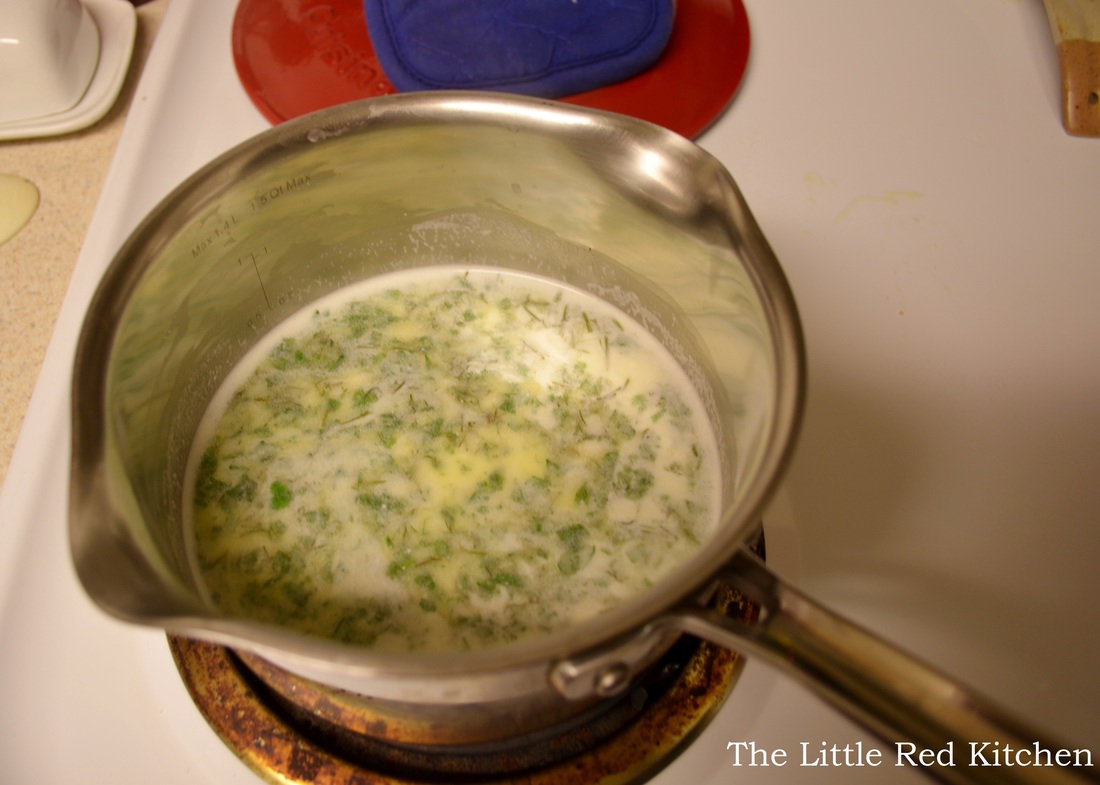
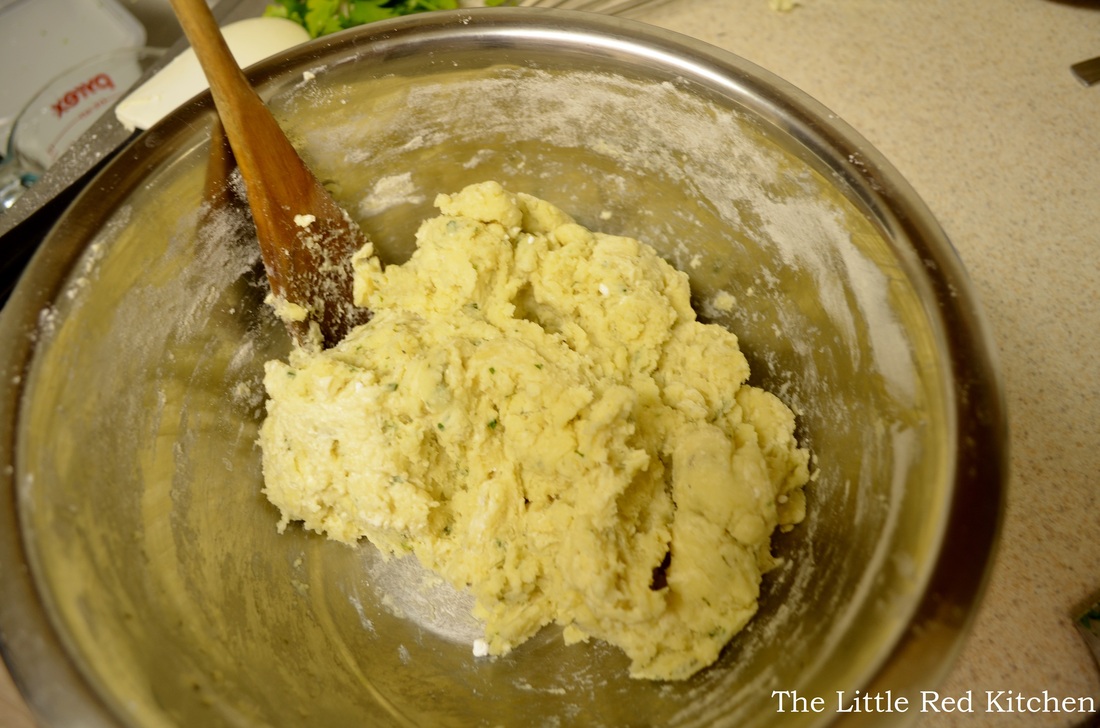

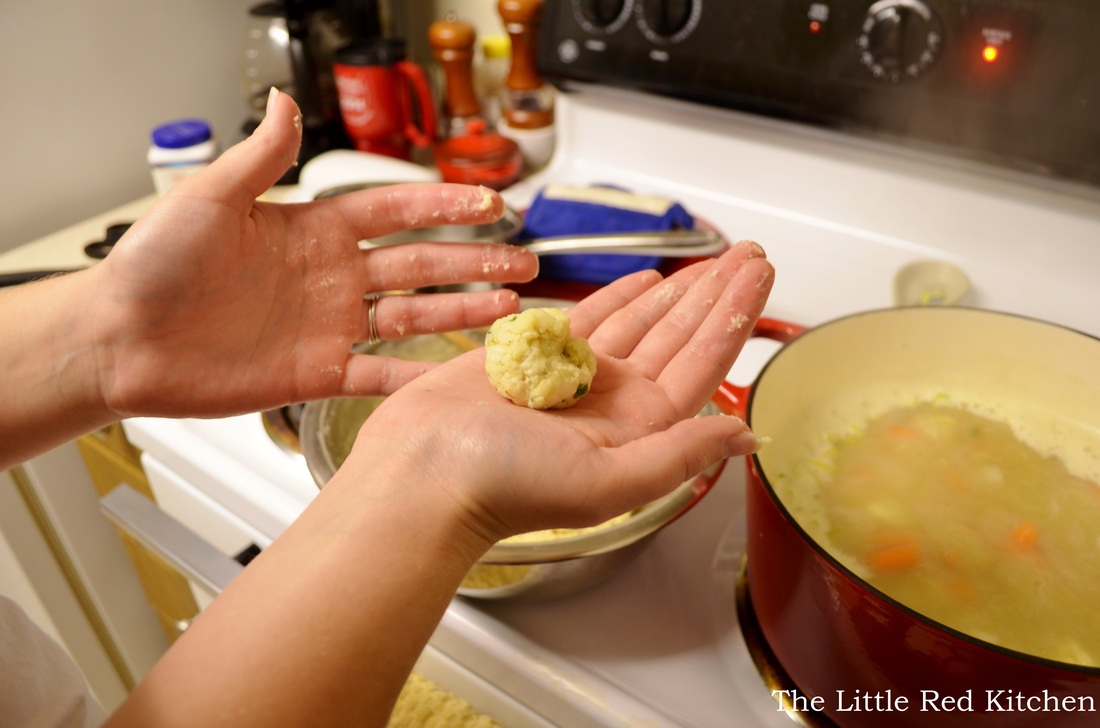
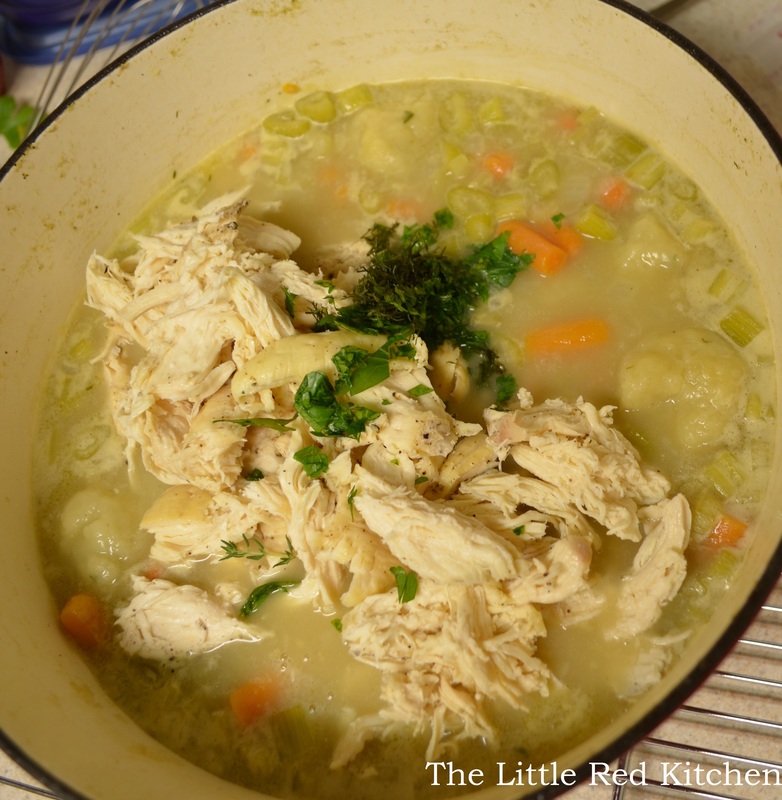
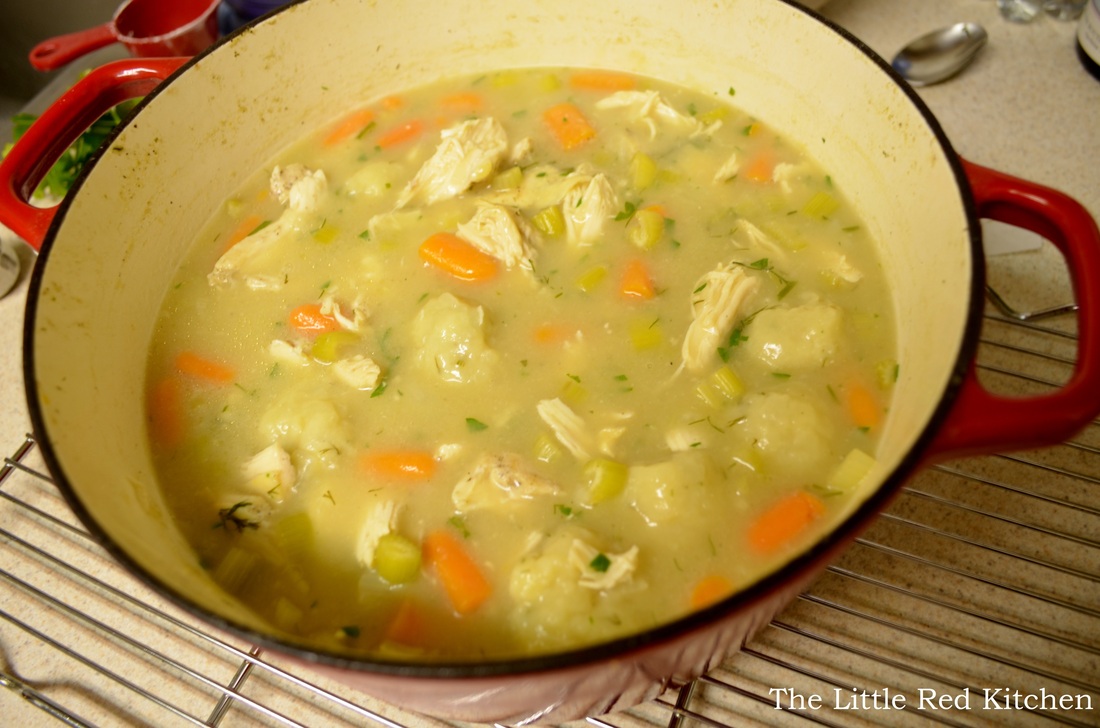

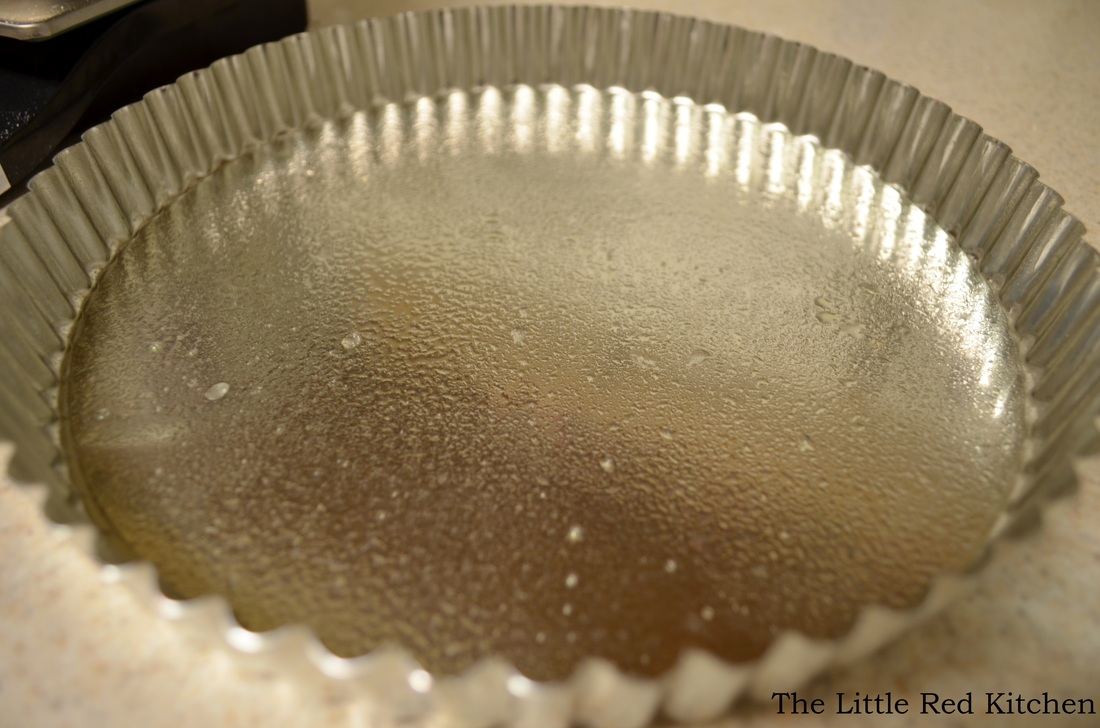
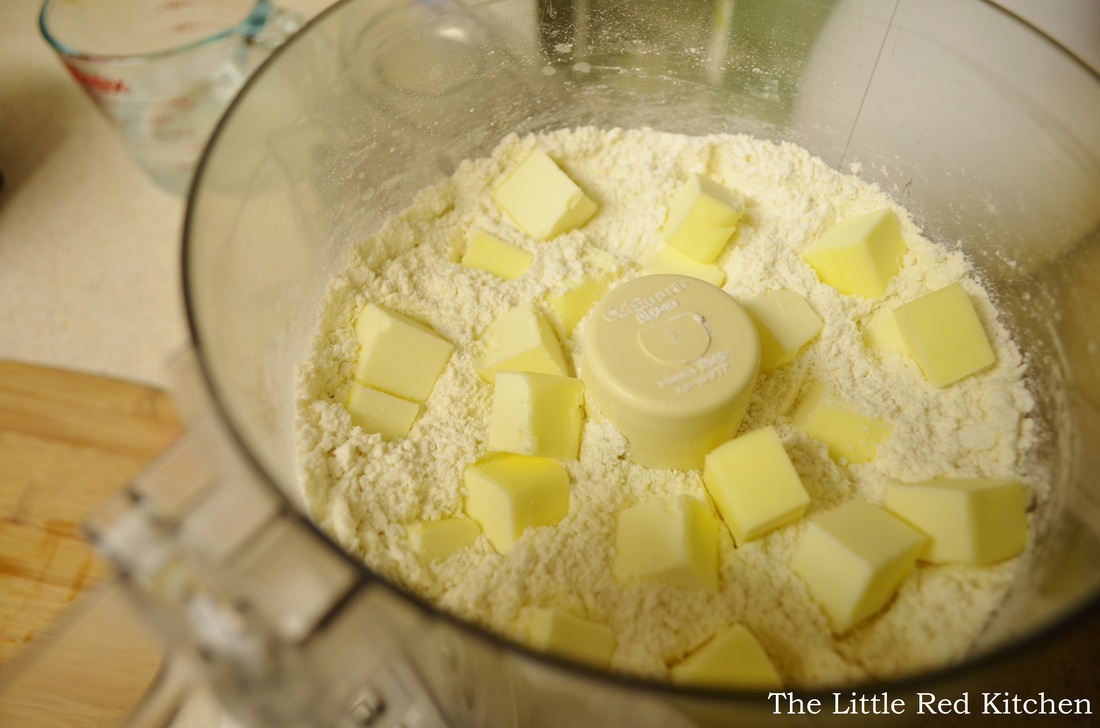
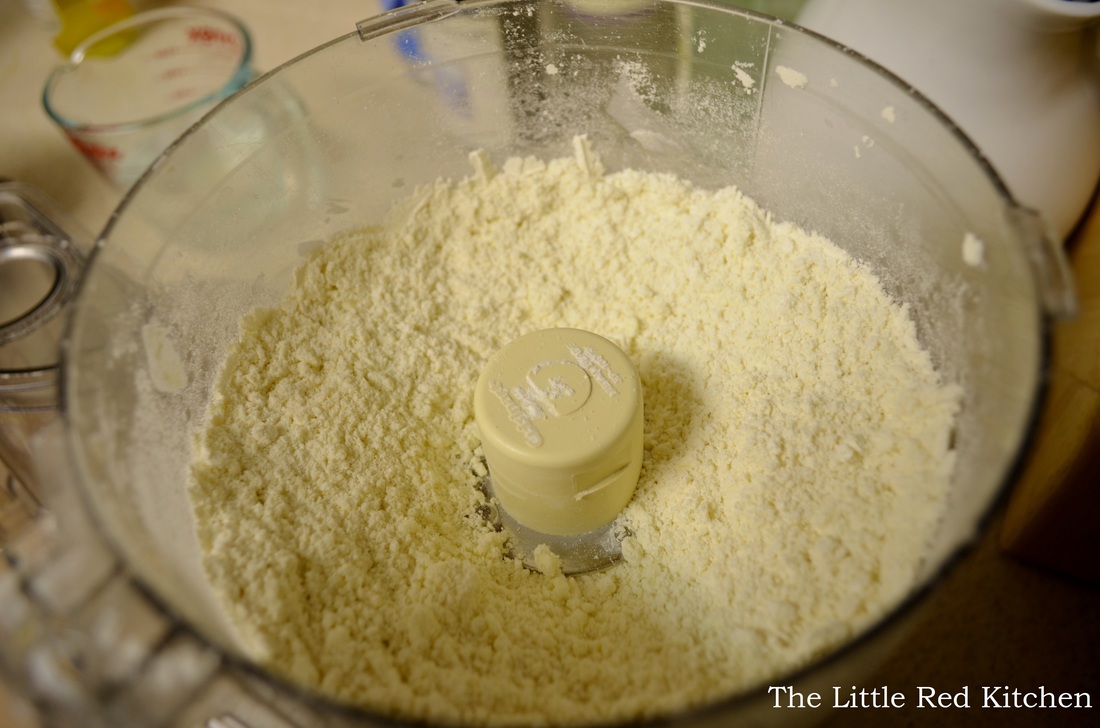
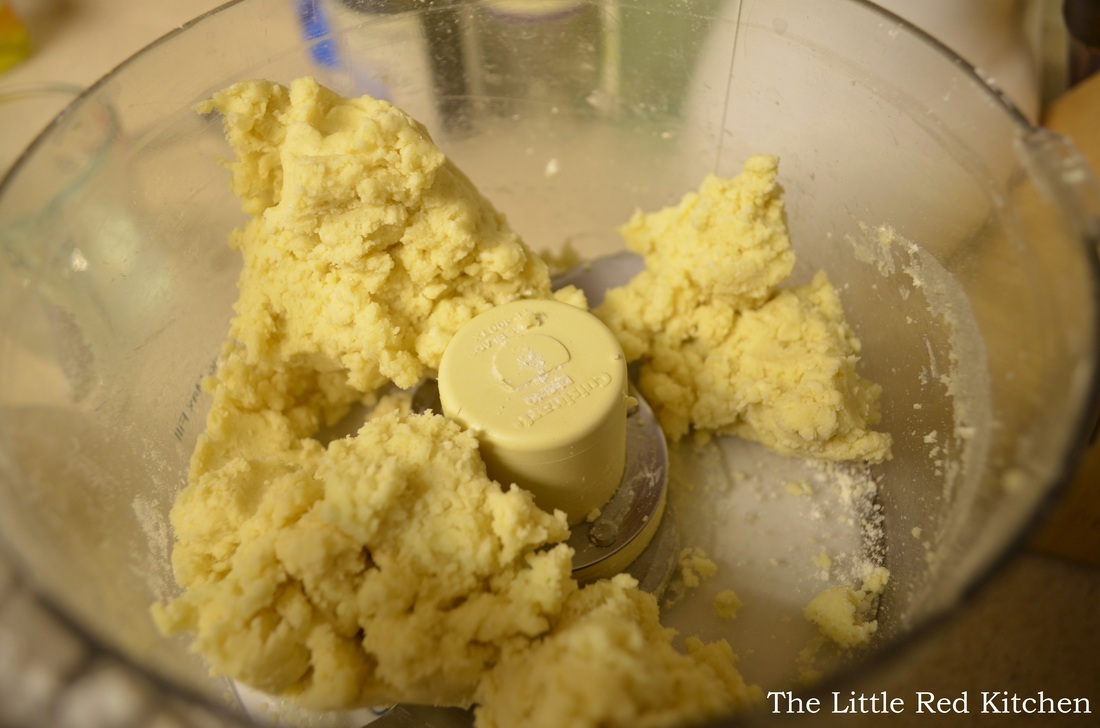
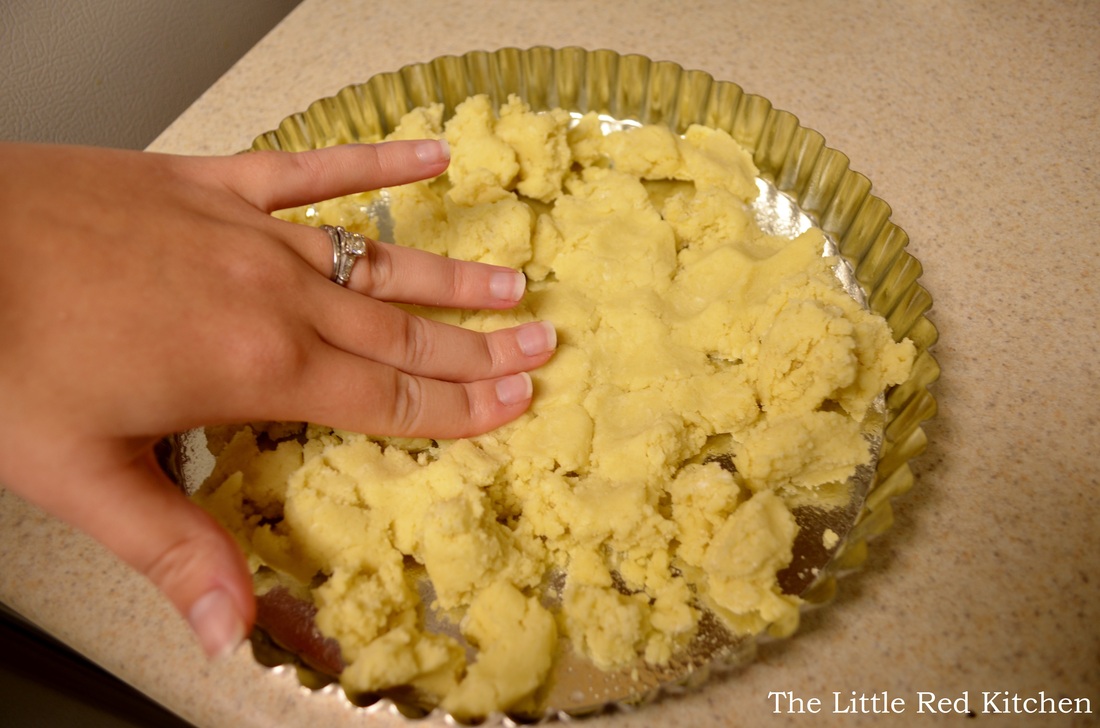
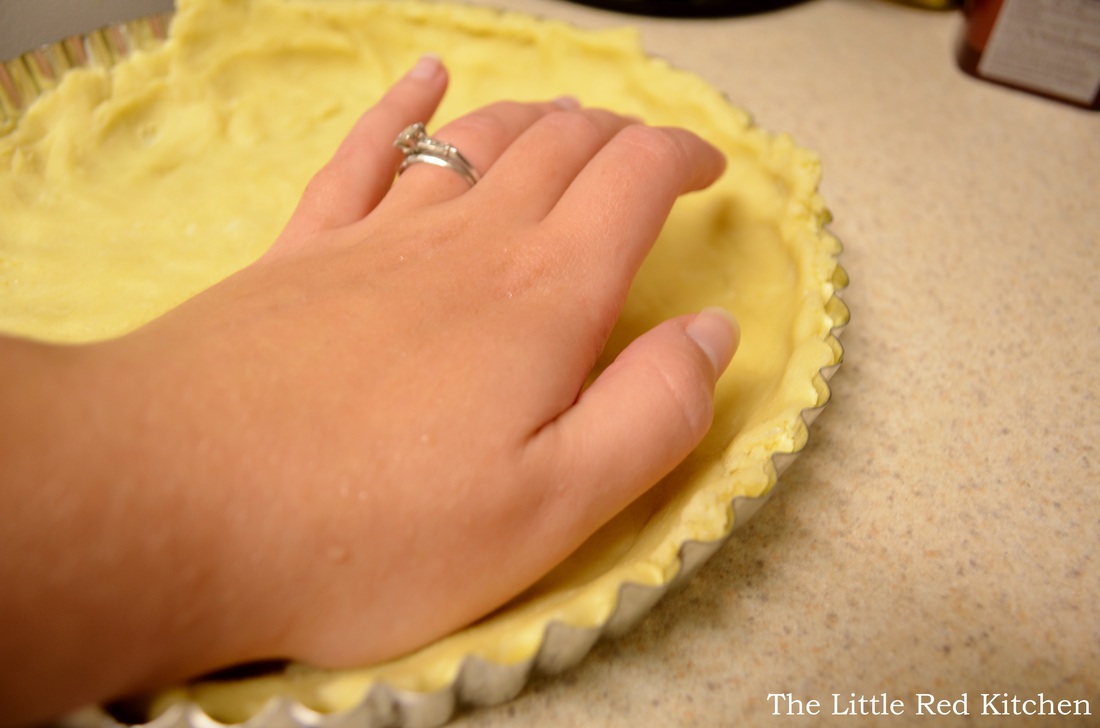
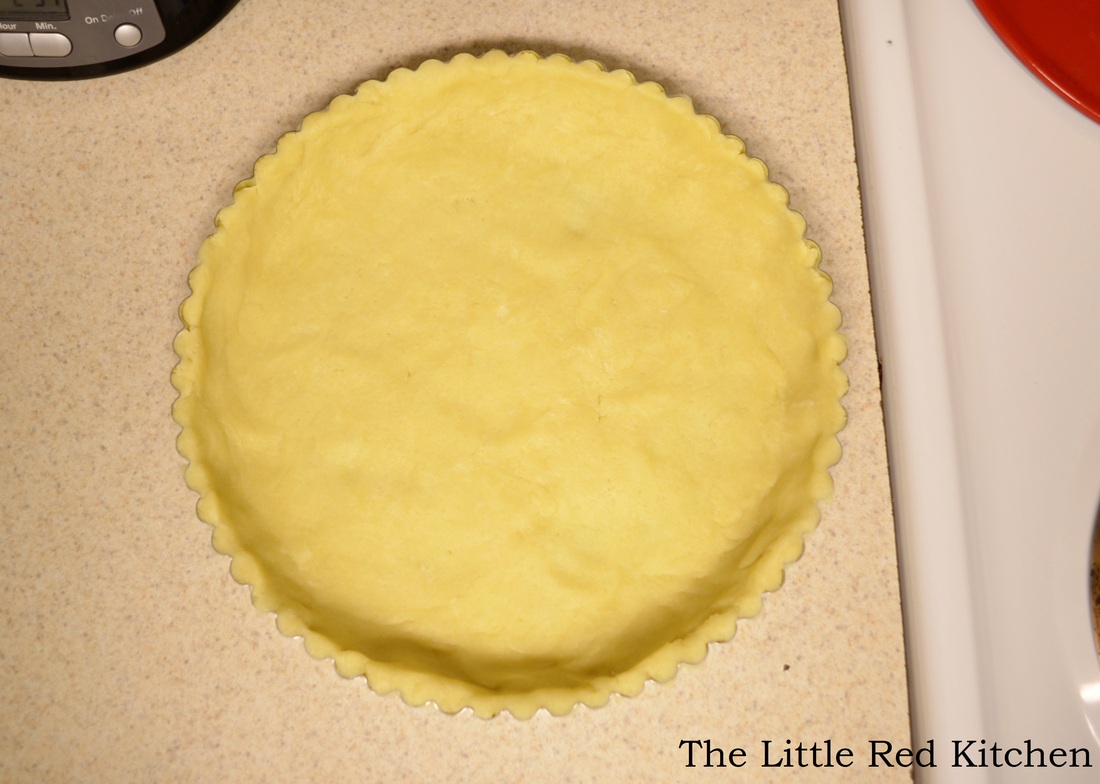
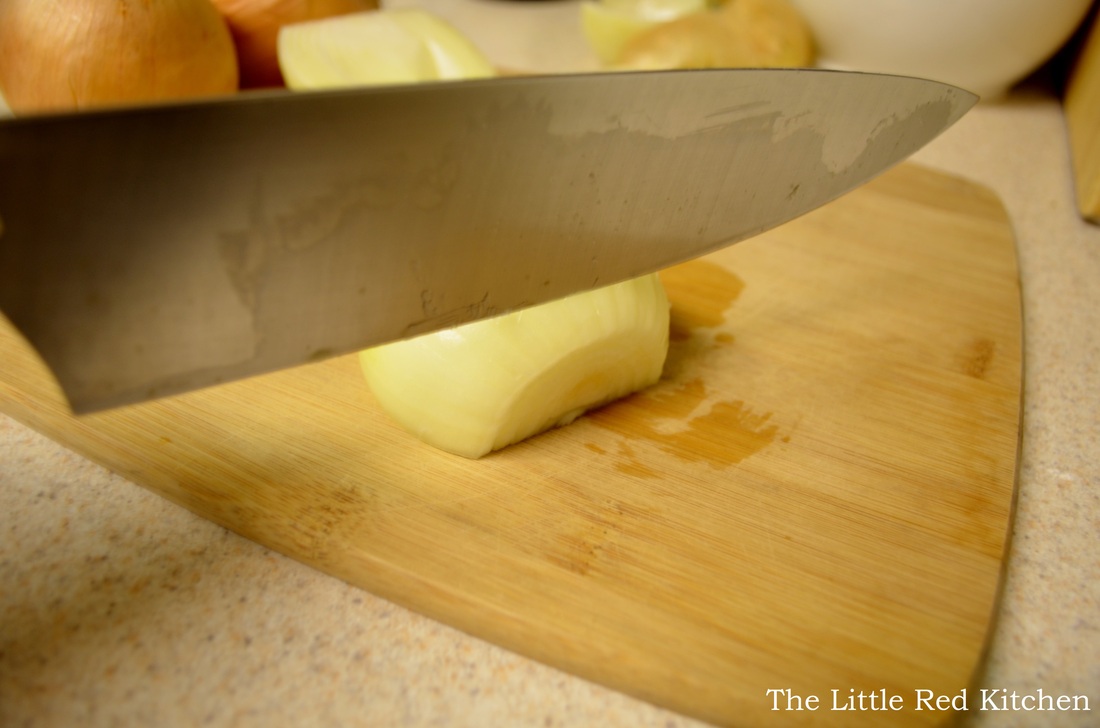
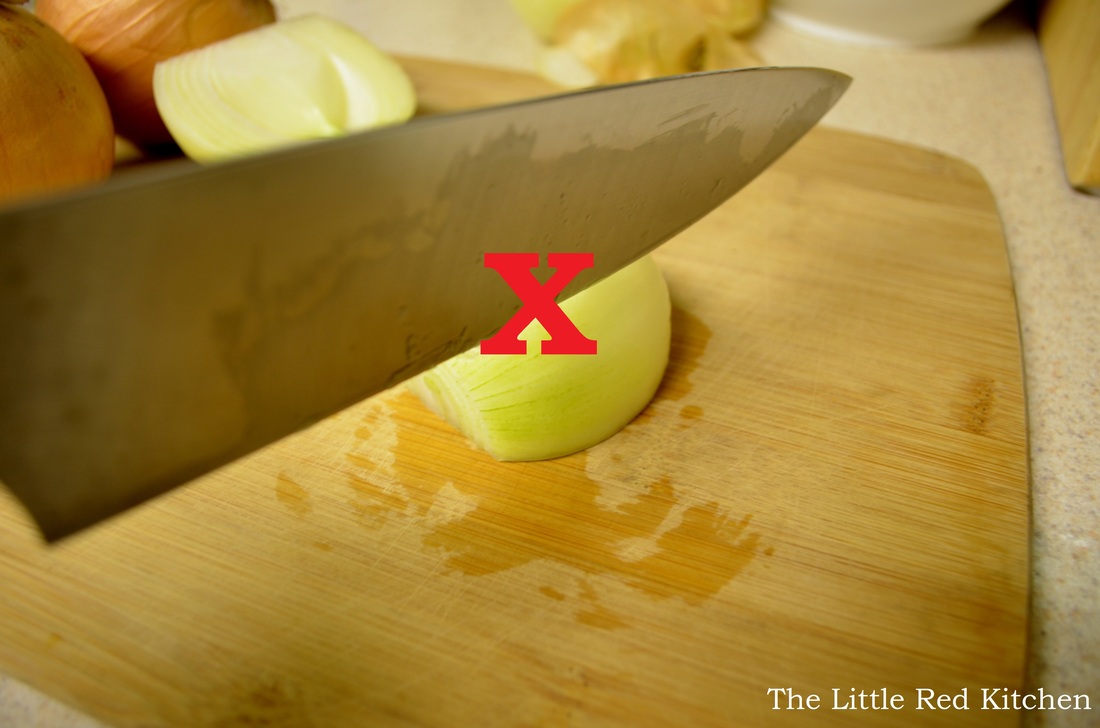
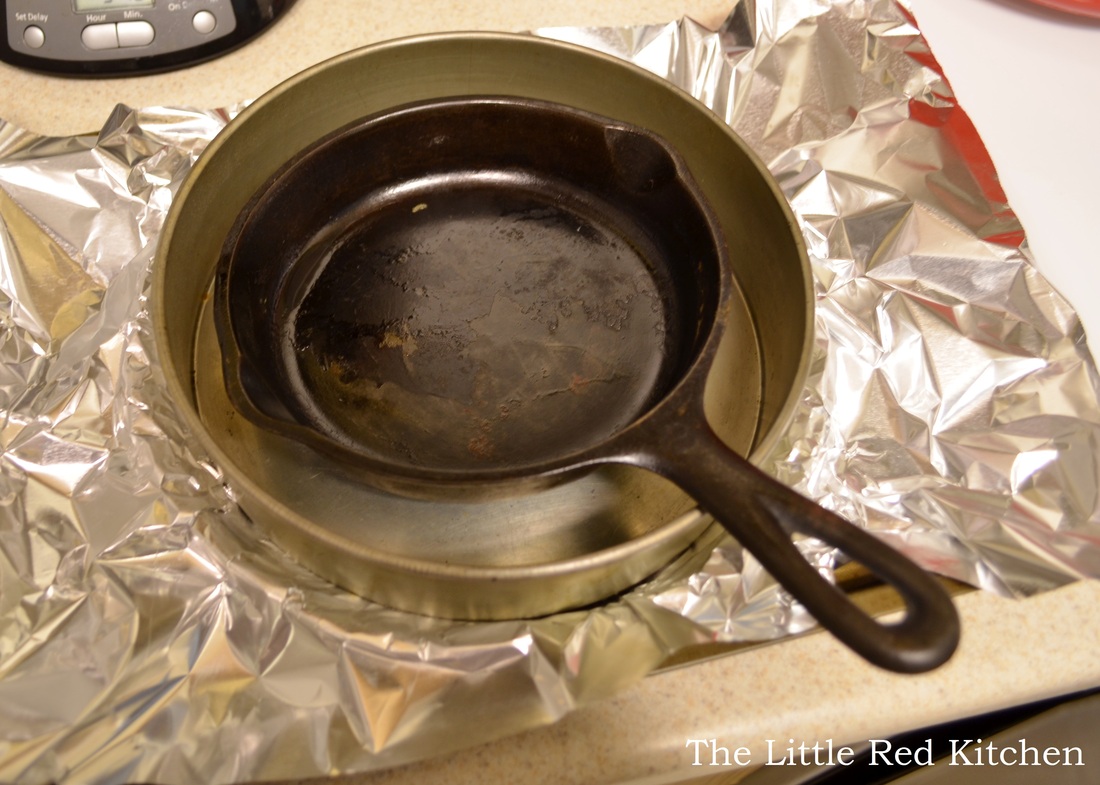

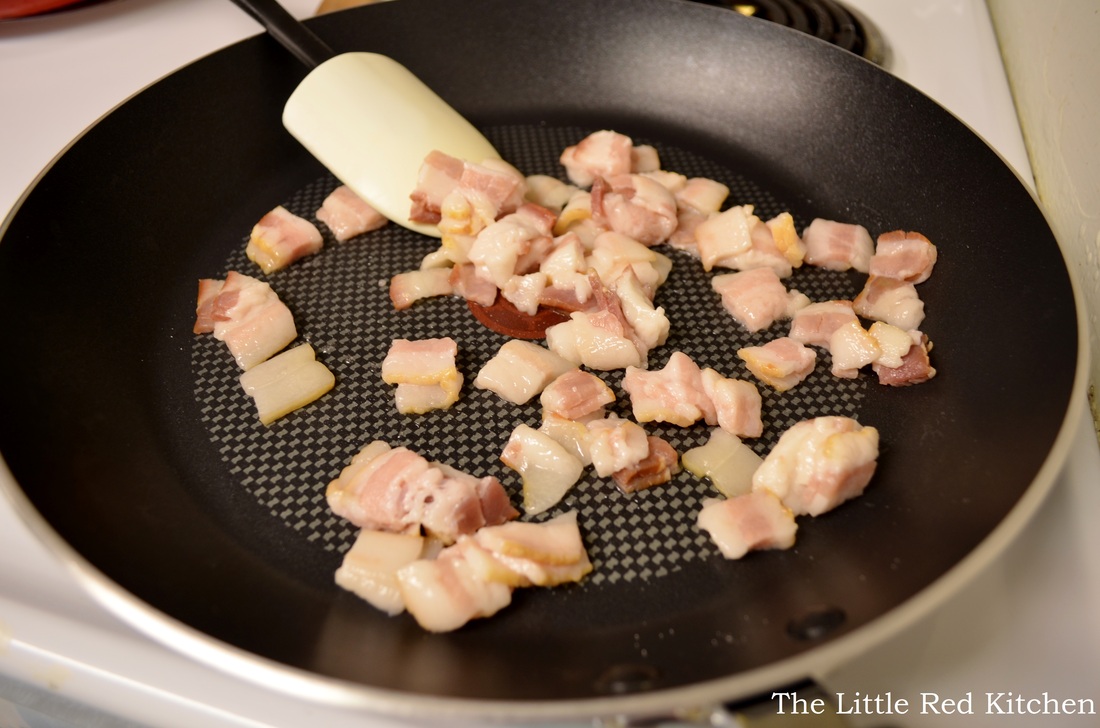
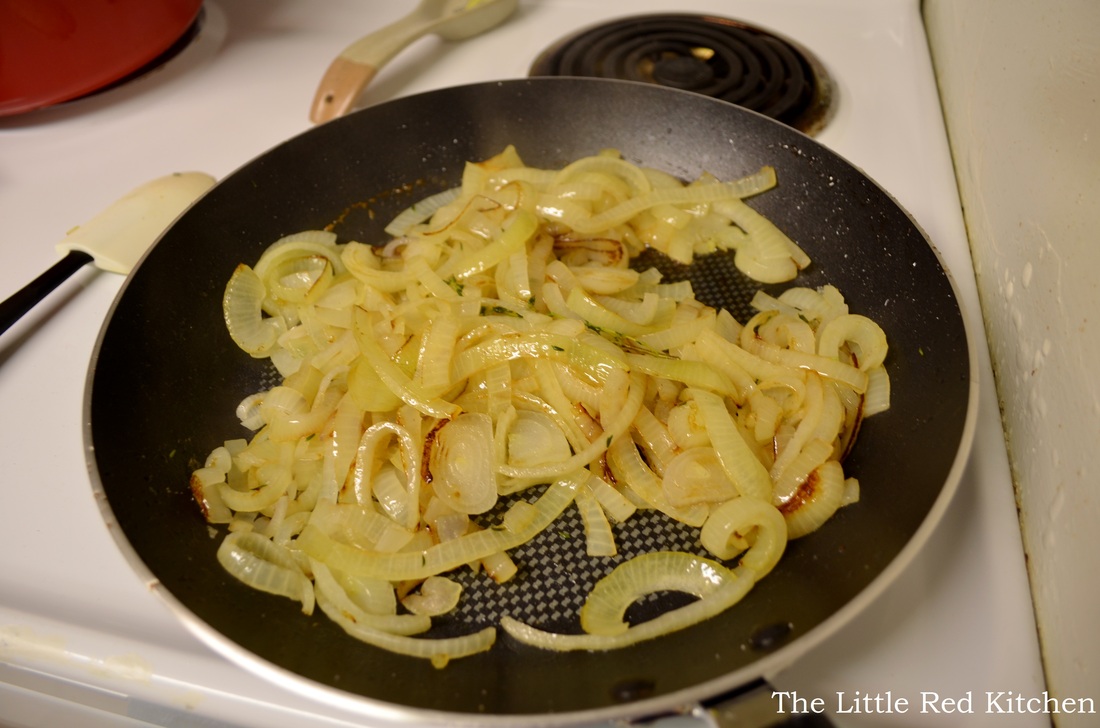

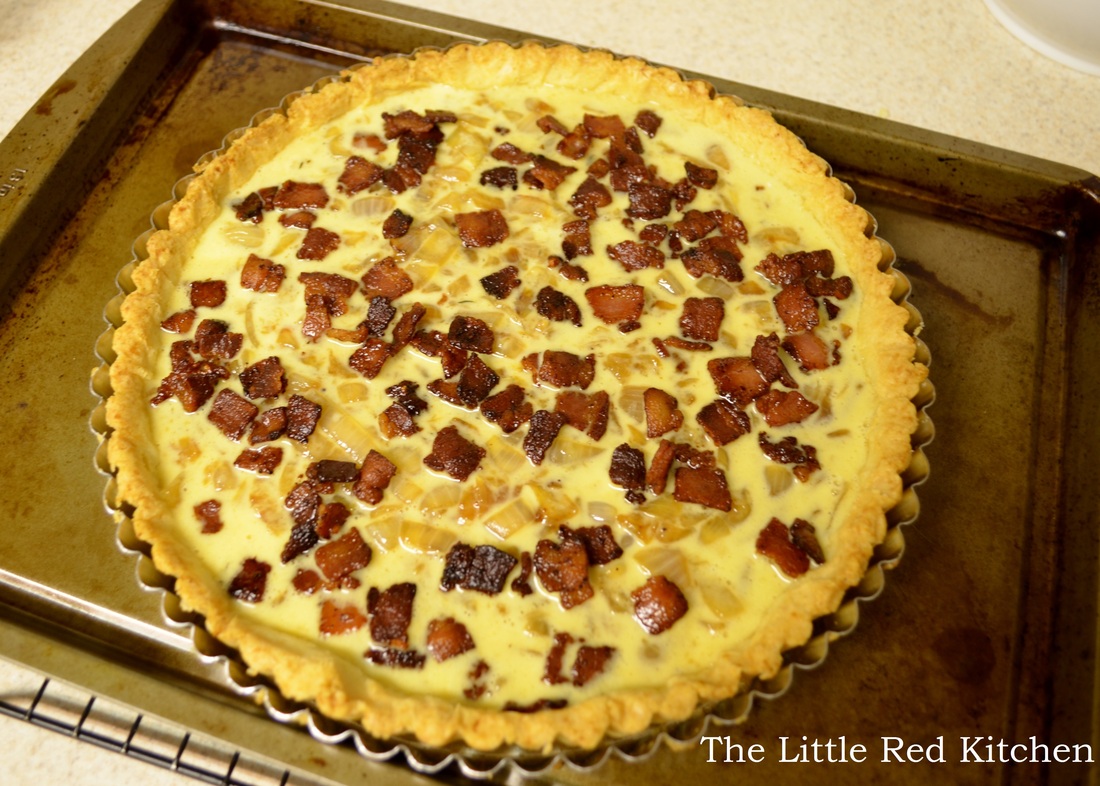

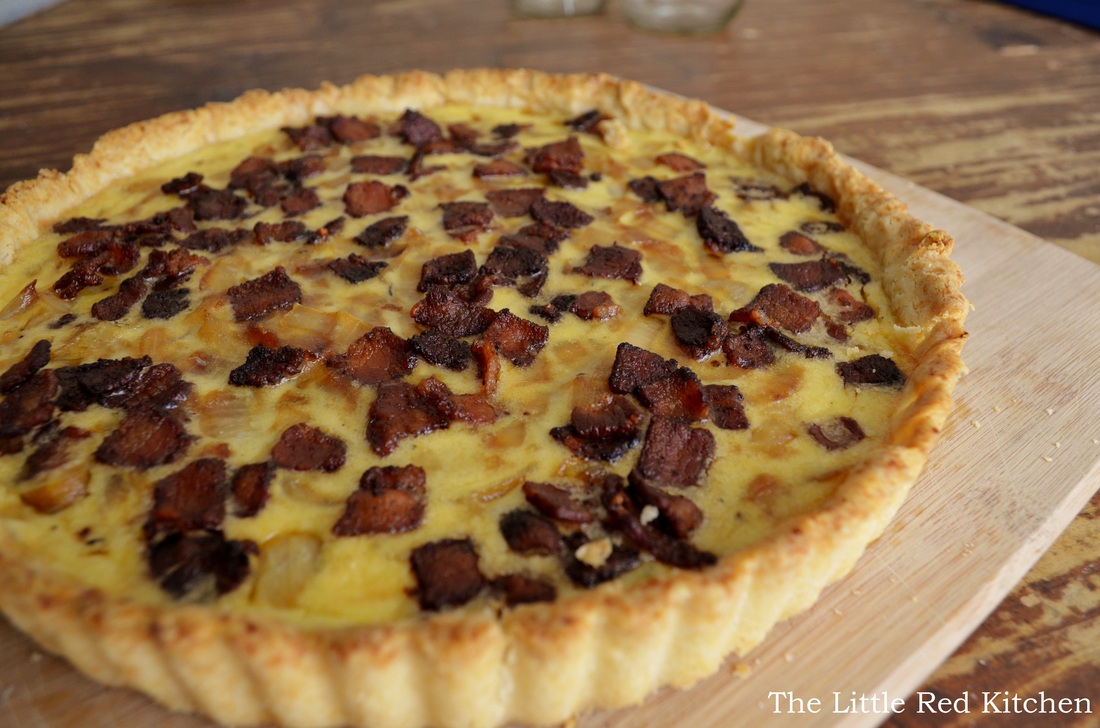
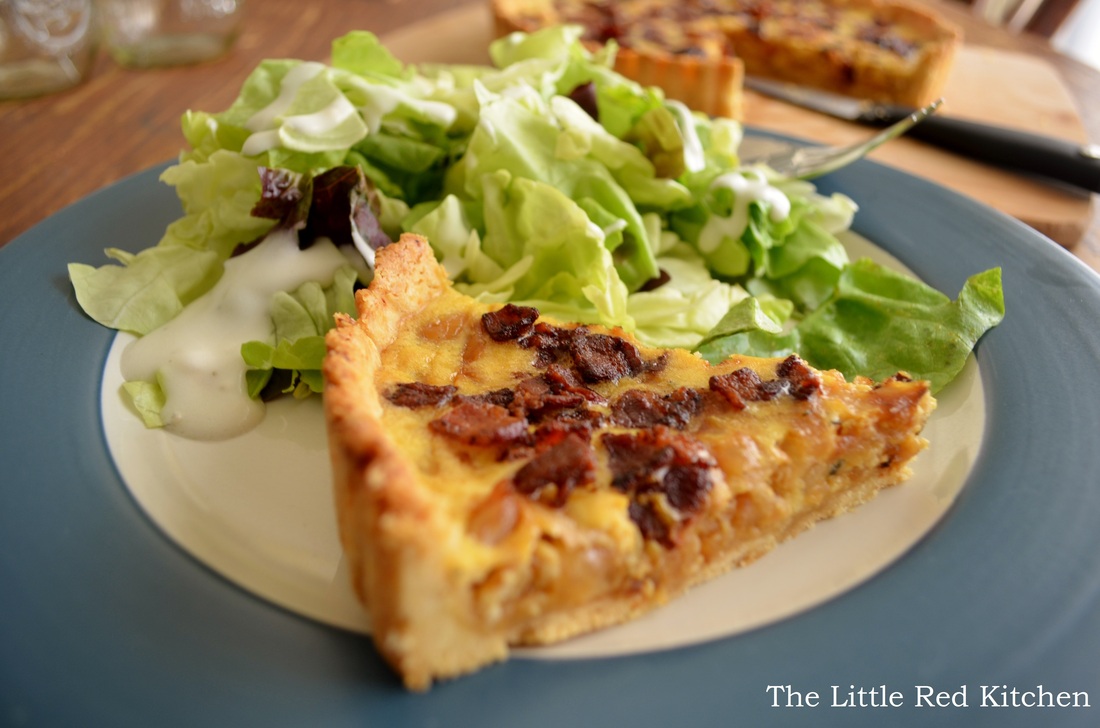

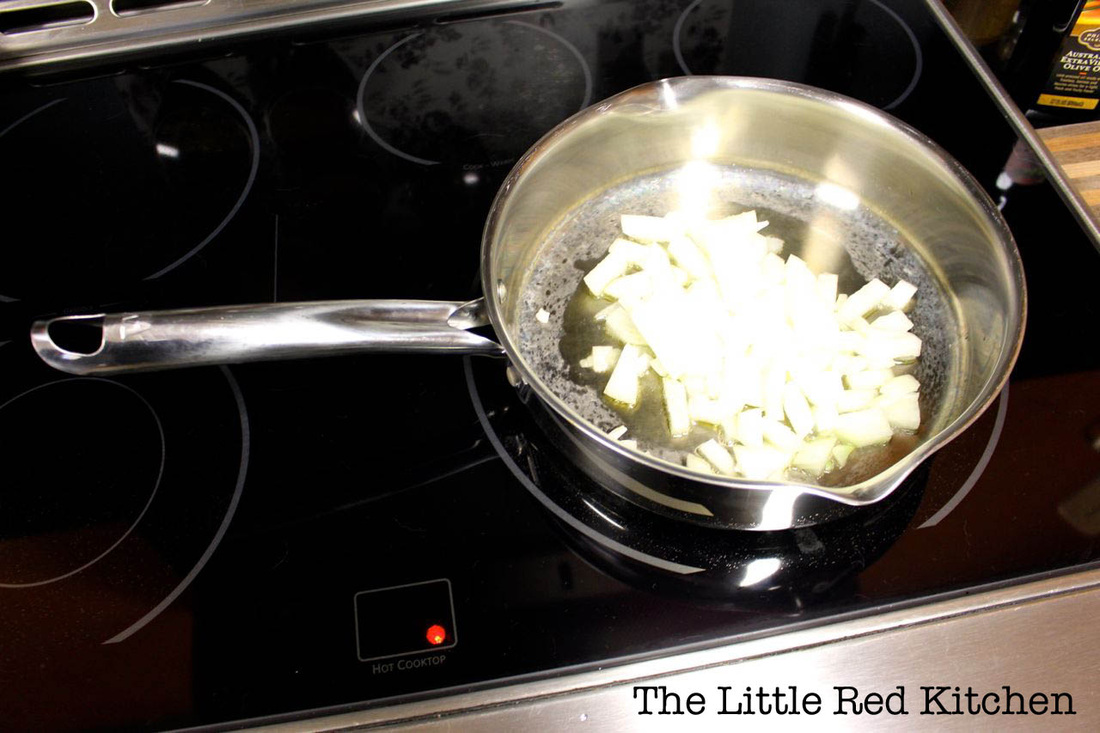
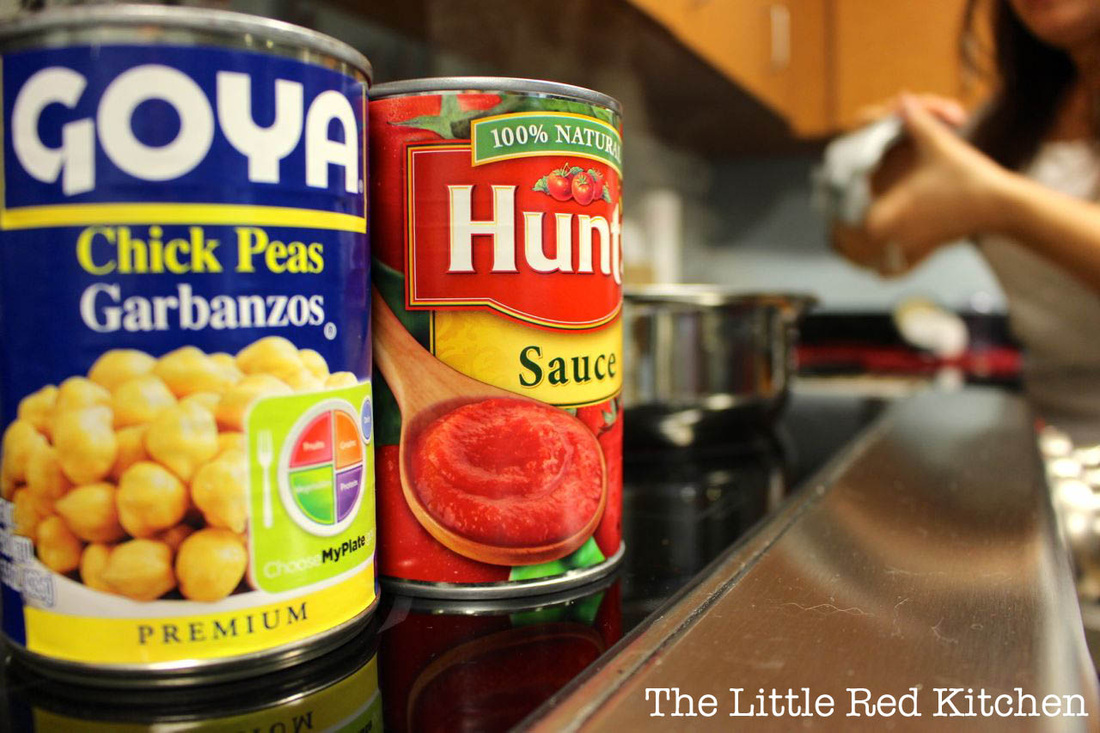
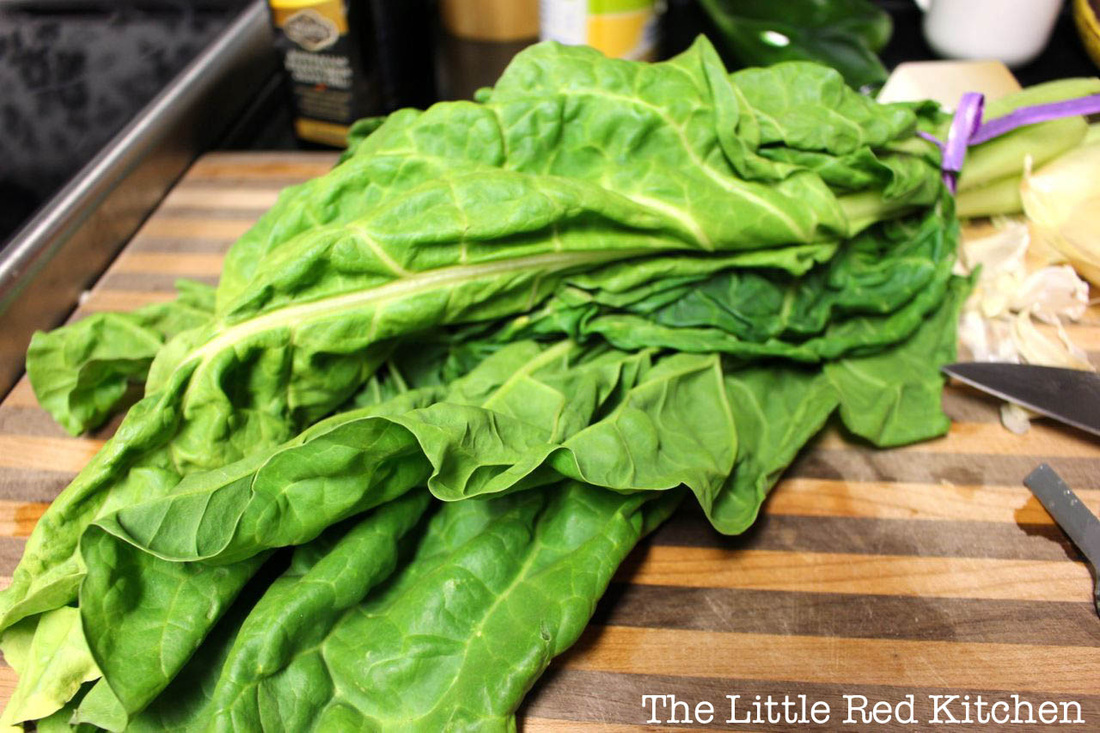
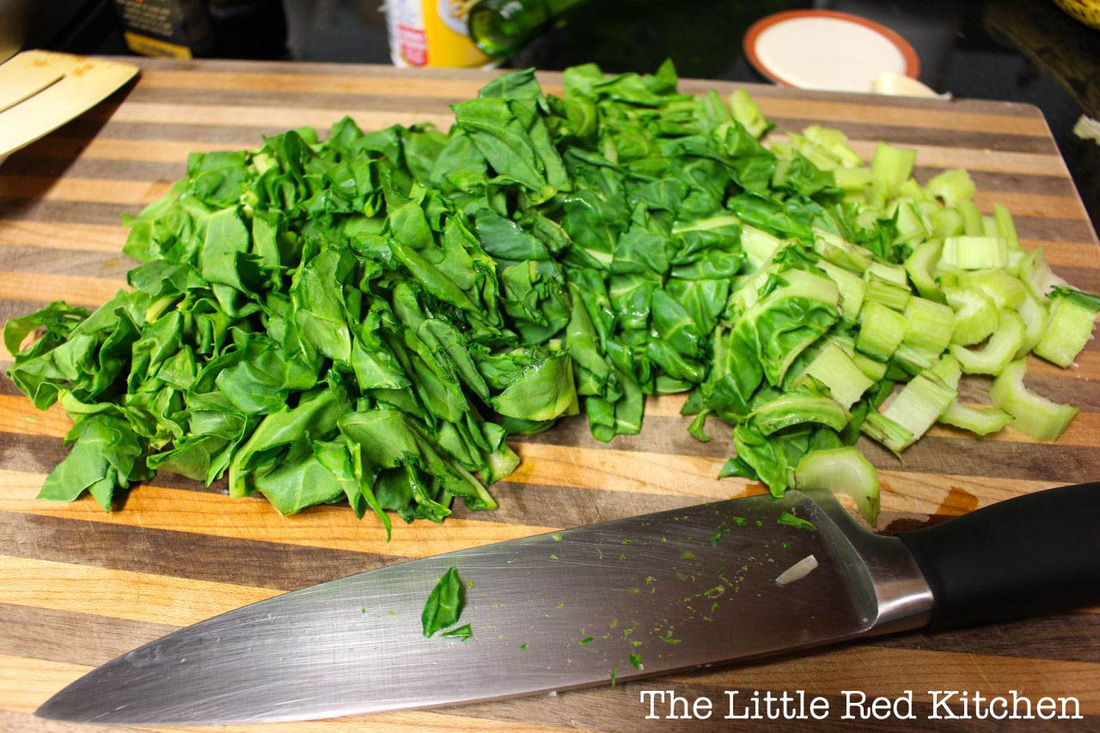

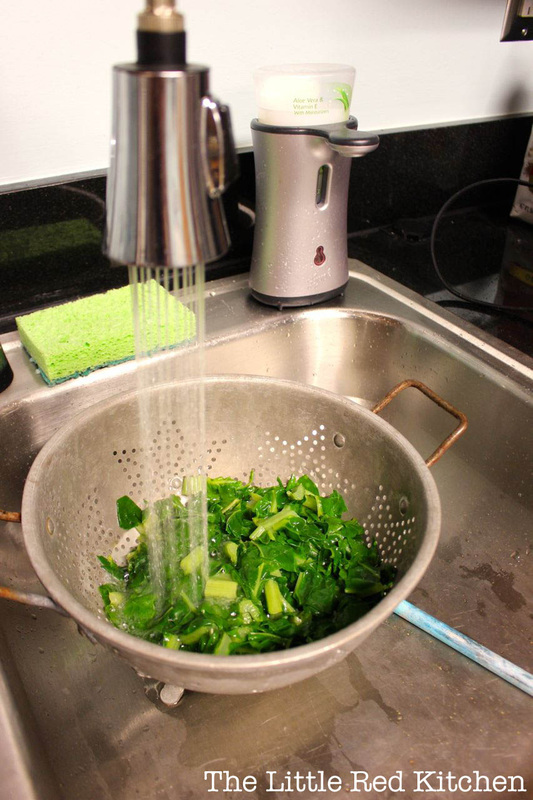
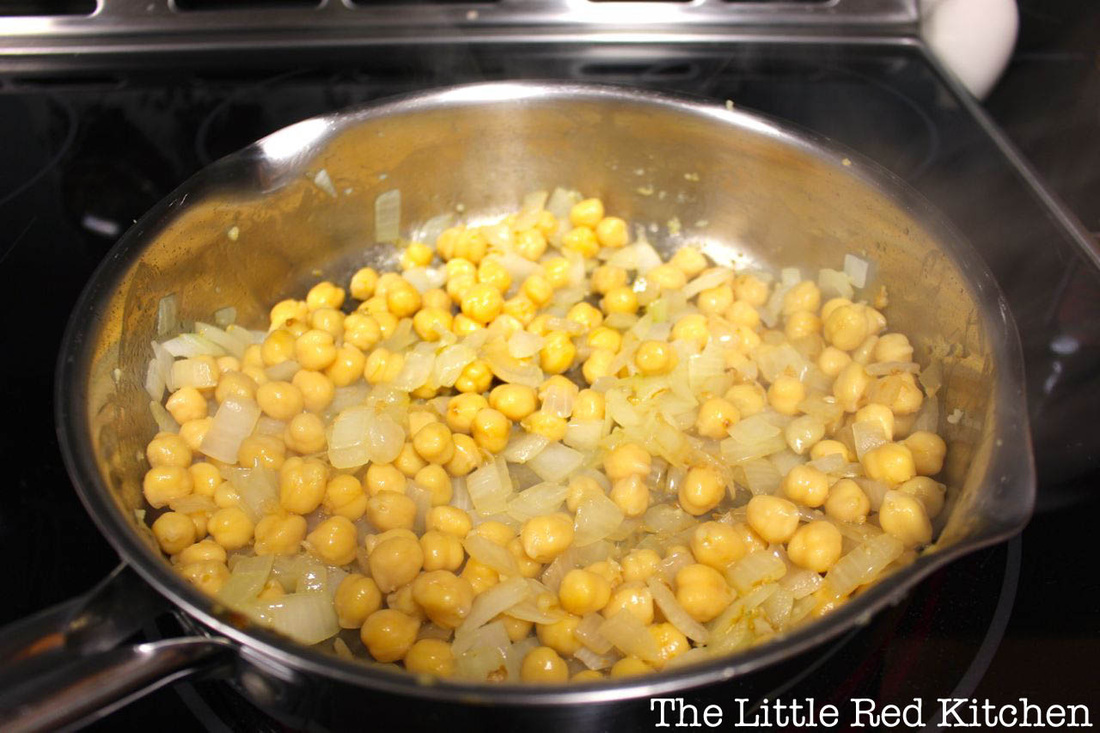
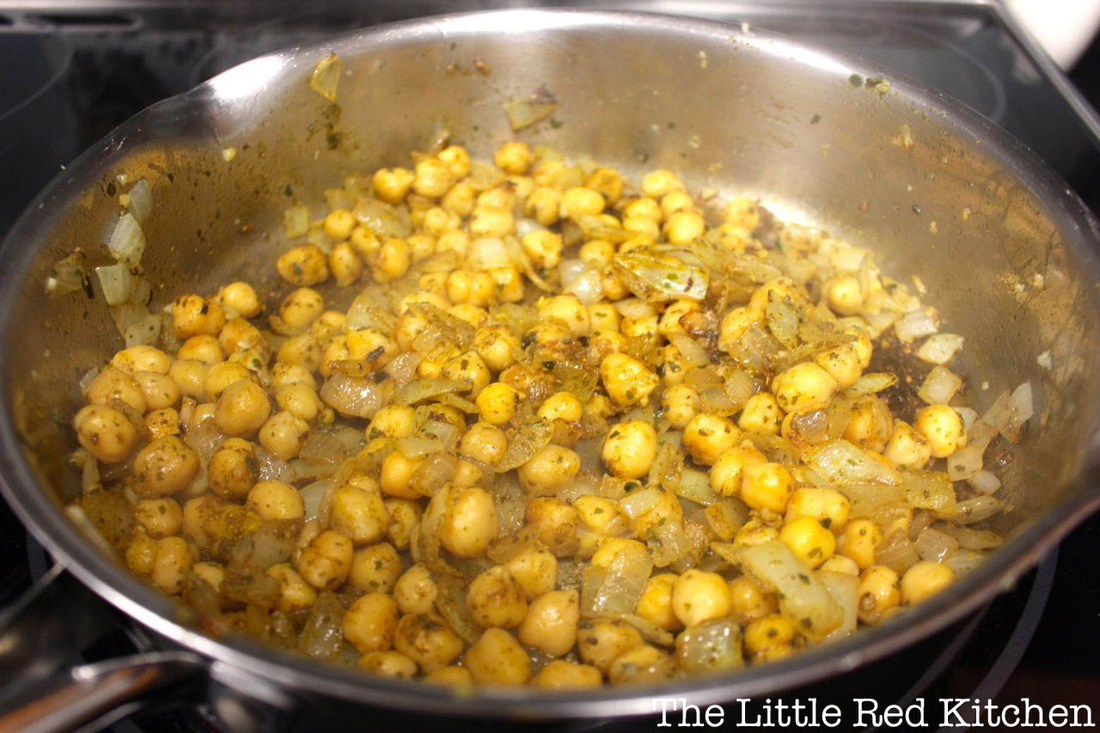
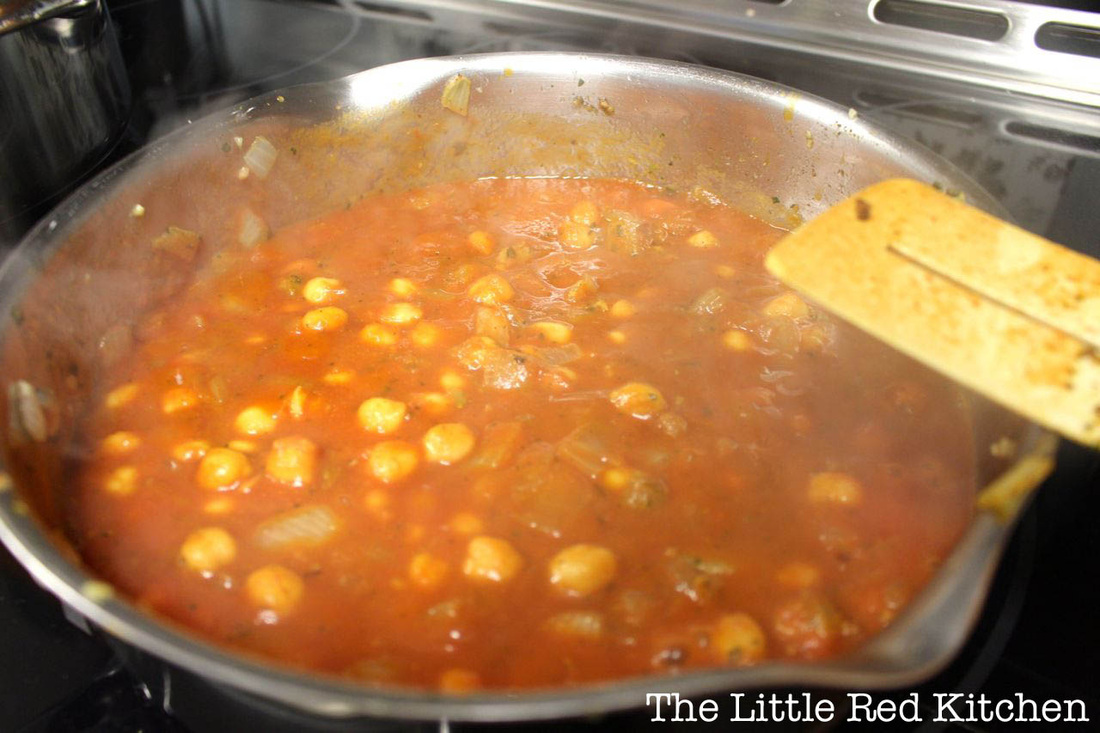

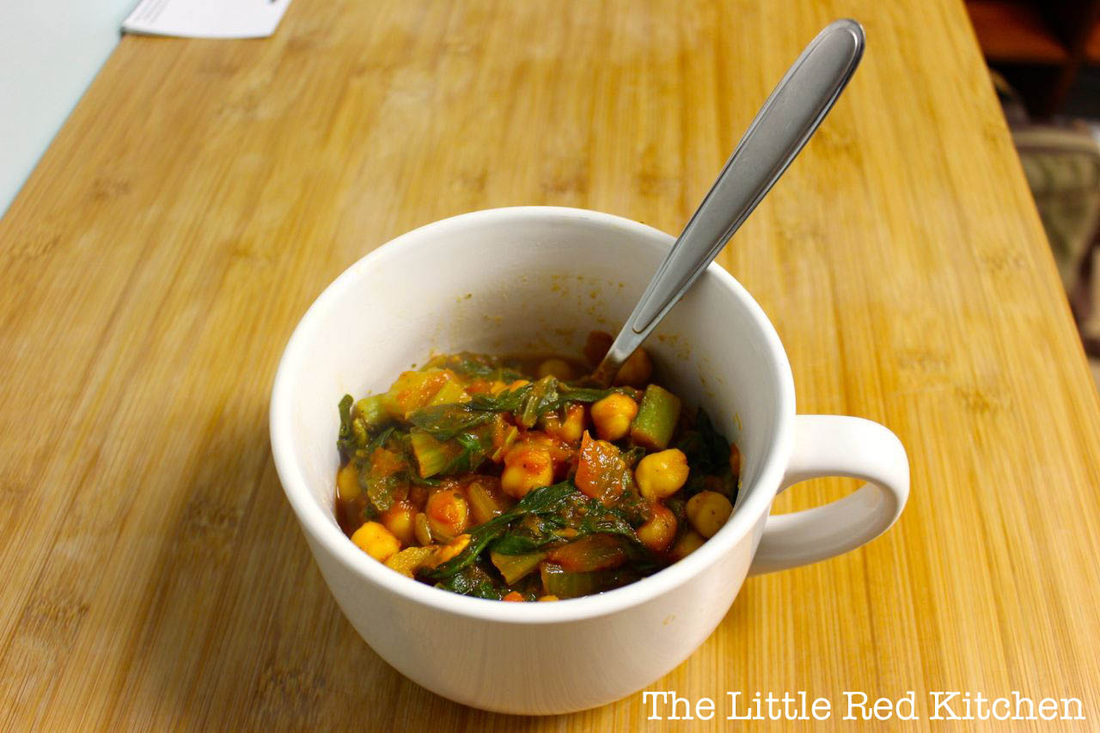
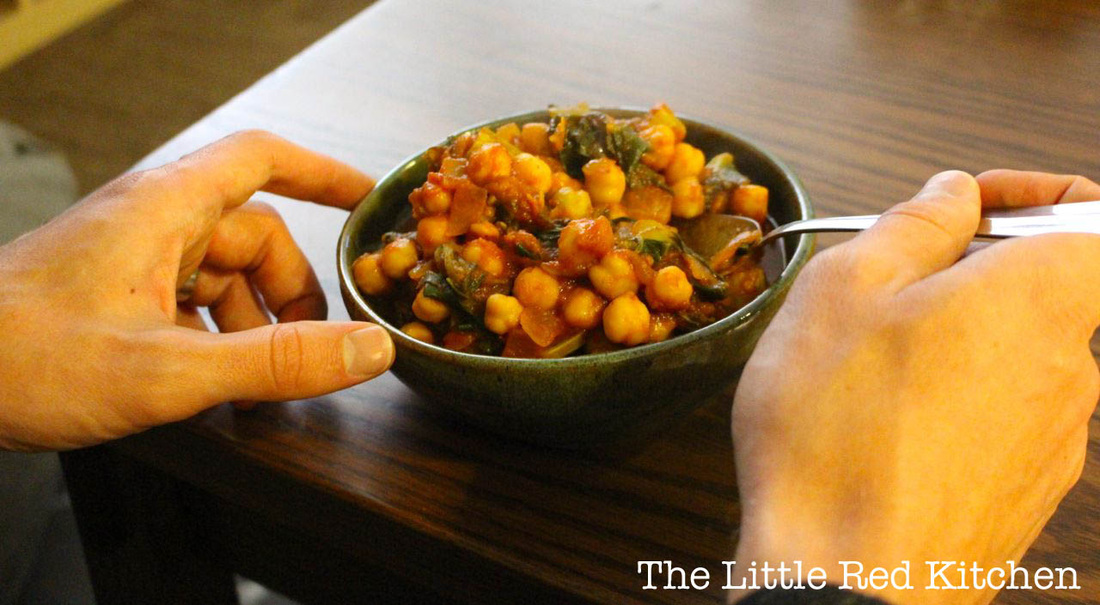

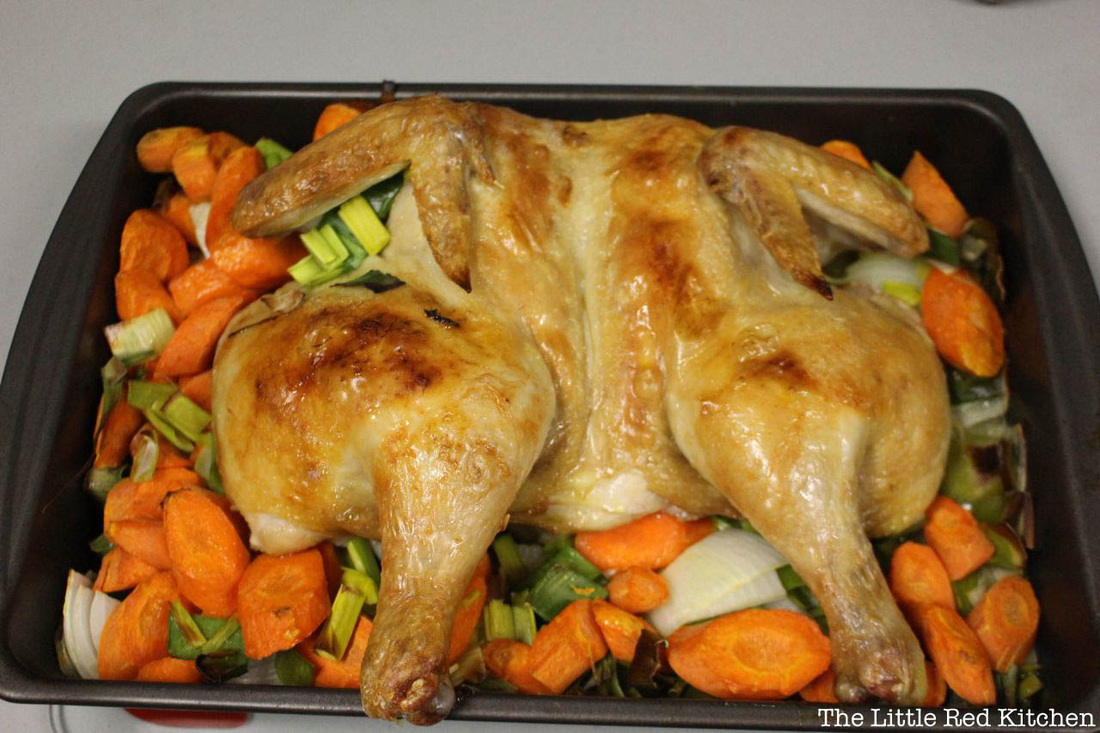
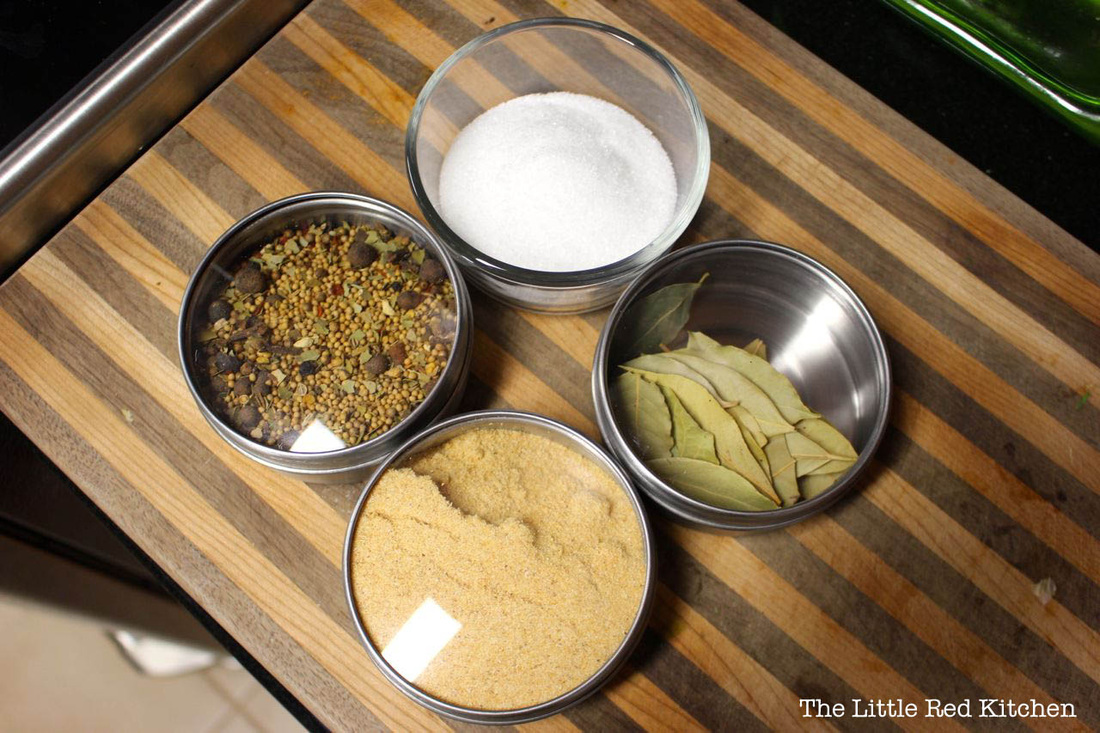
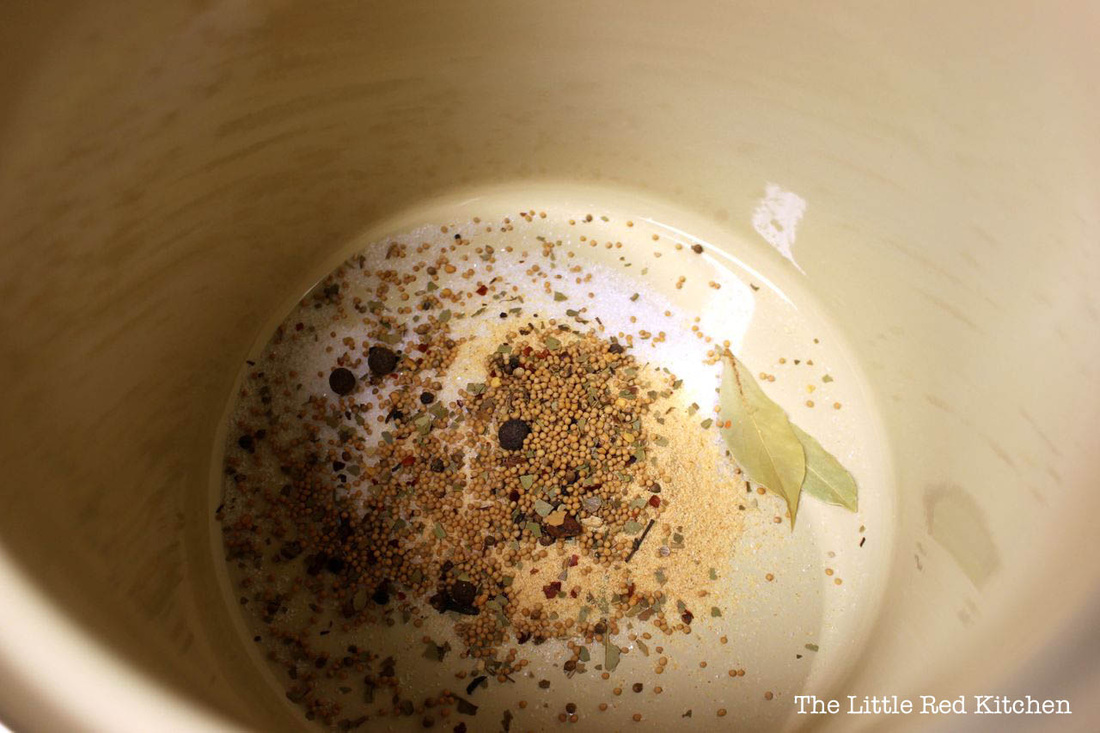
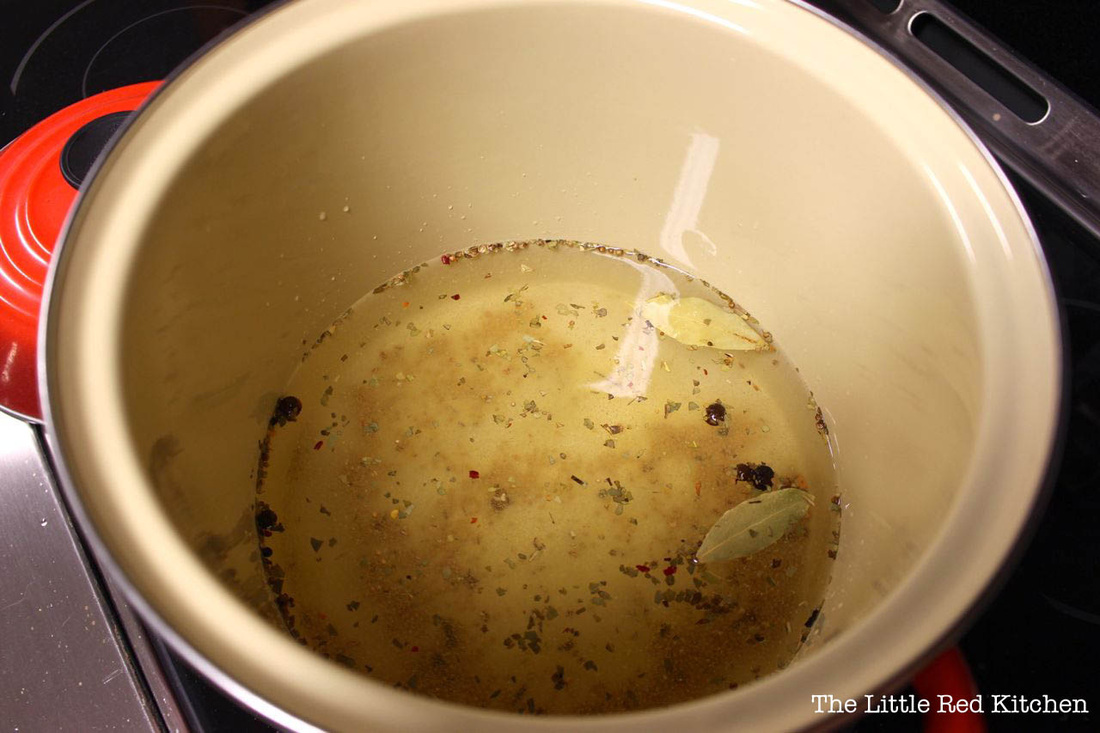
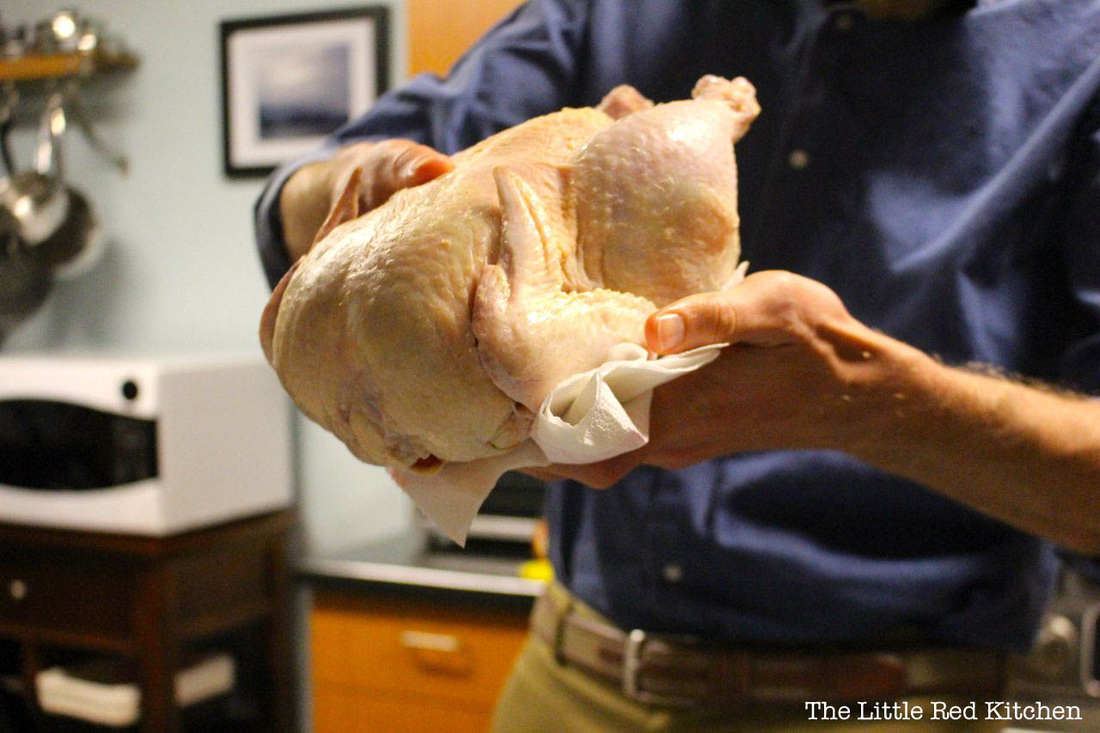
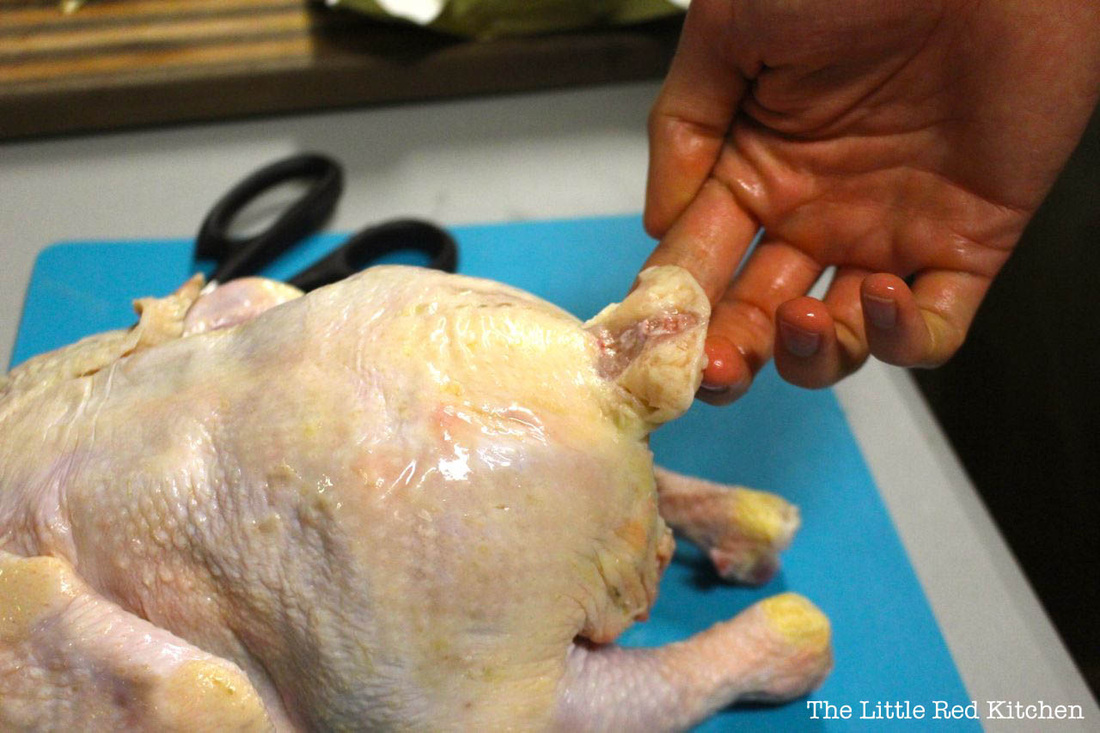
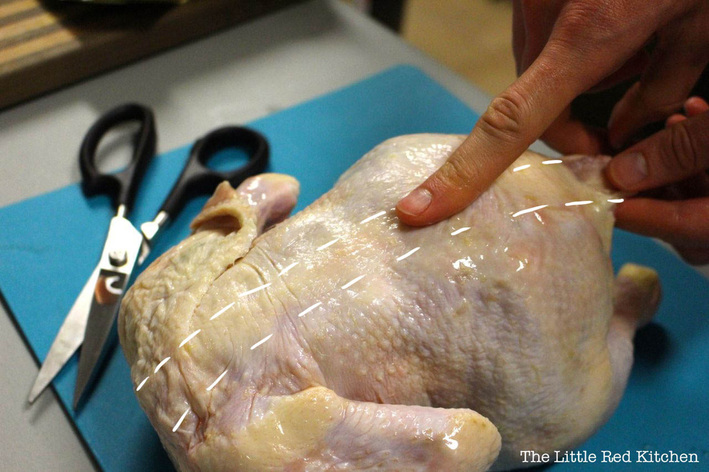
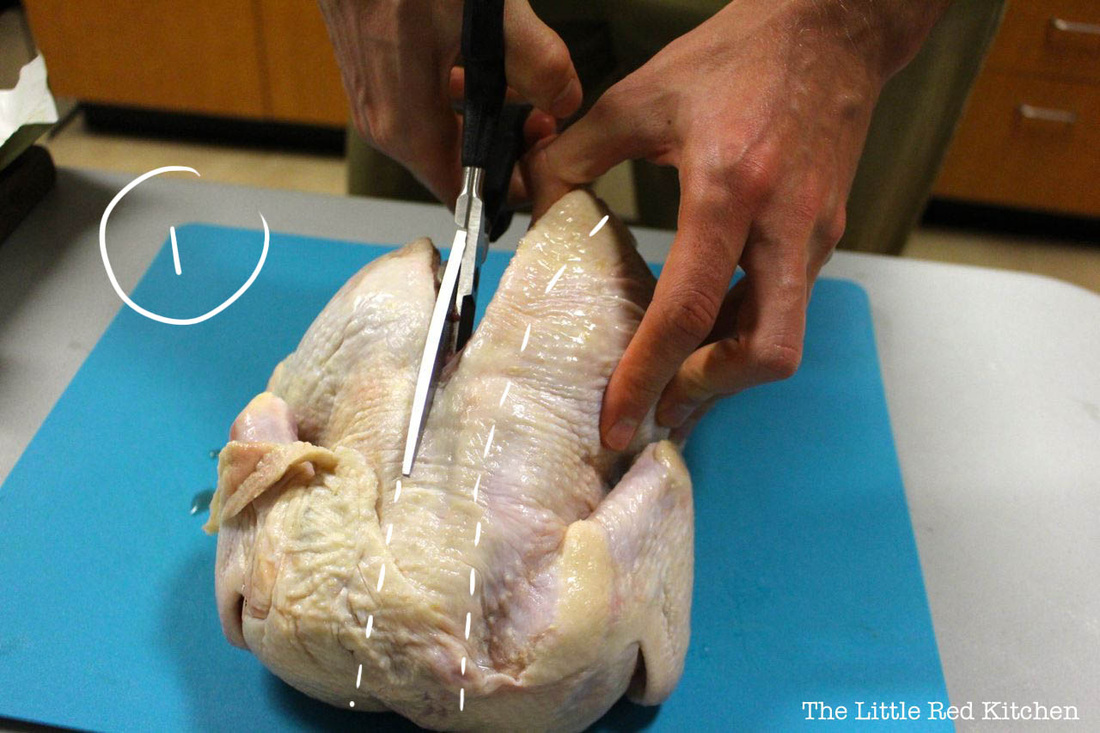

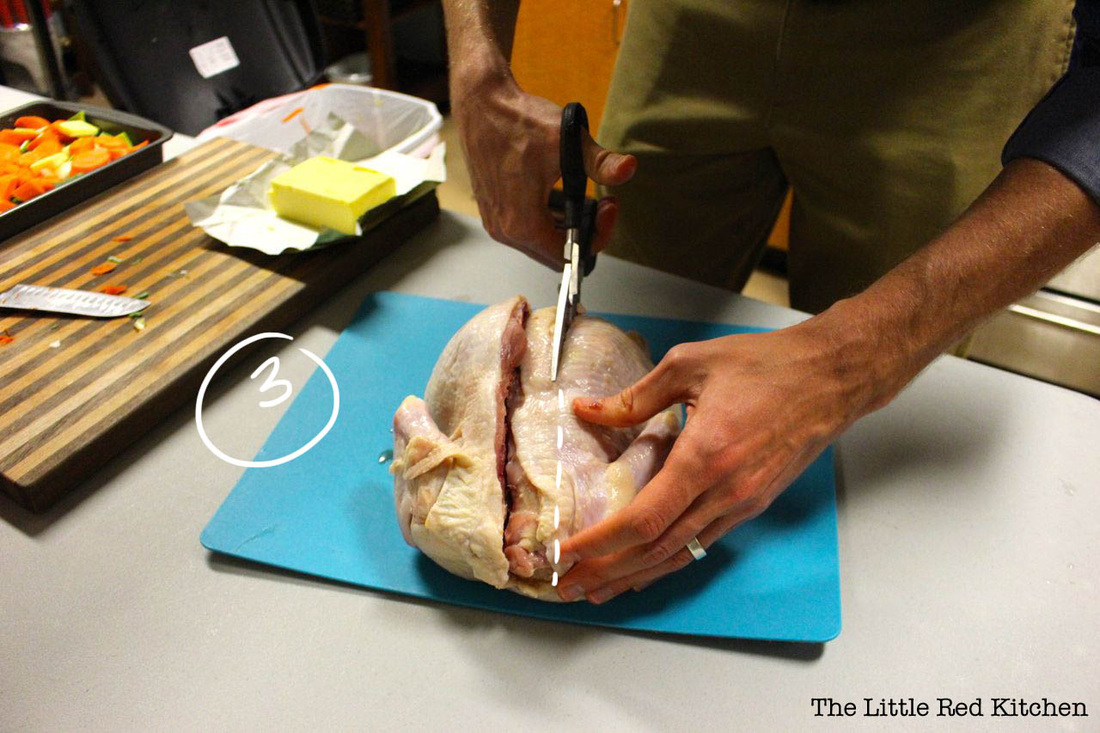
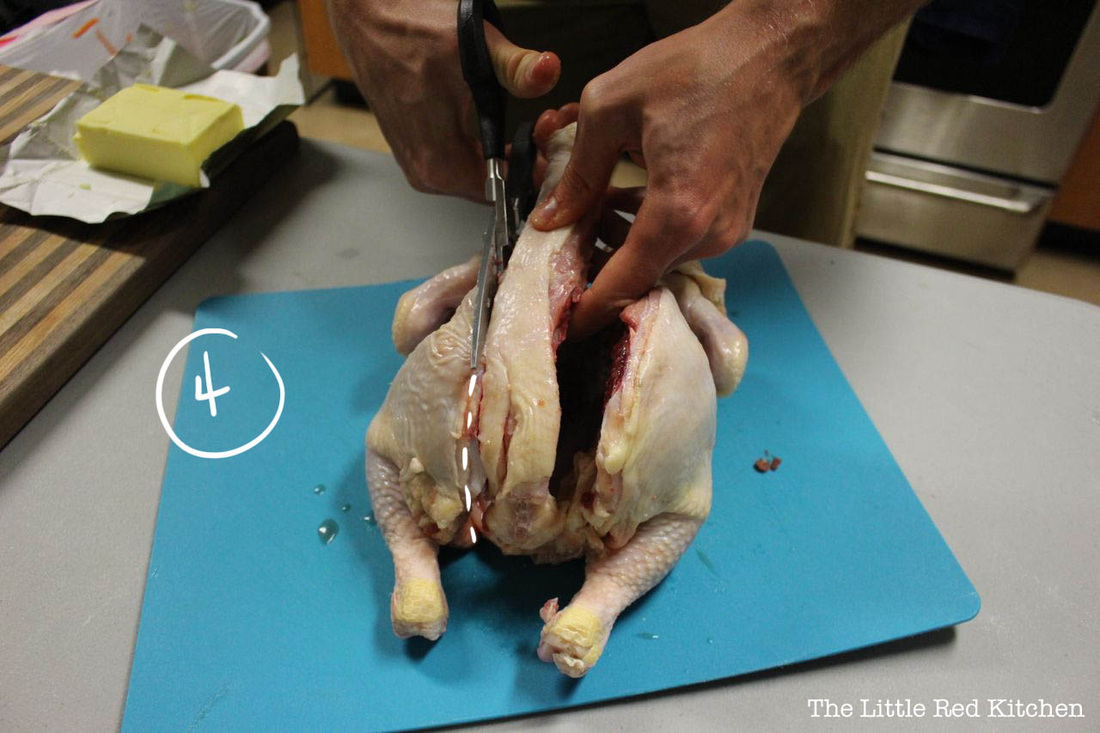
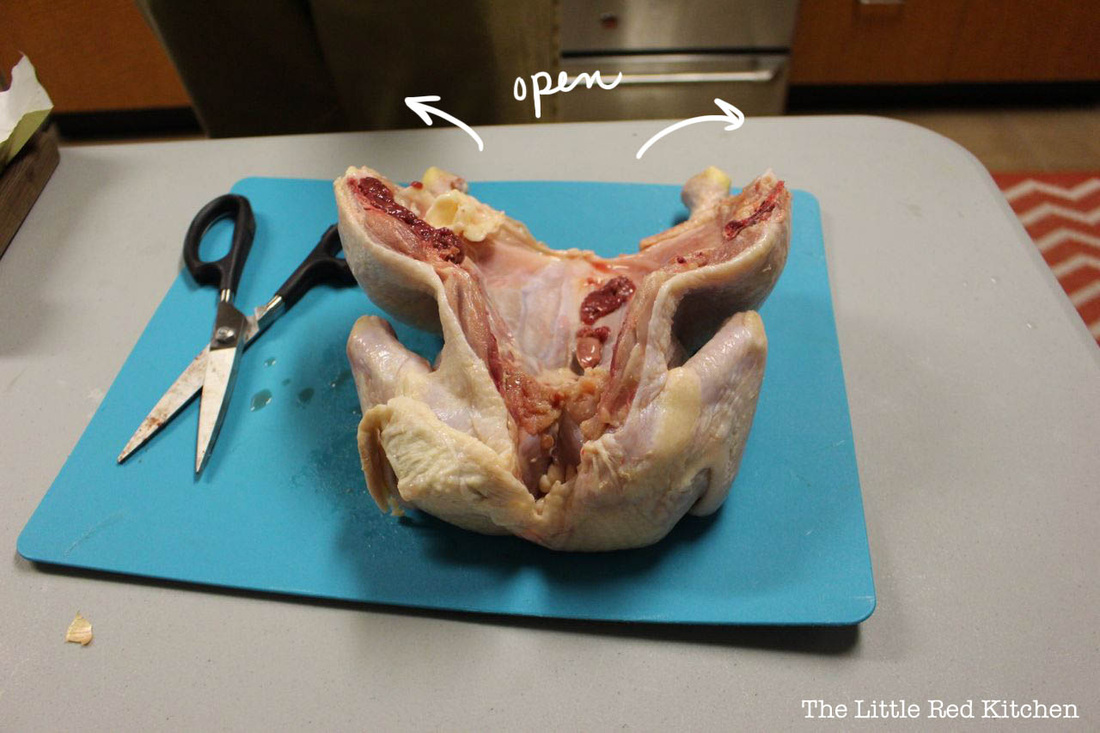
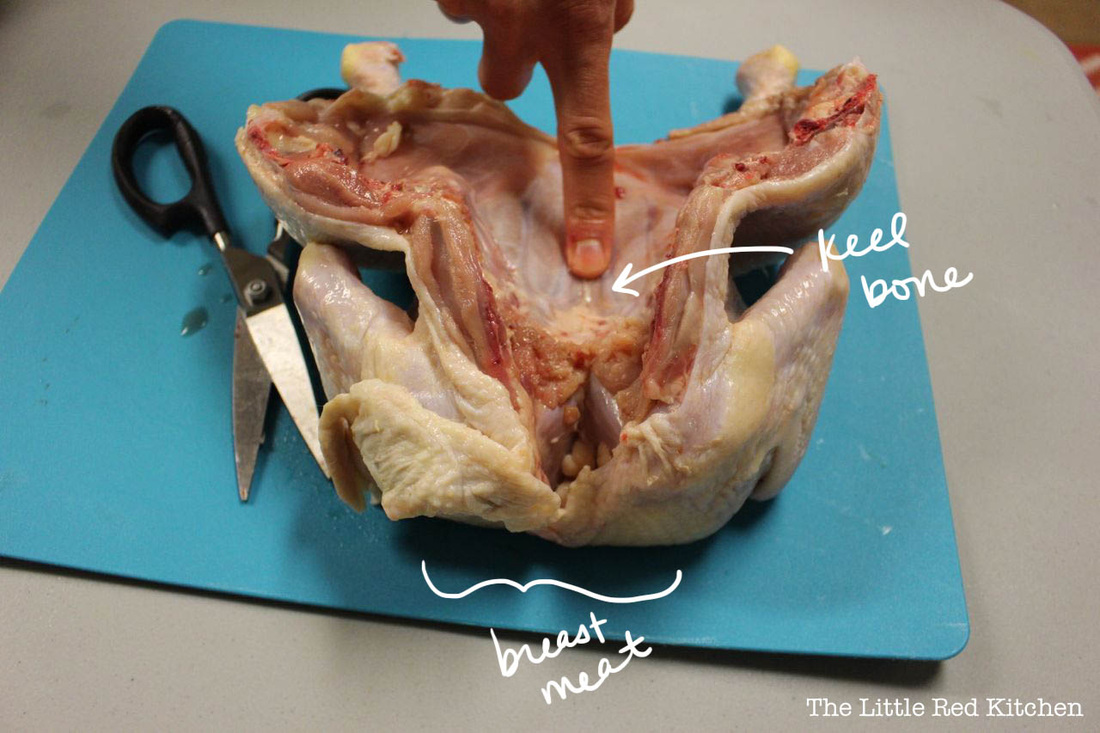
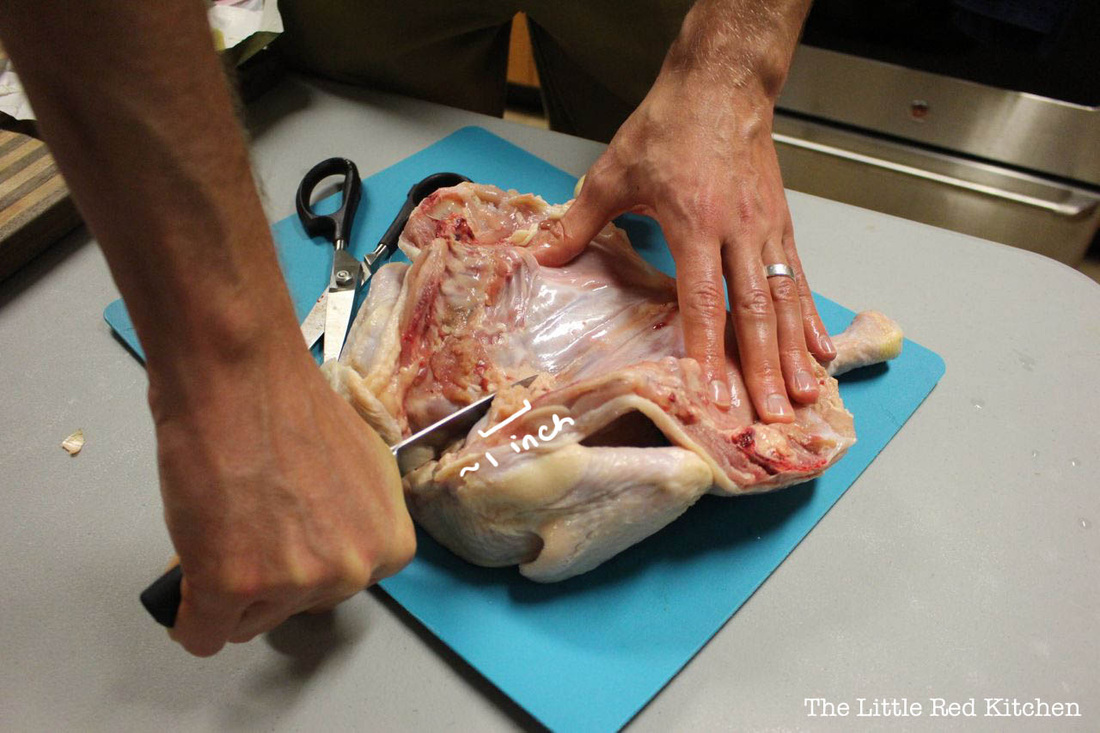
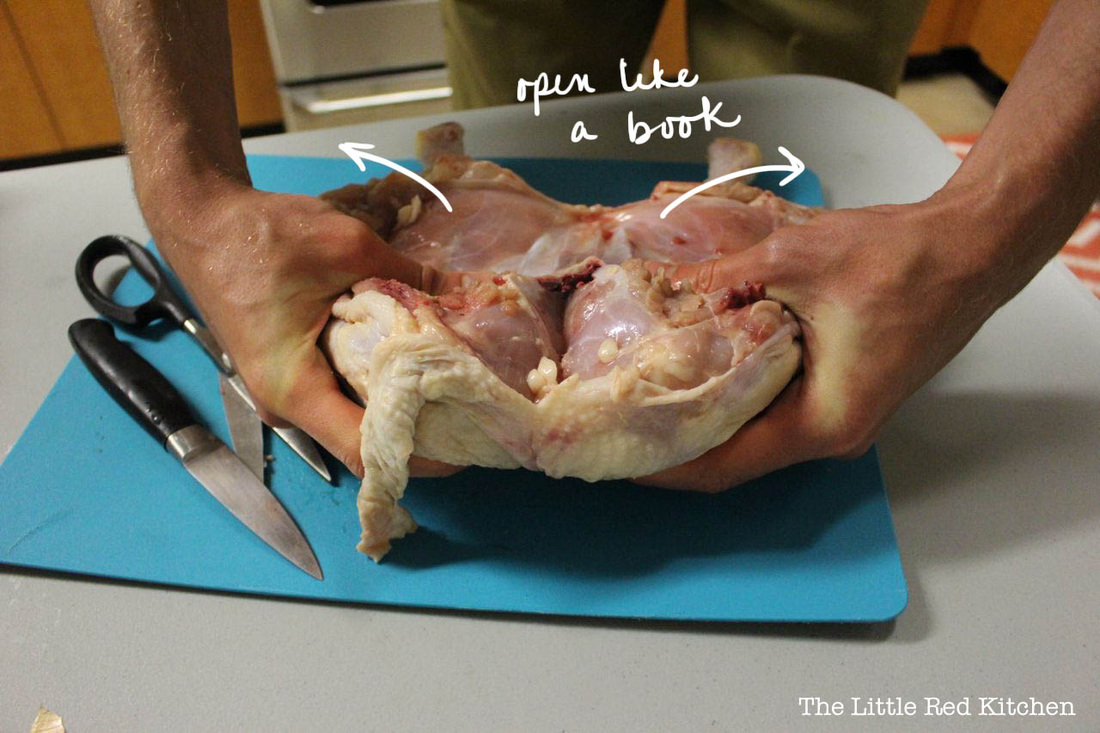
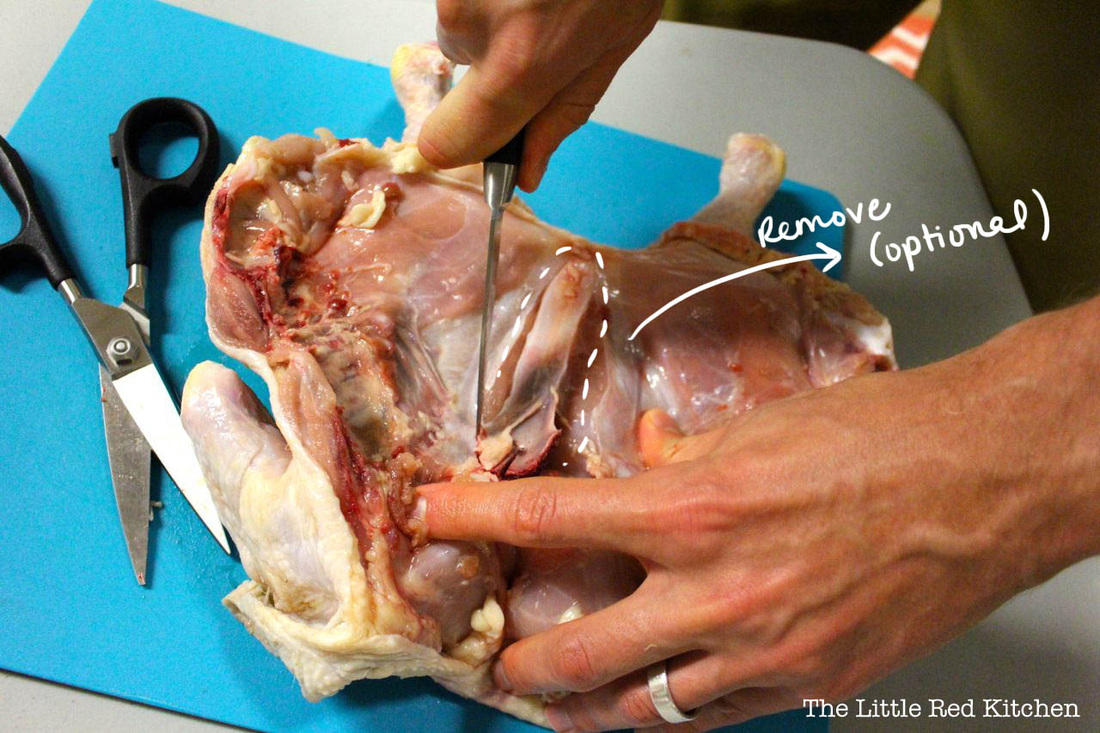
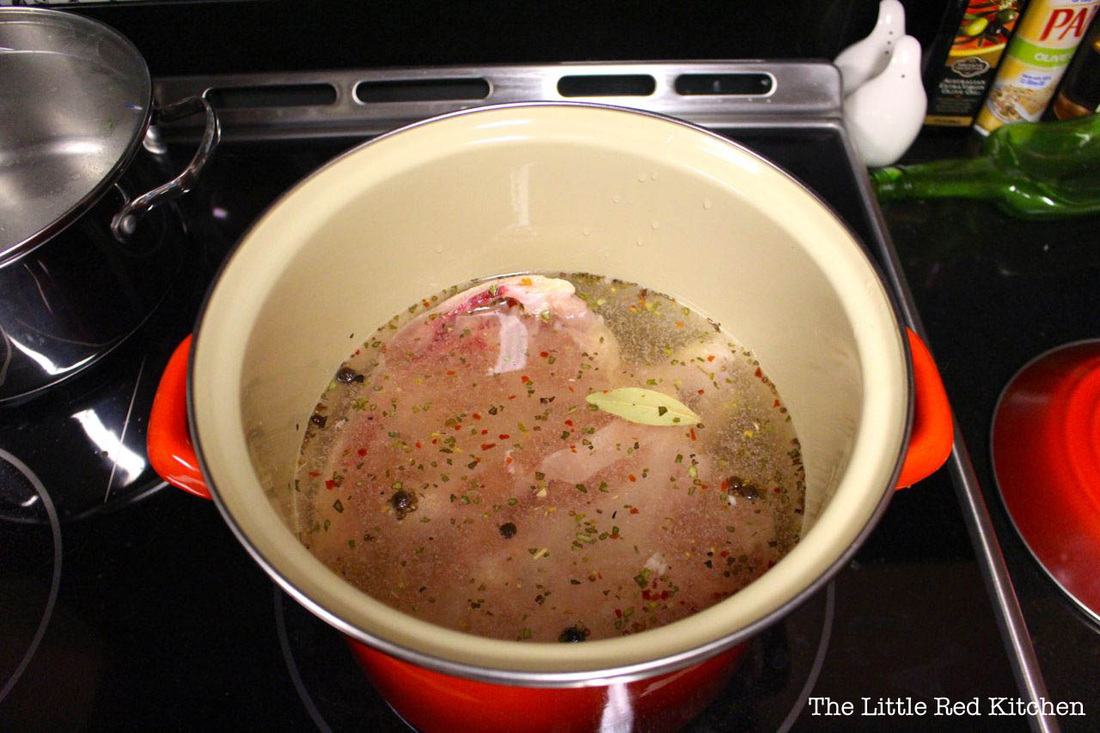

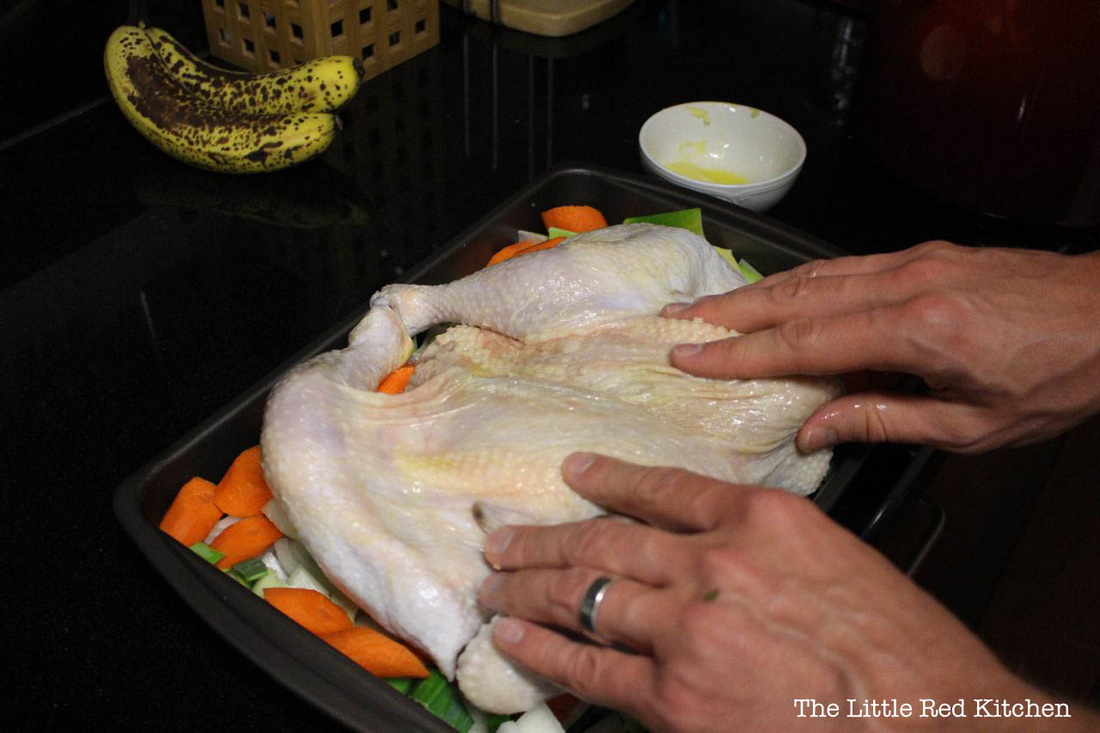
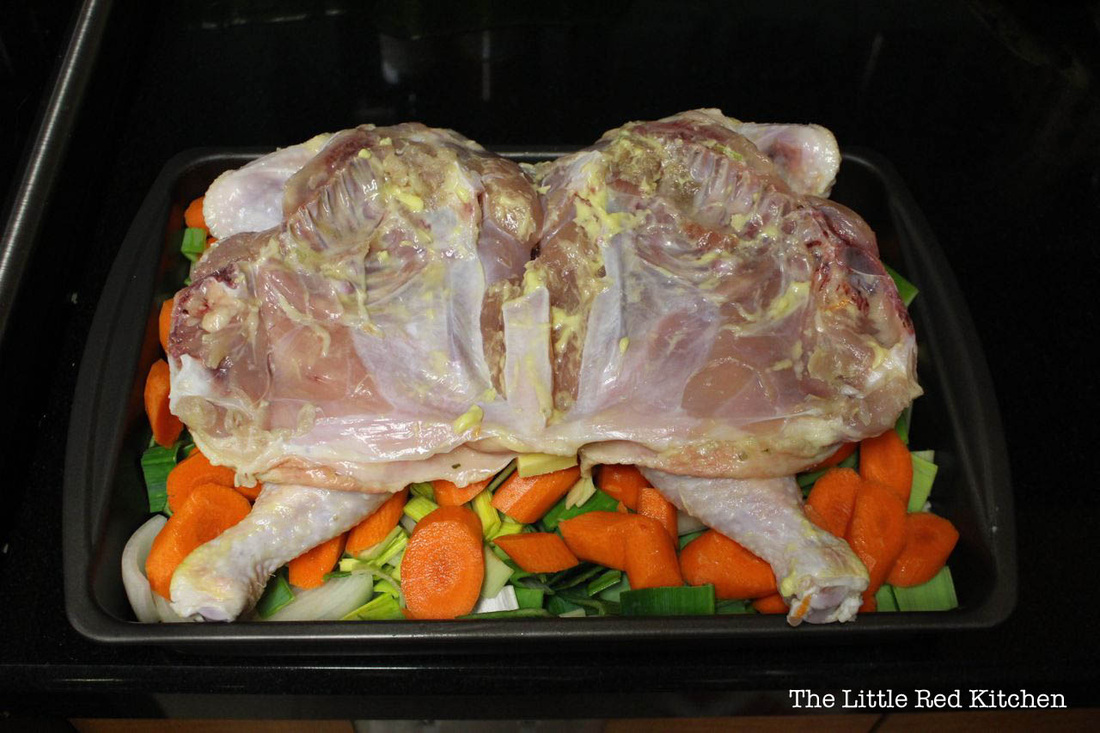
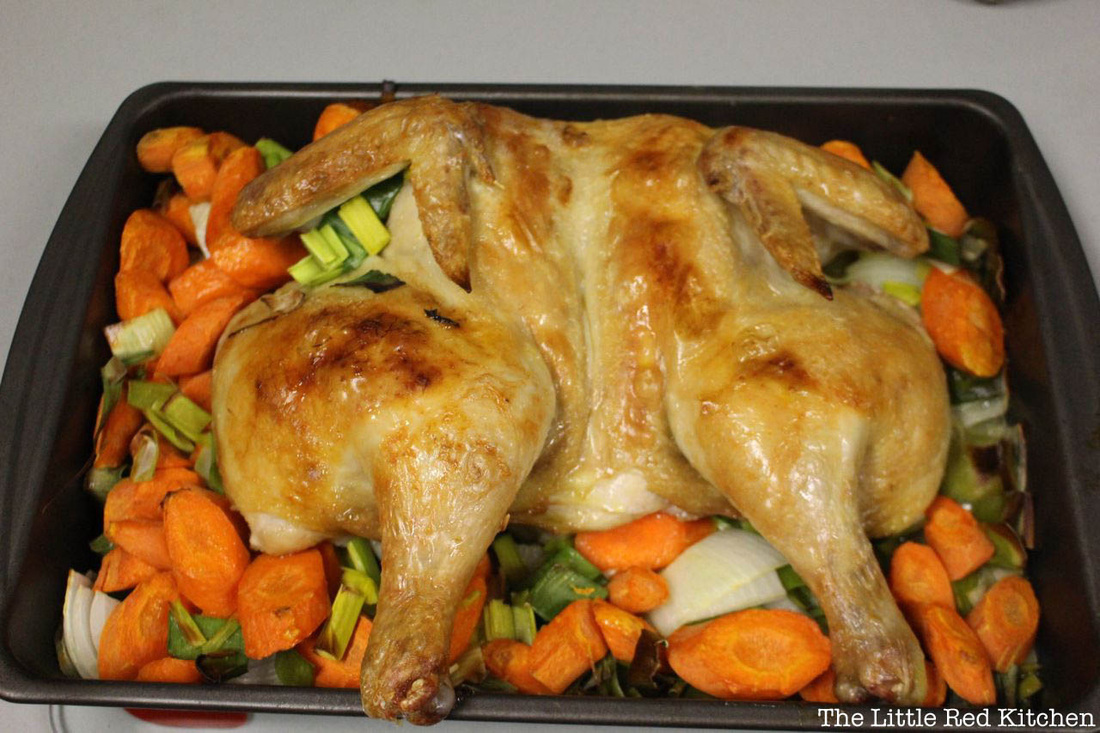
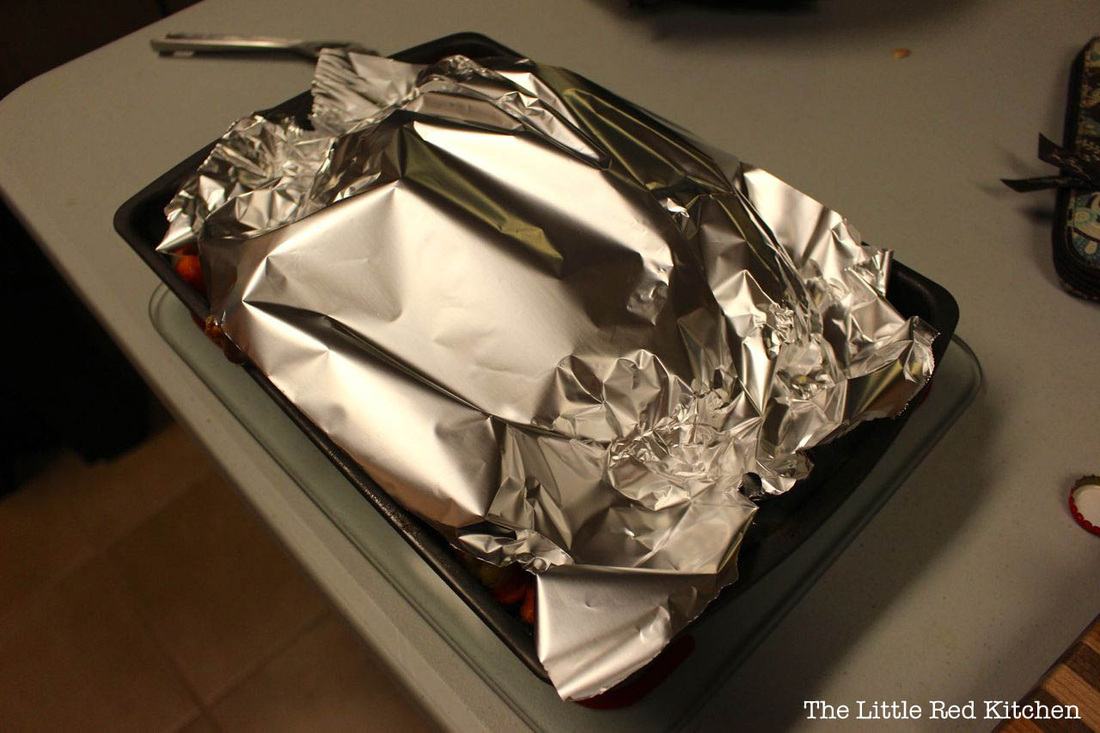
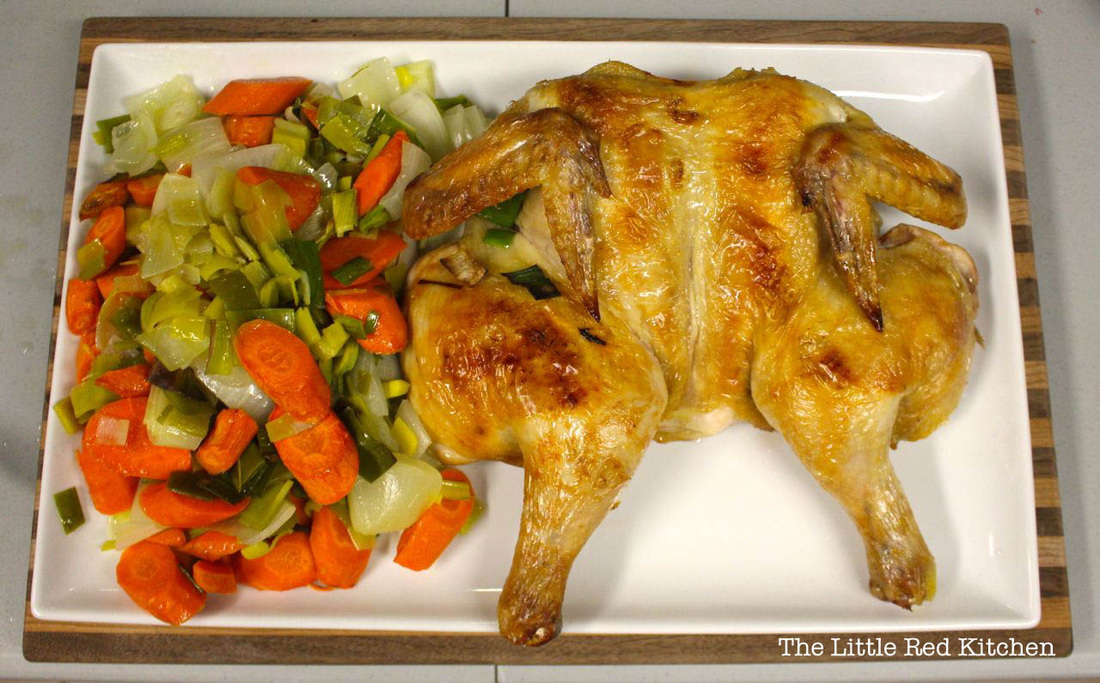
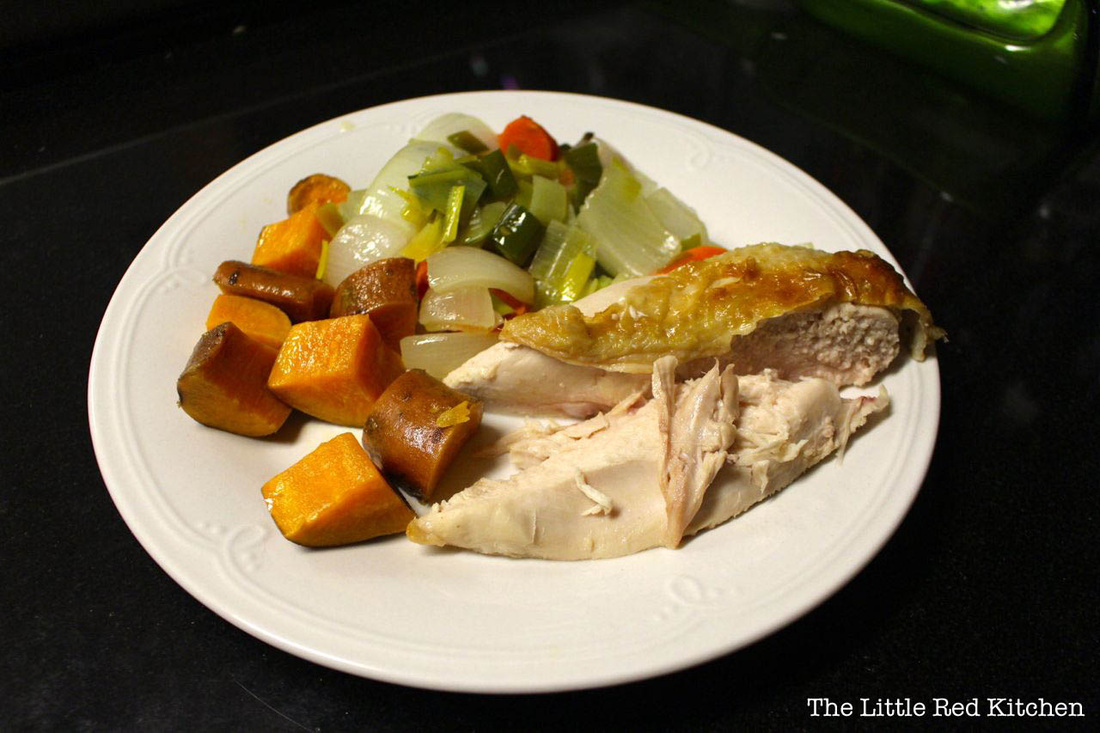

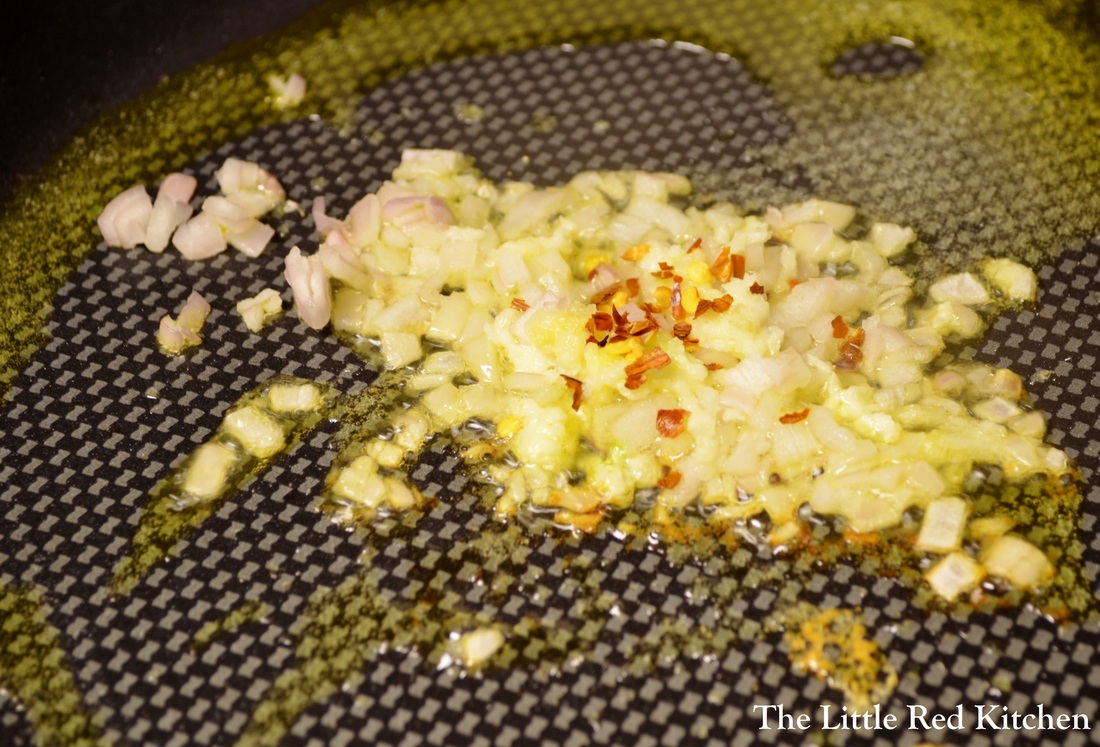
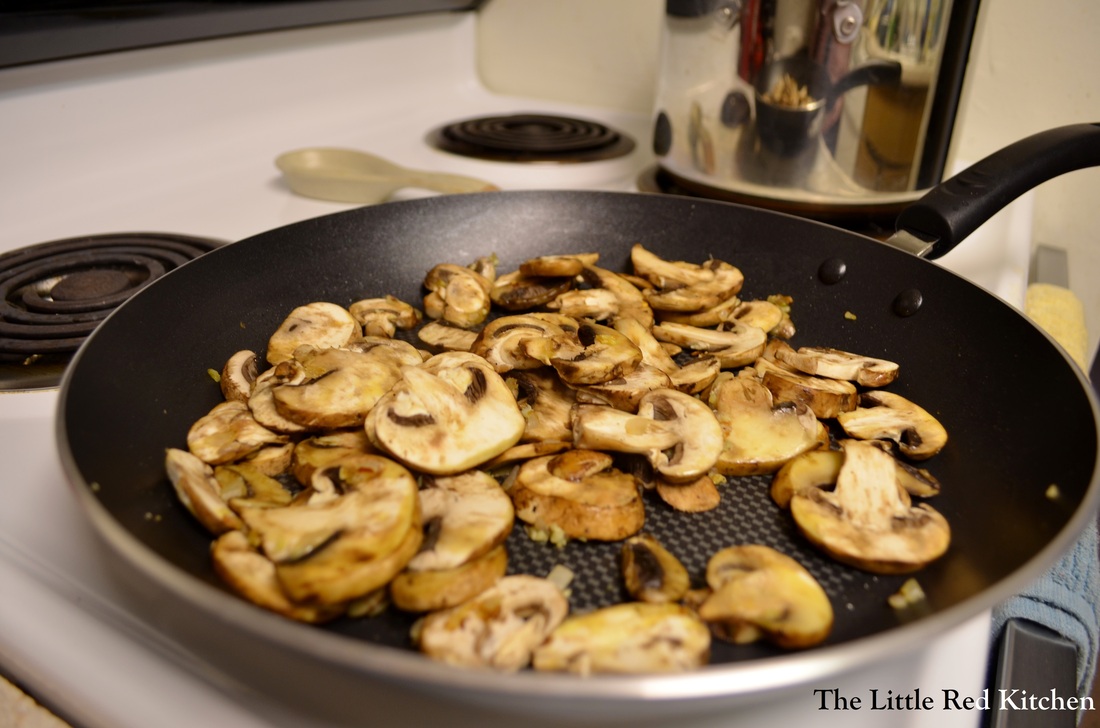
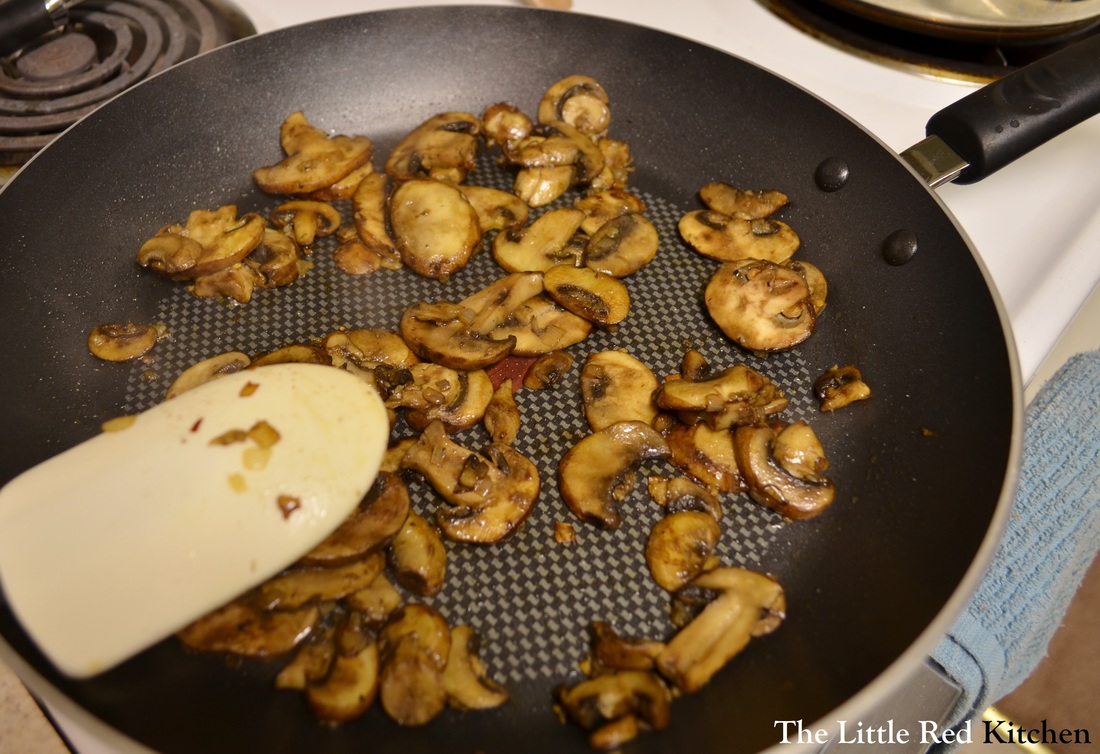


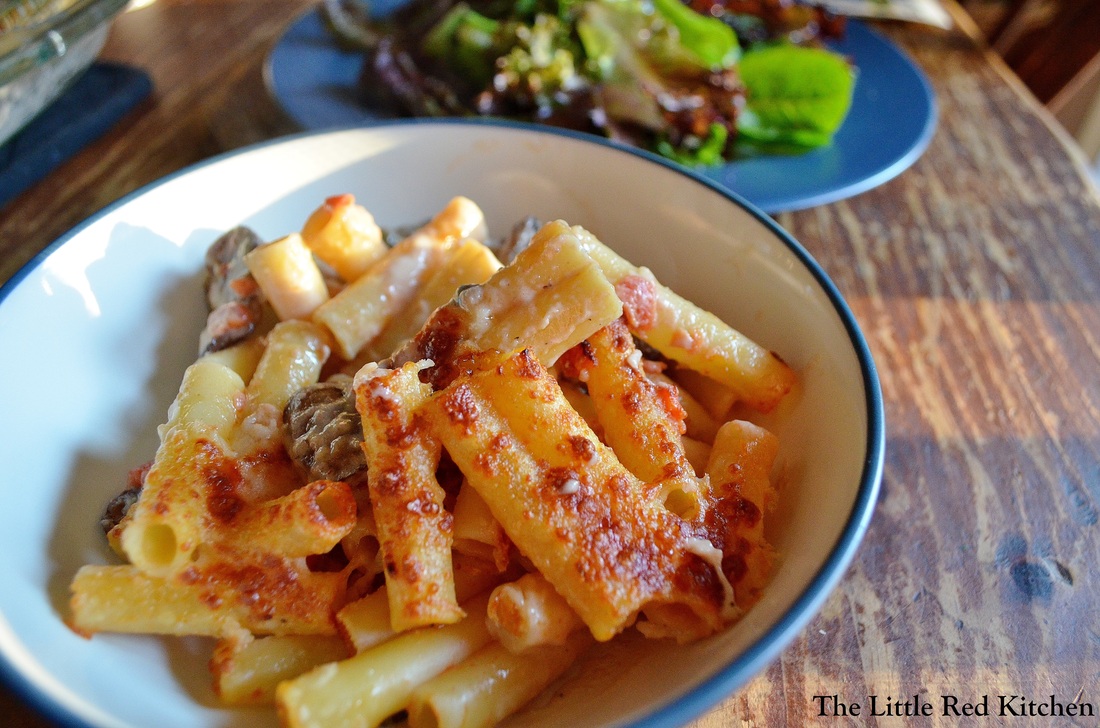

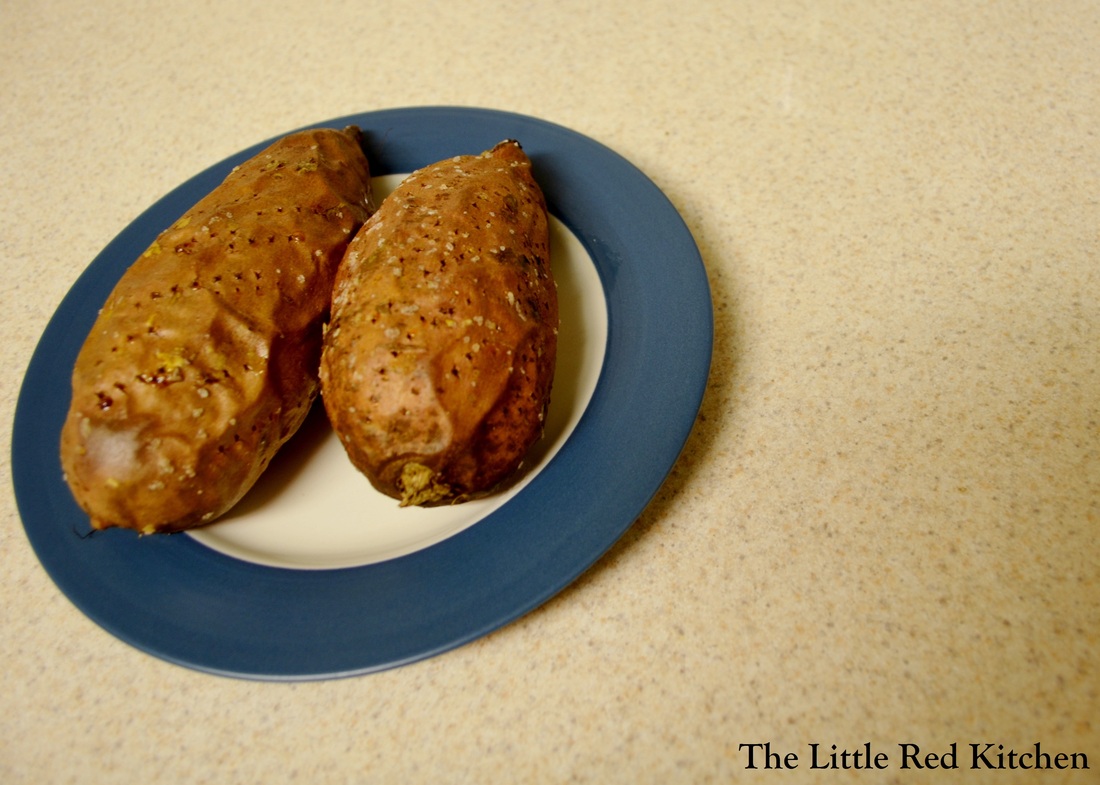
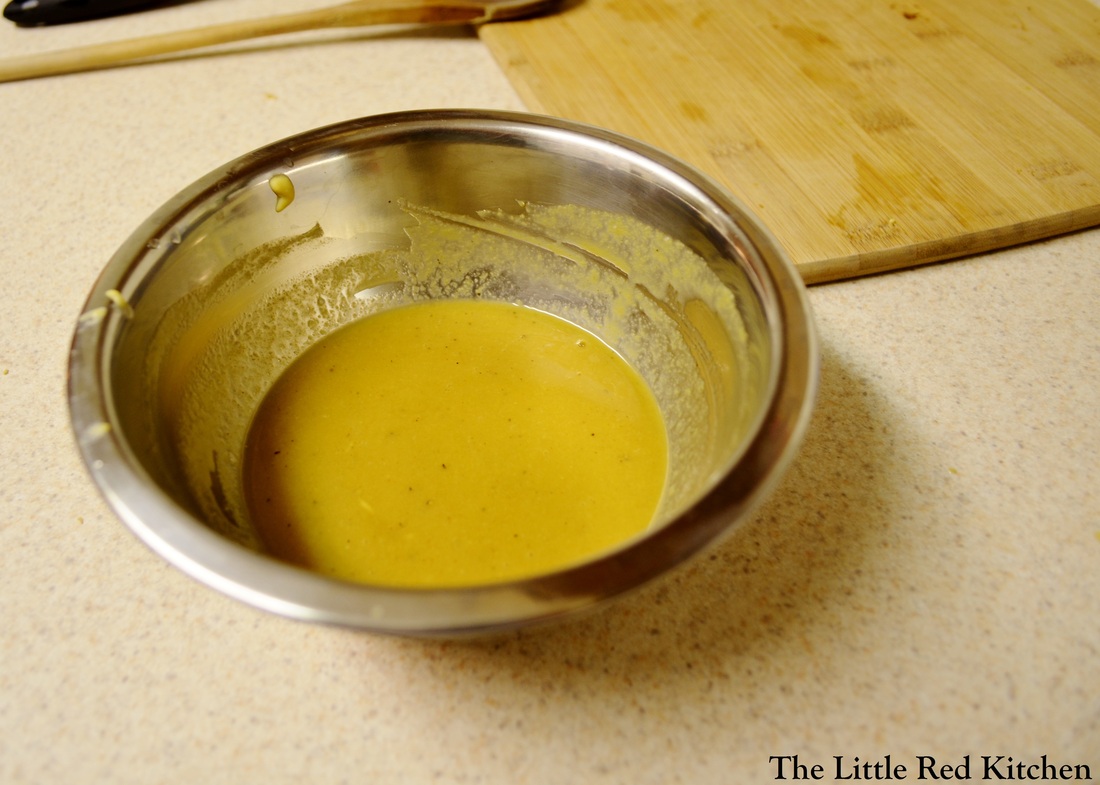
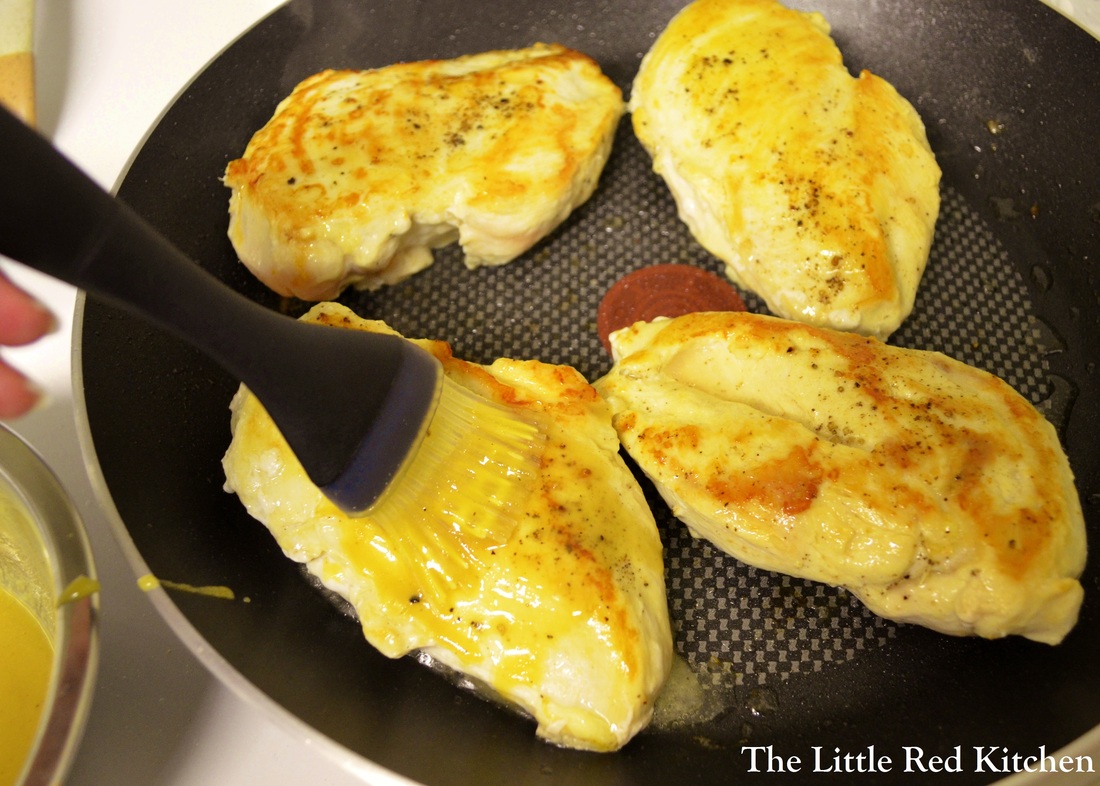
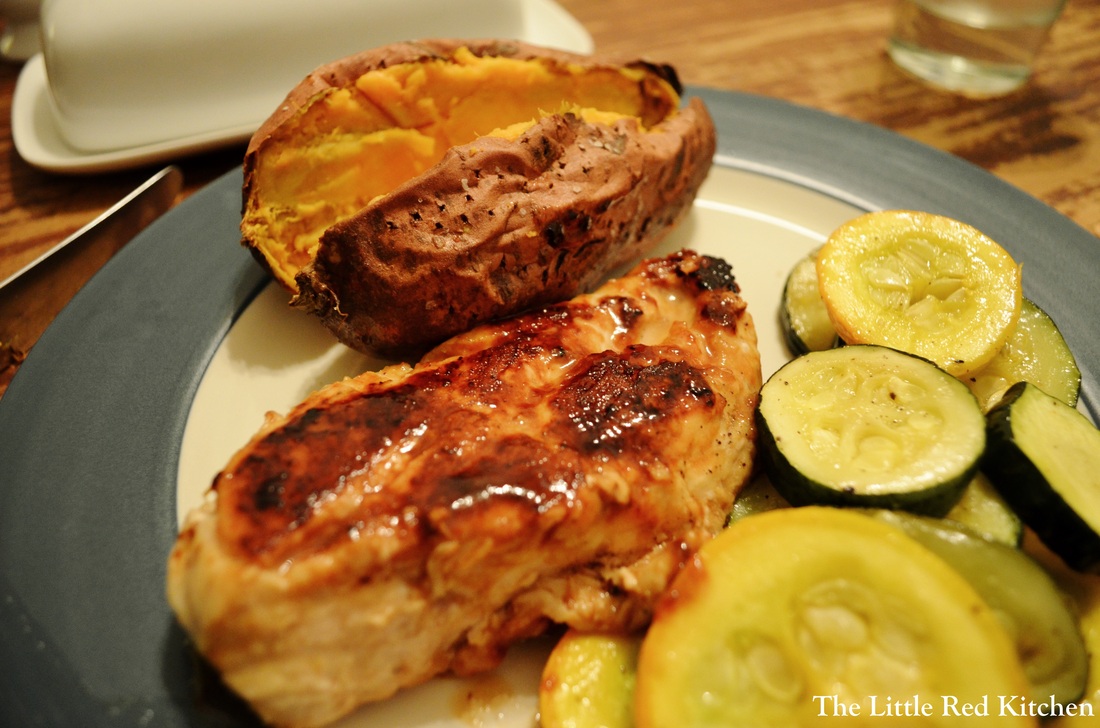

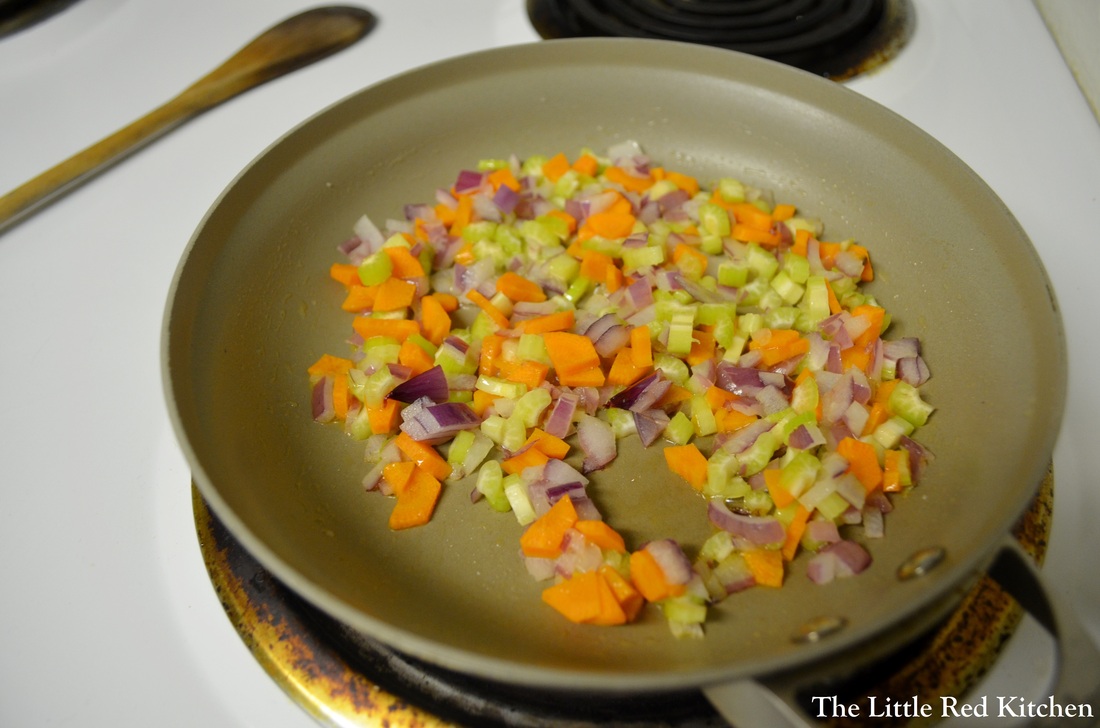
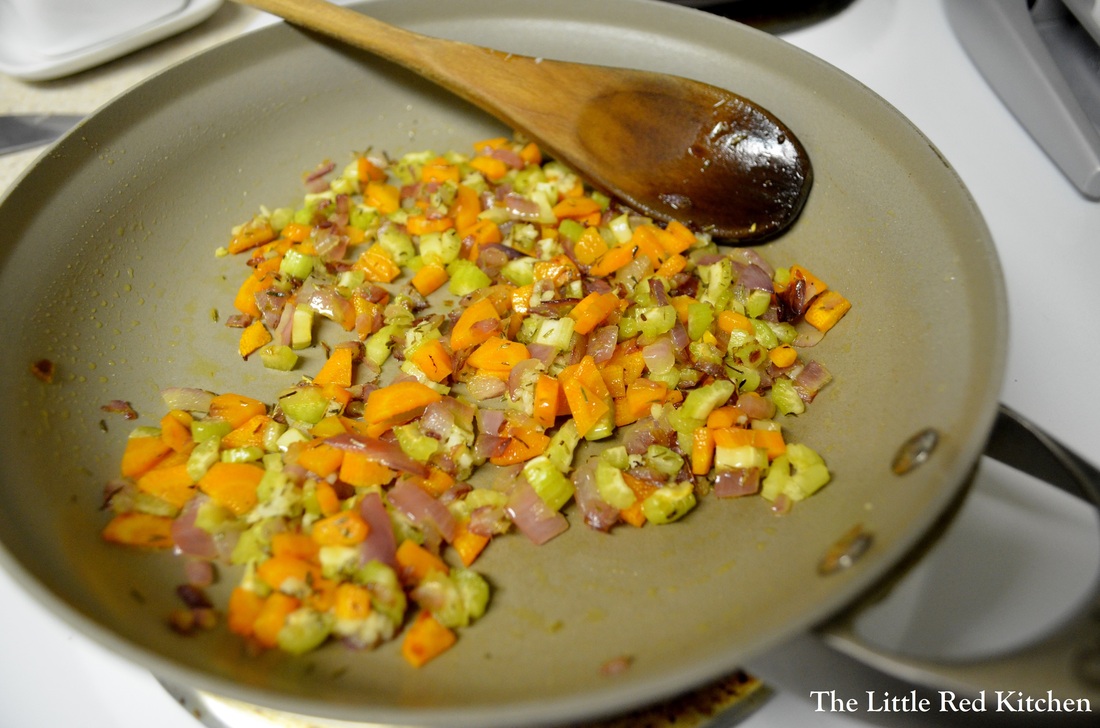
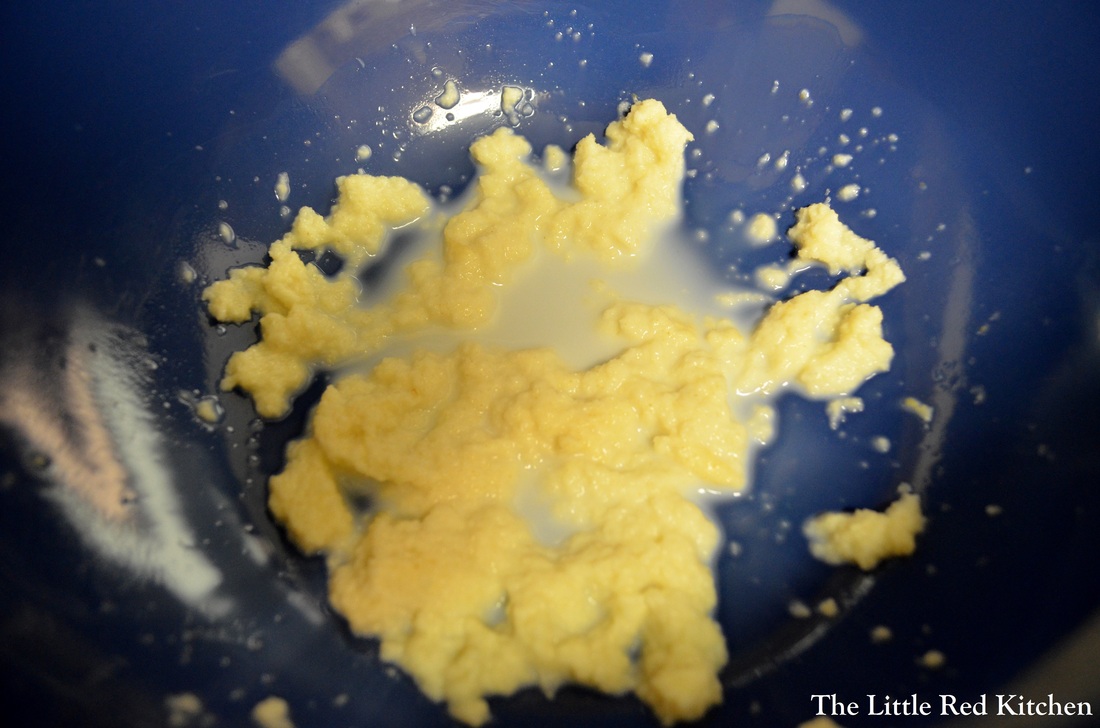
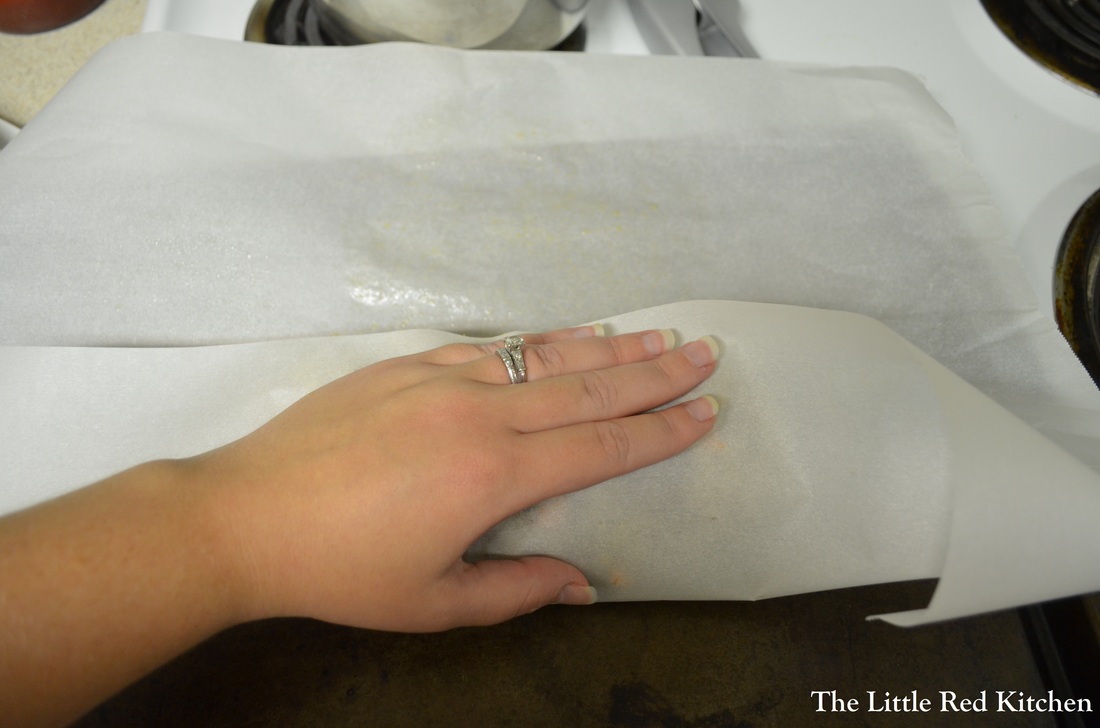
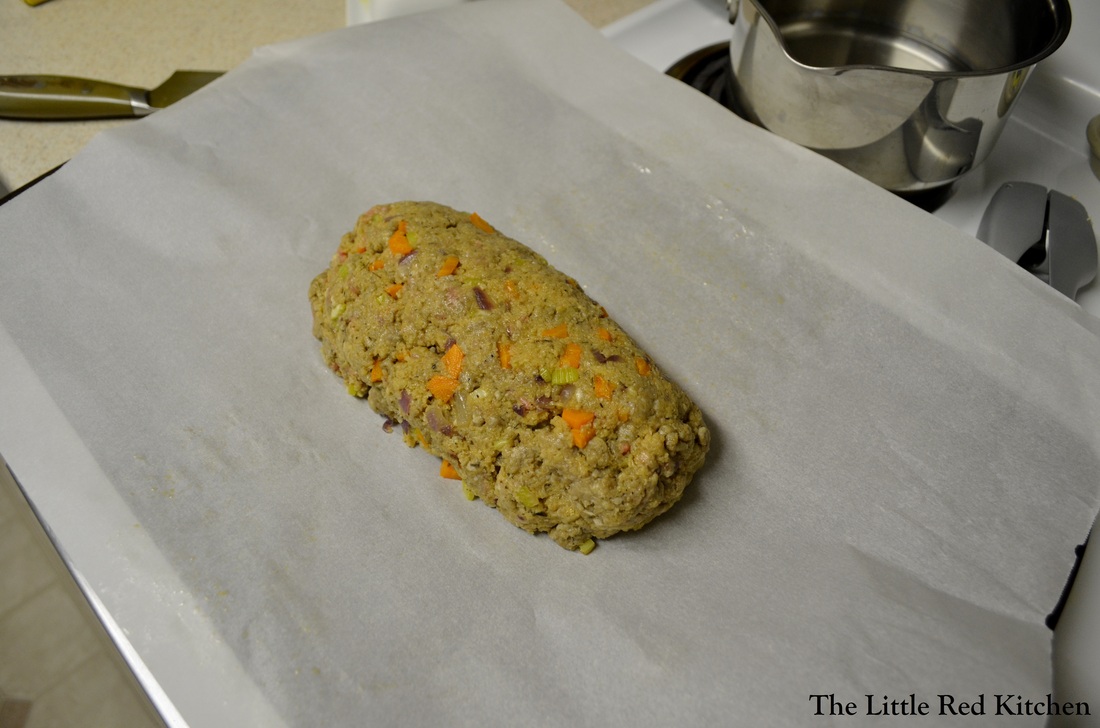
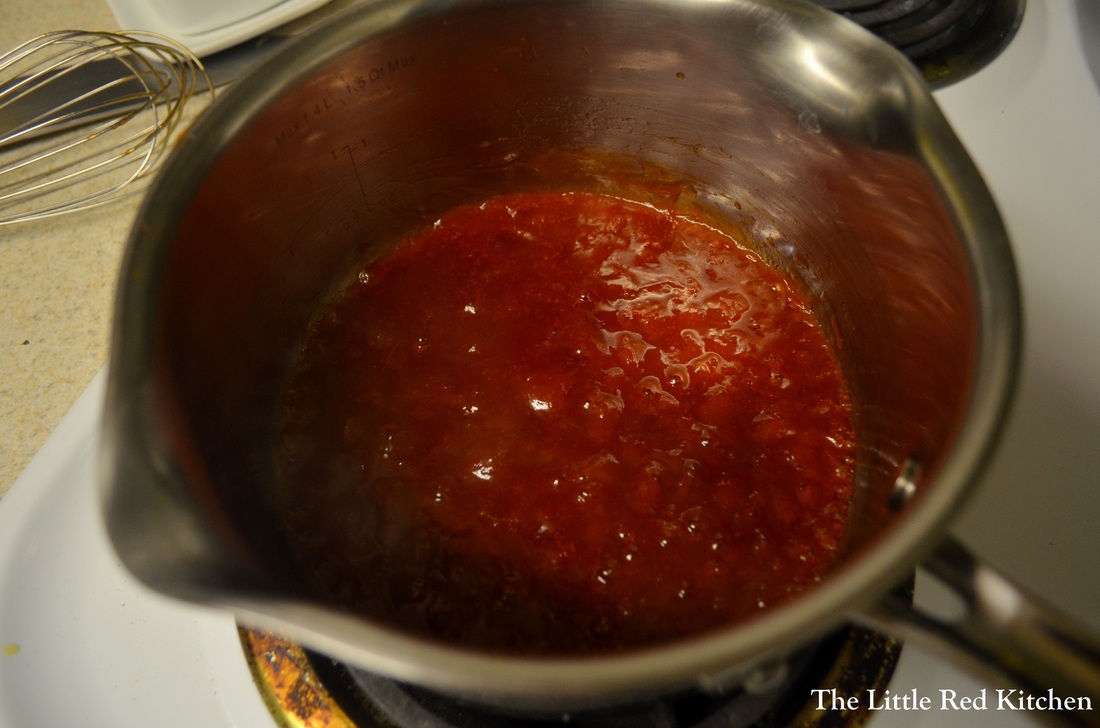
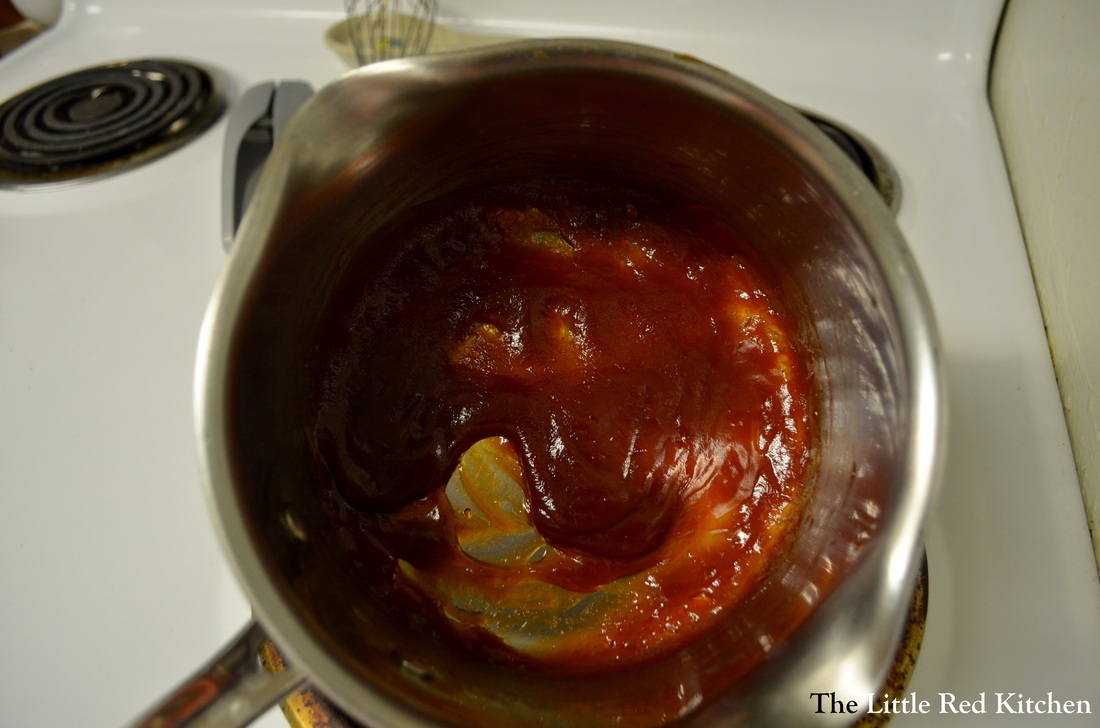
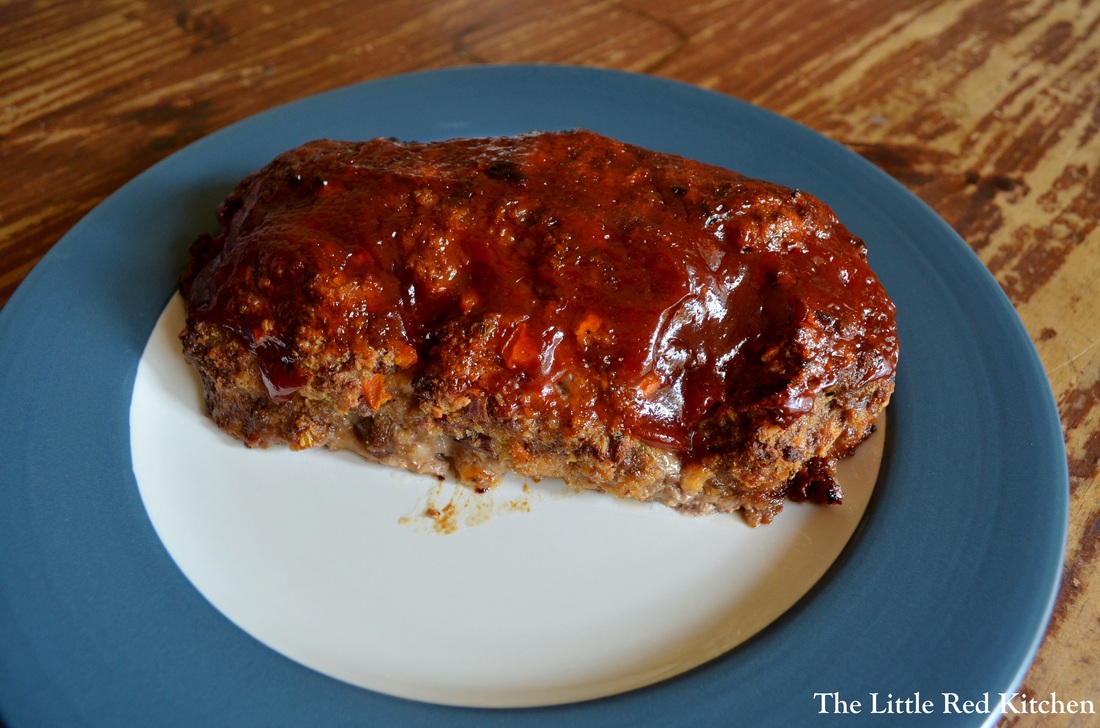

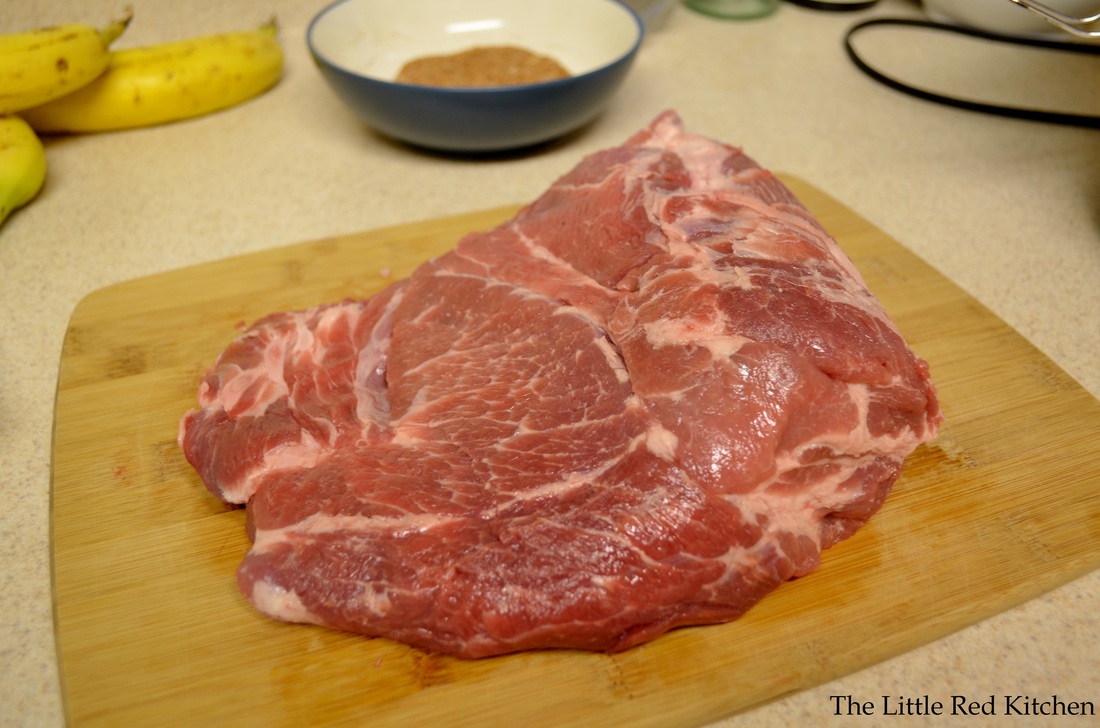
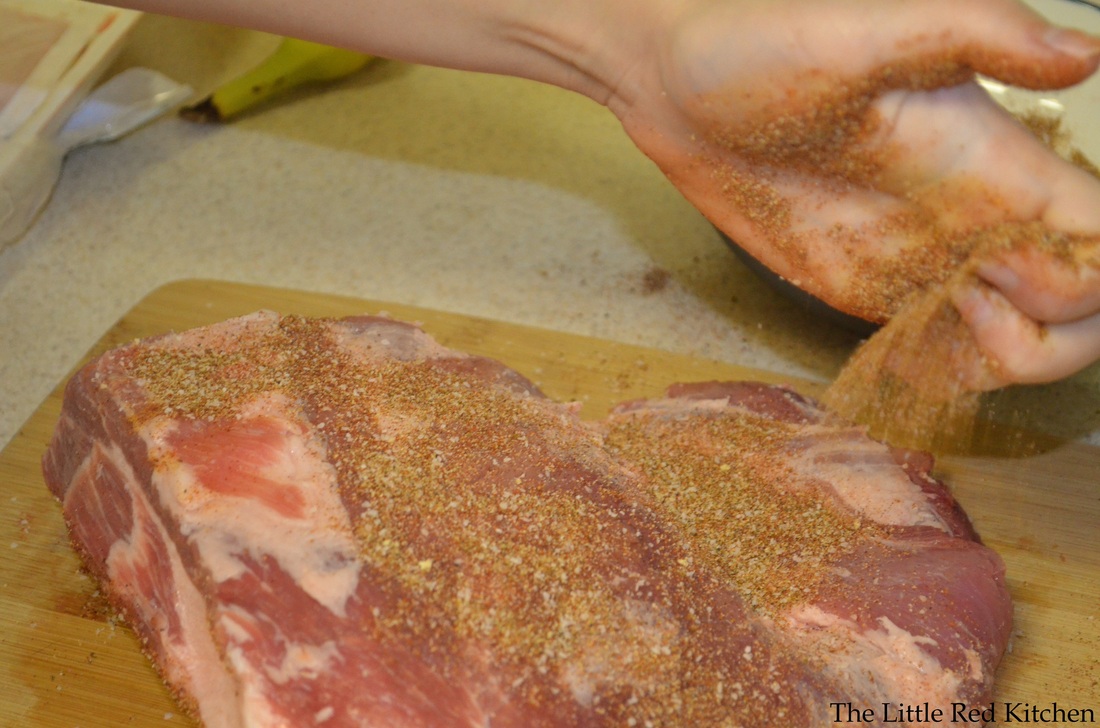
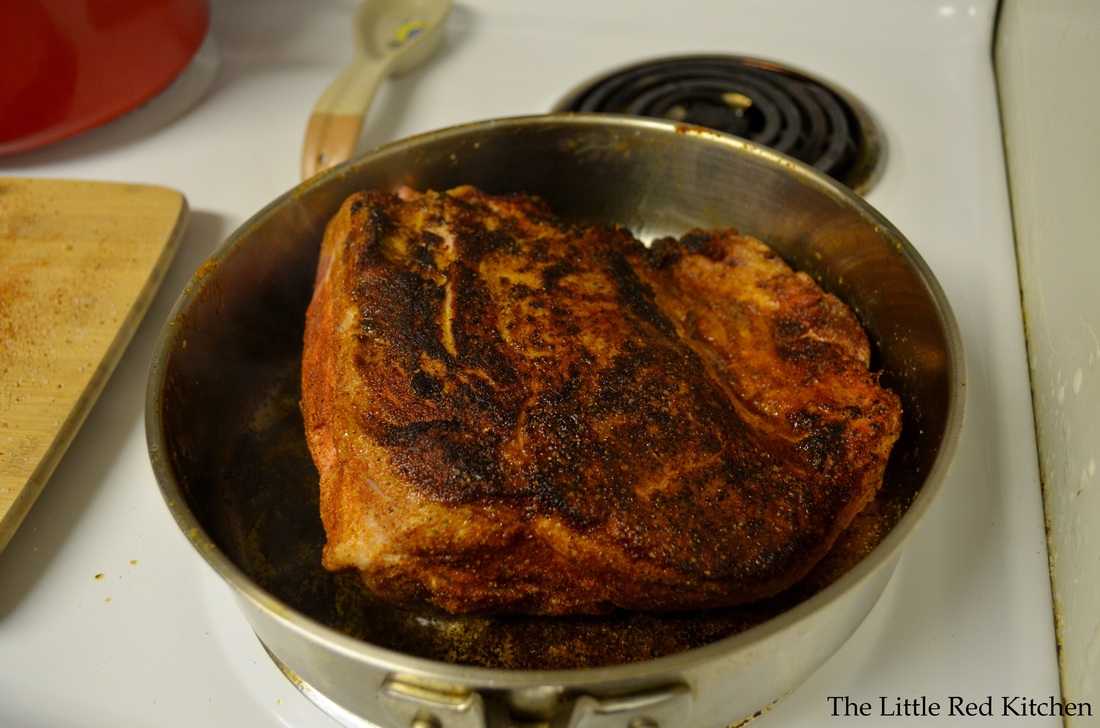
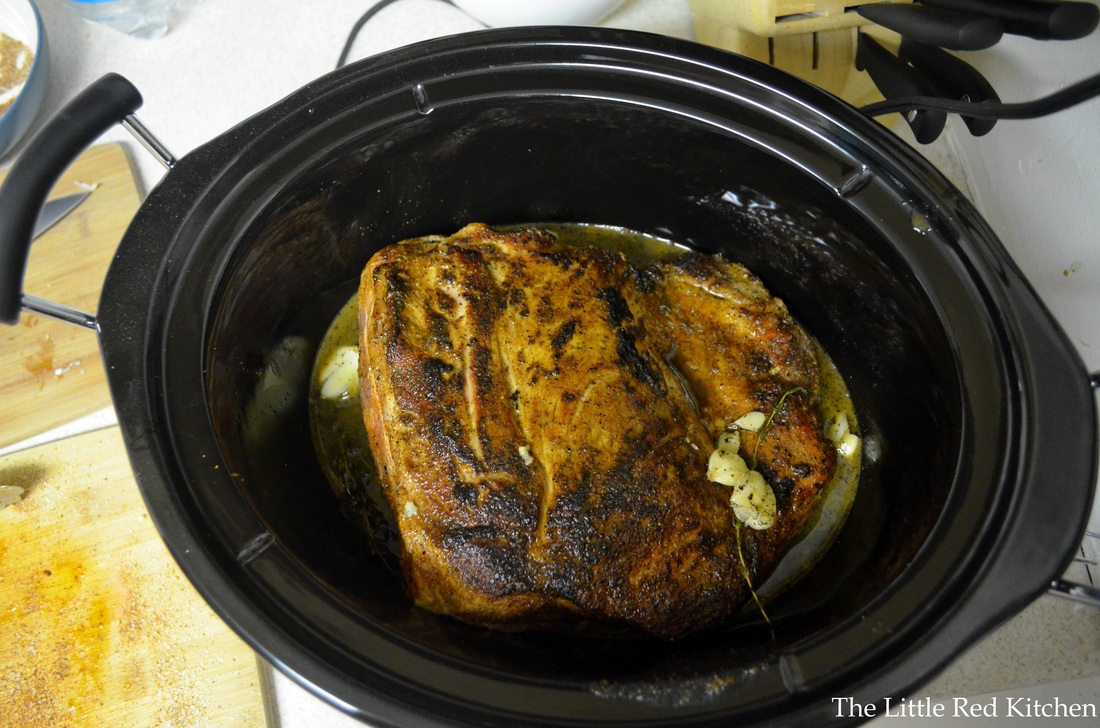
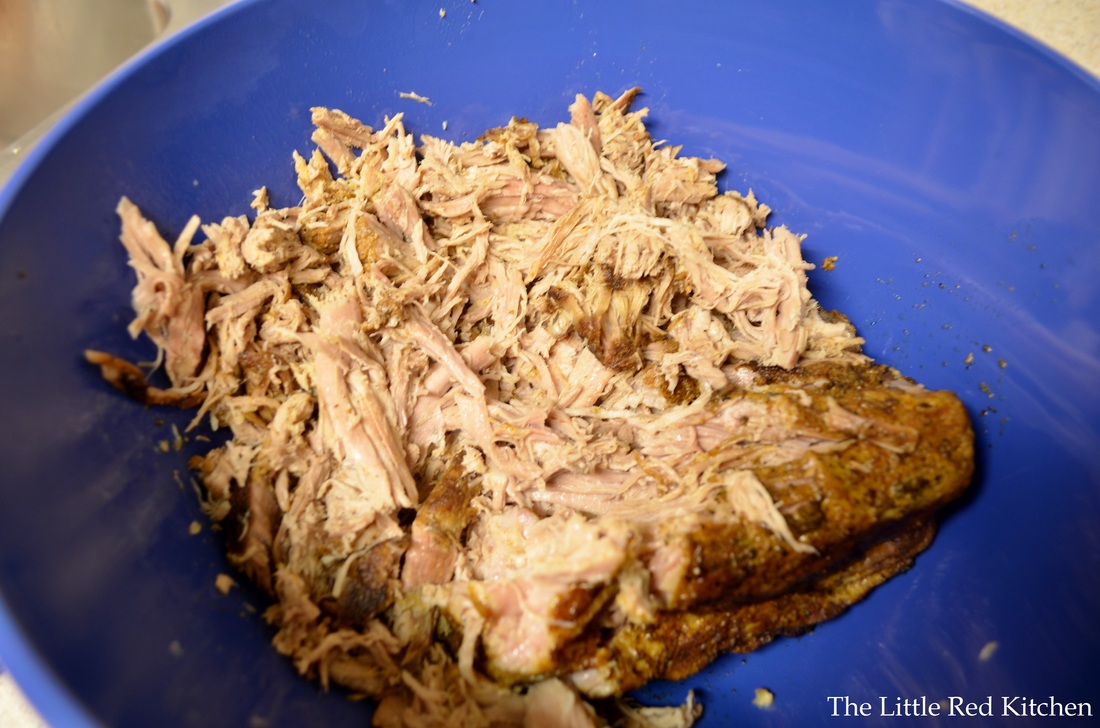
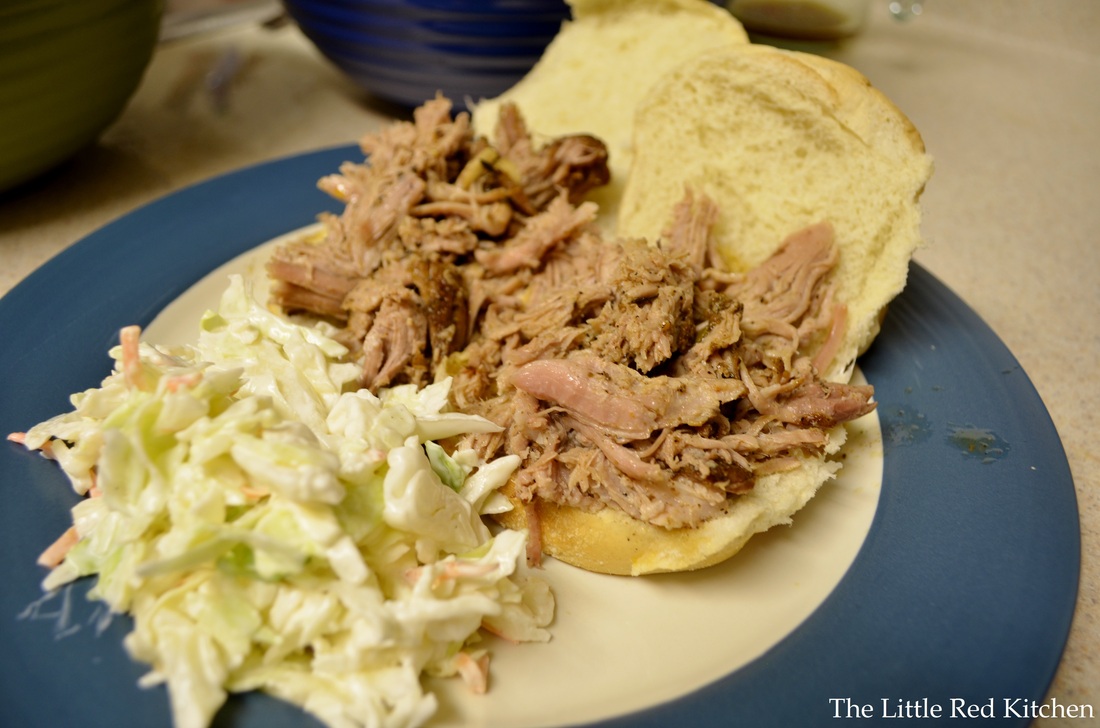

 RSS Feed
RSS Feed